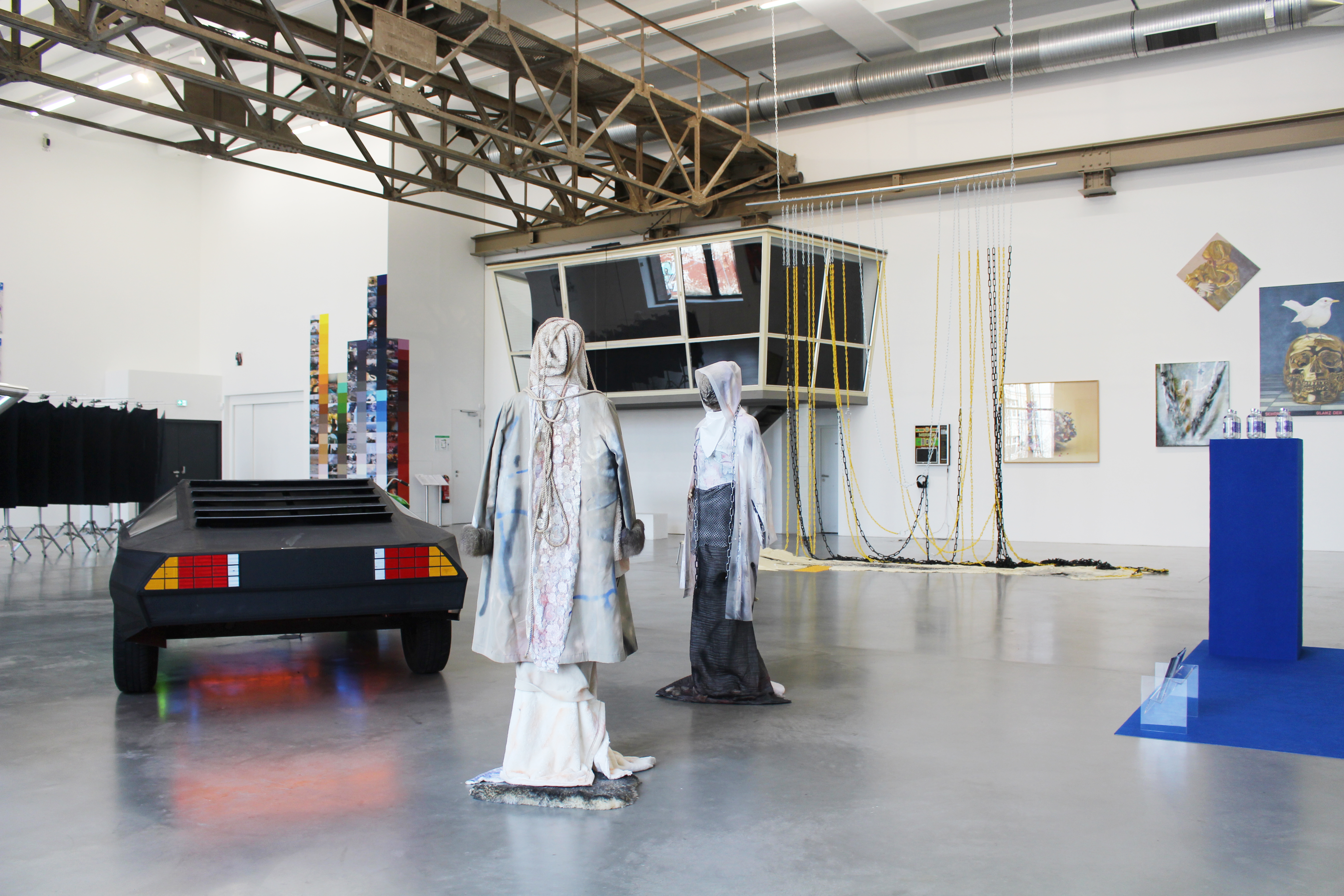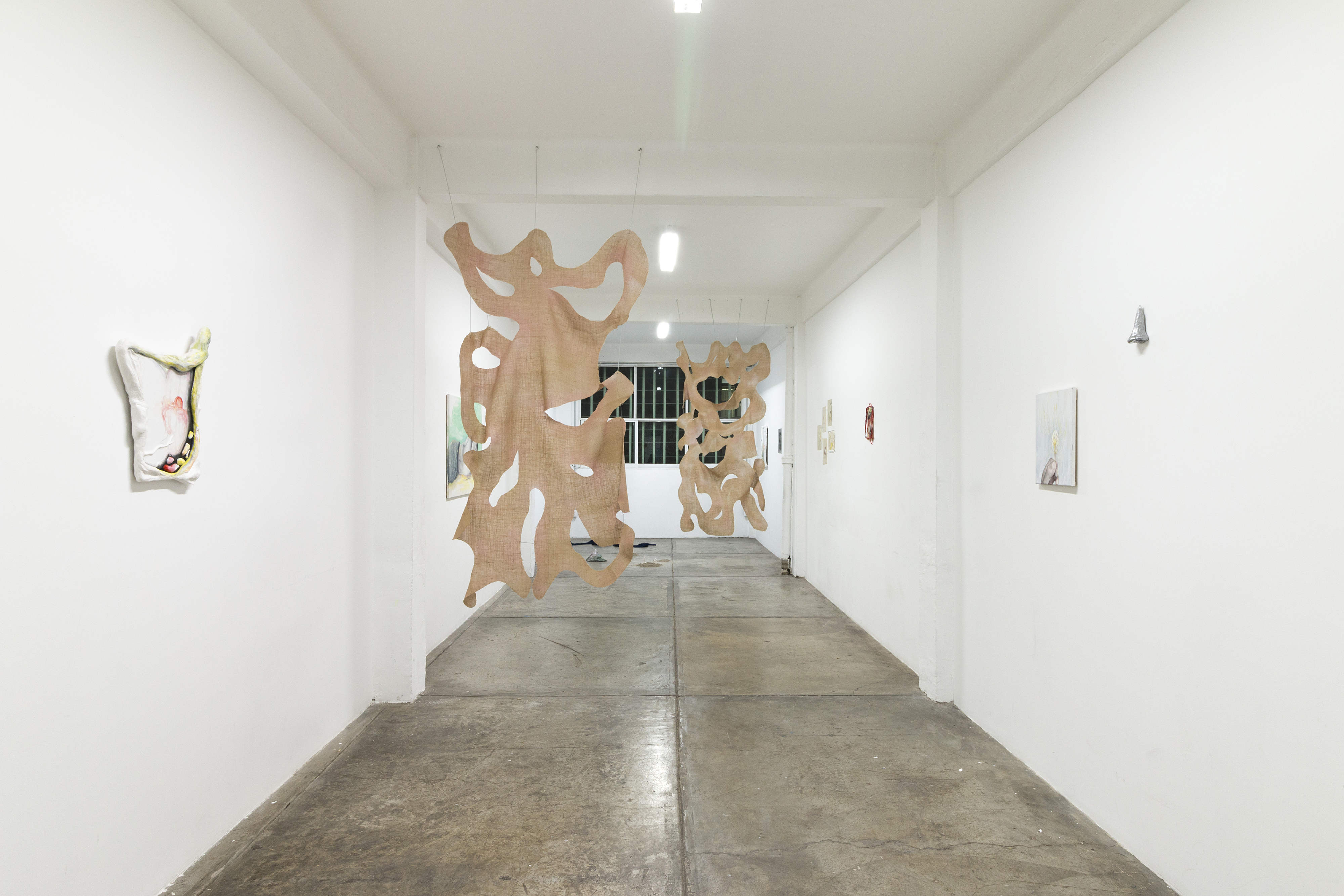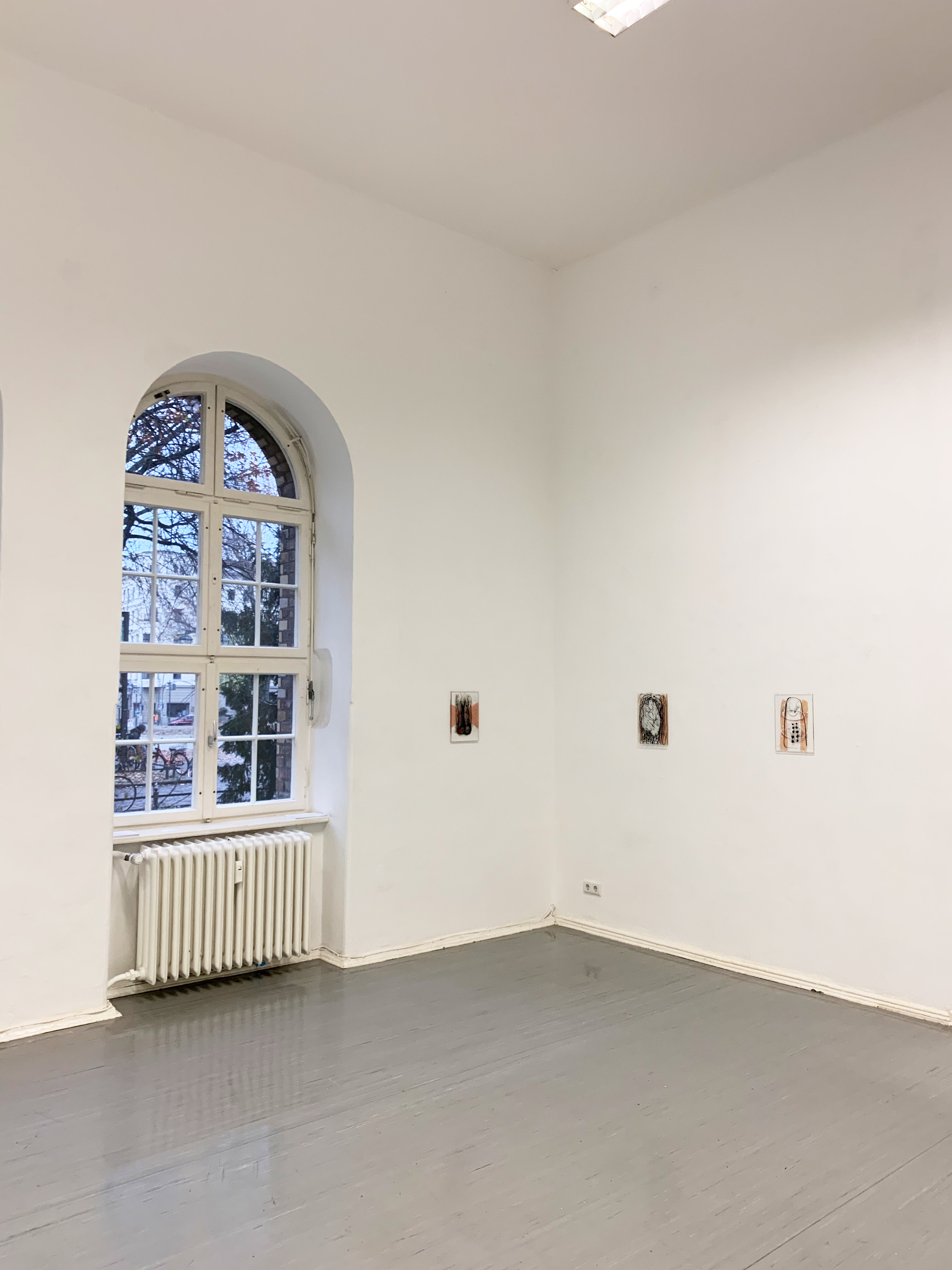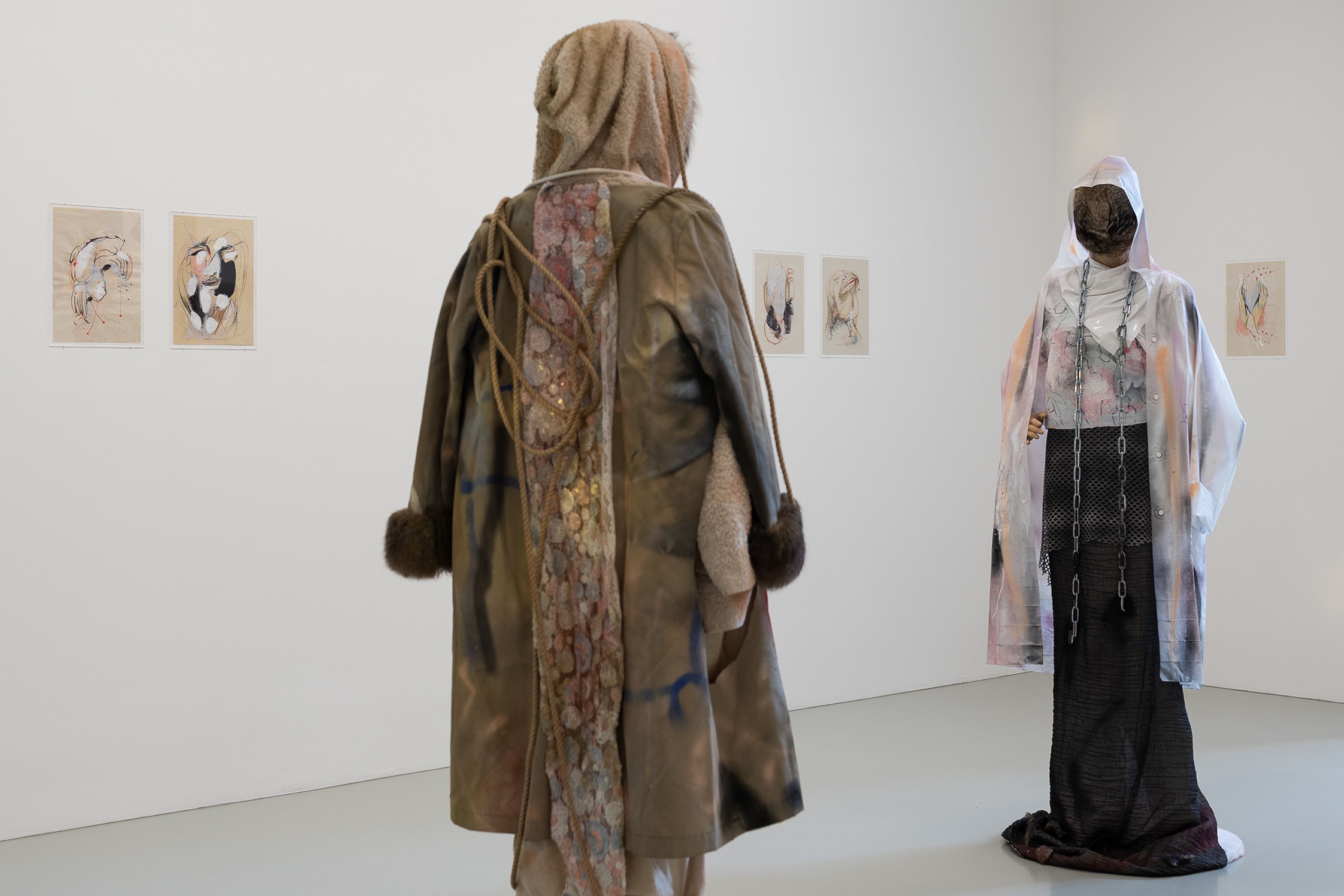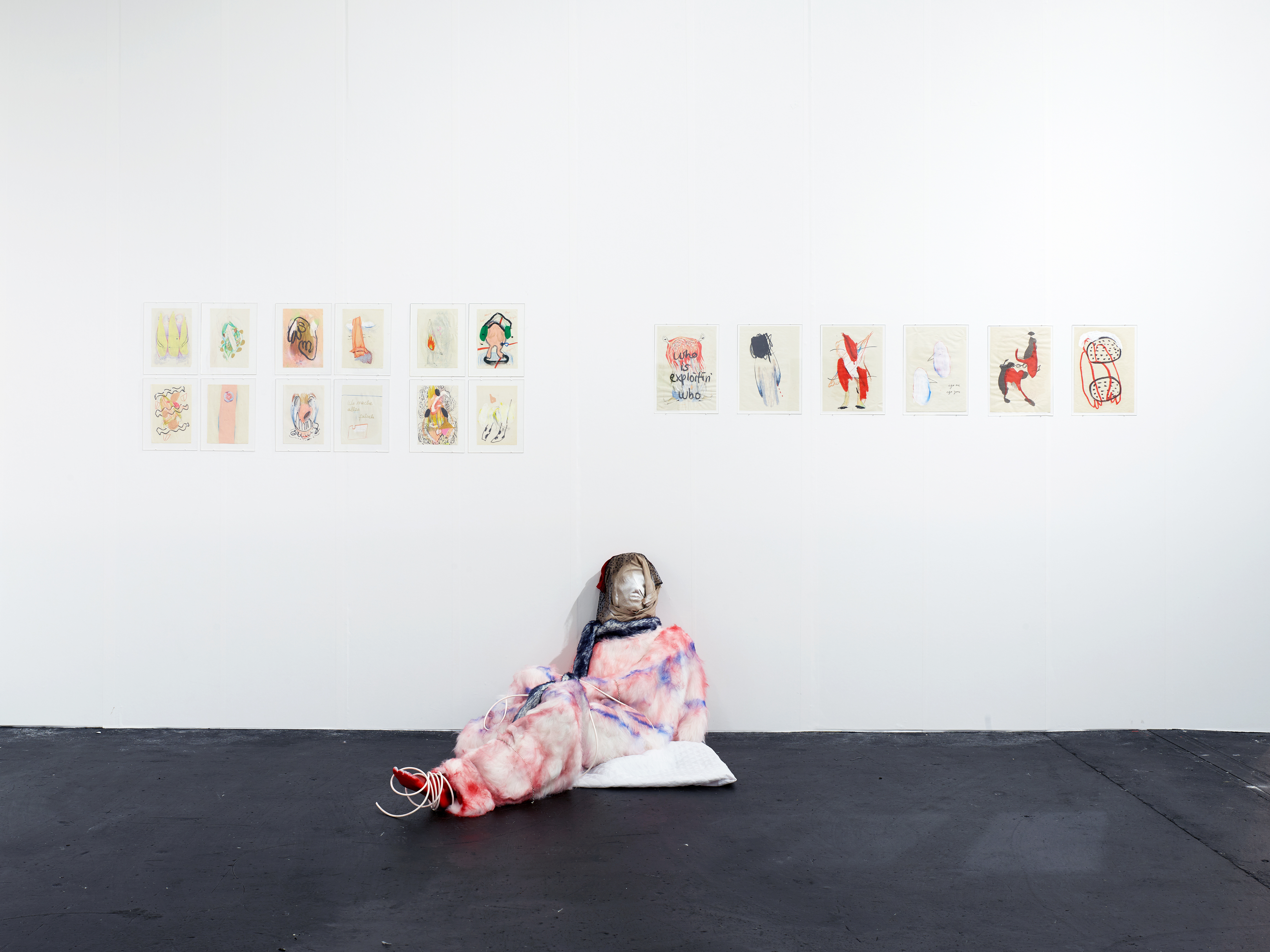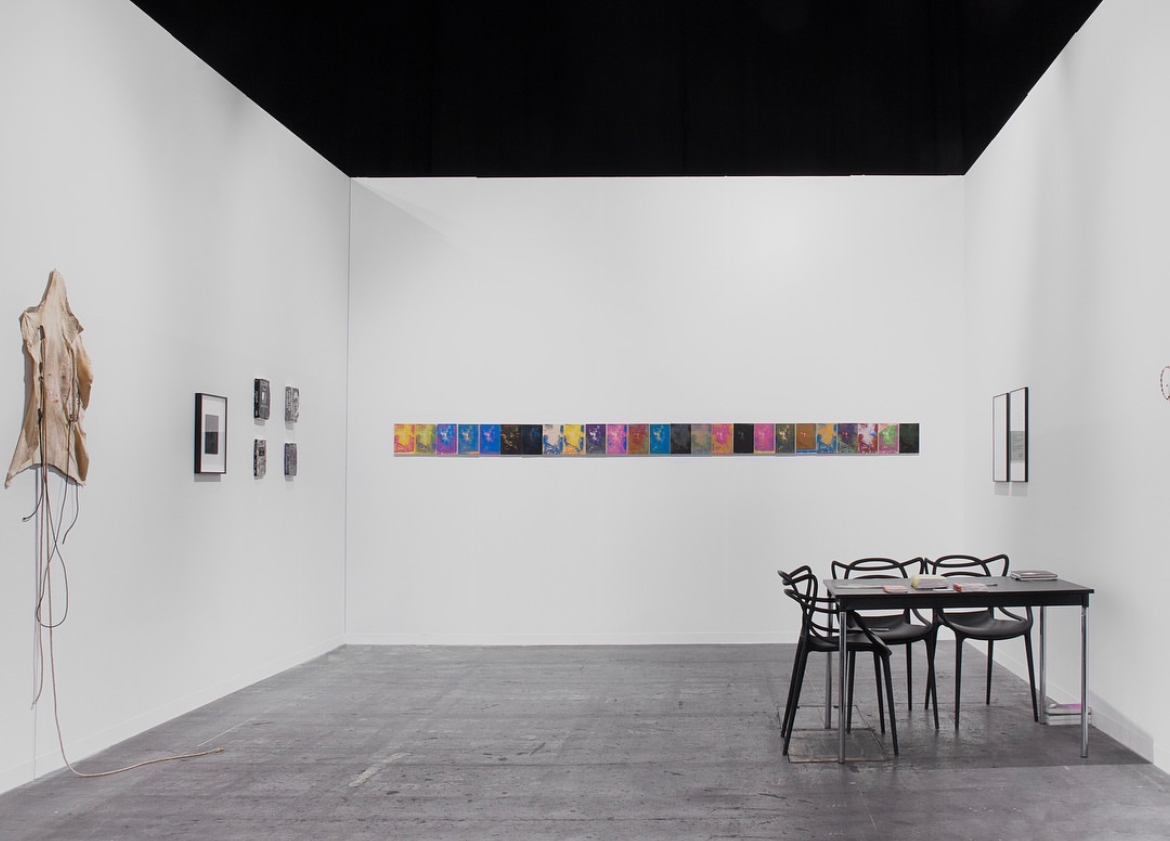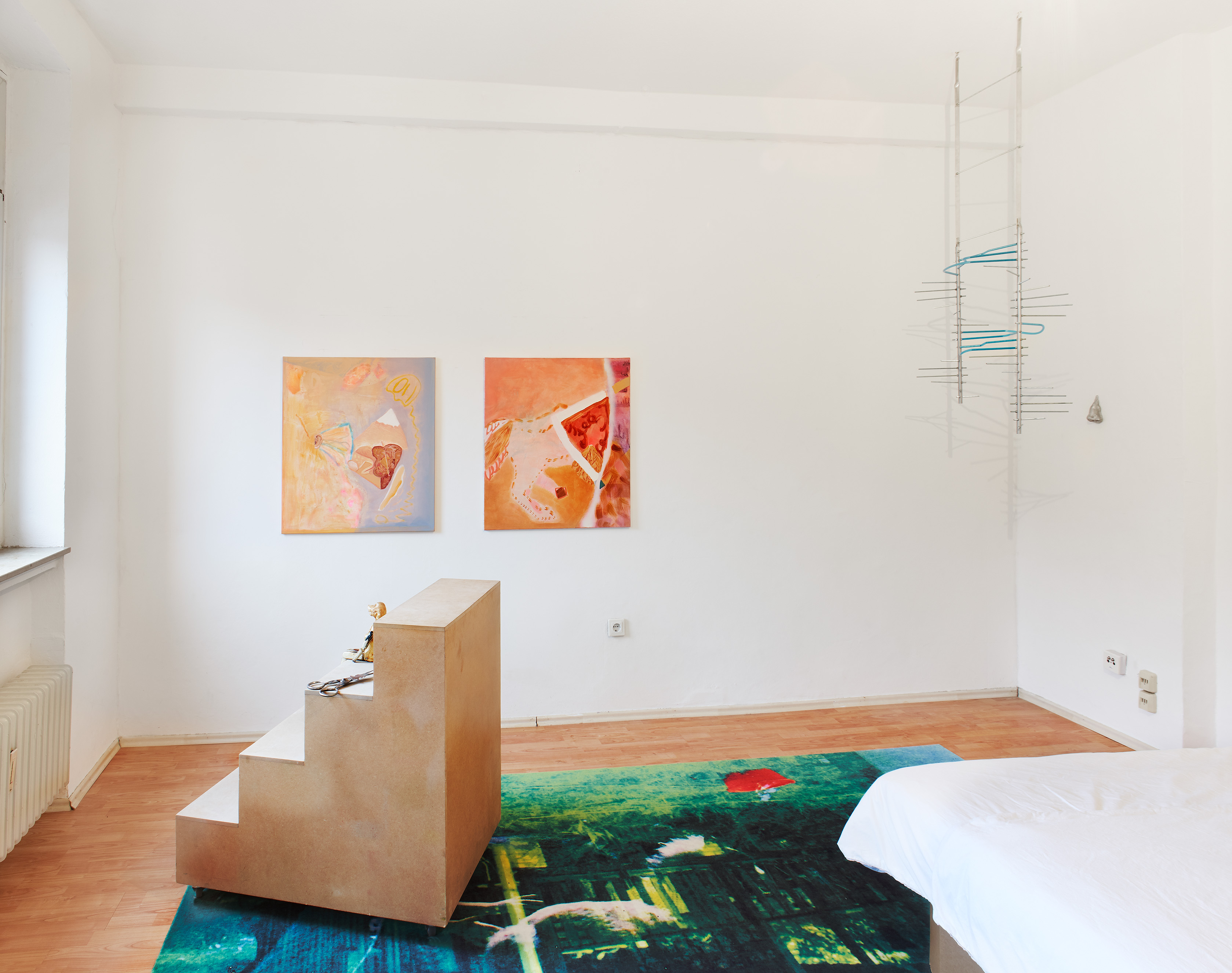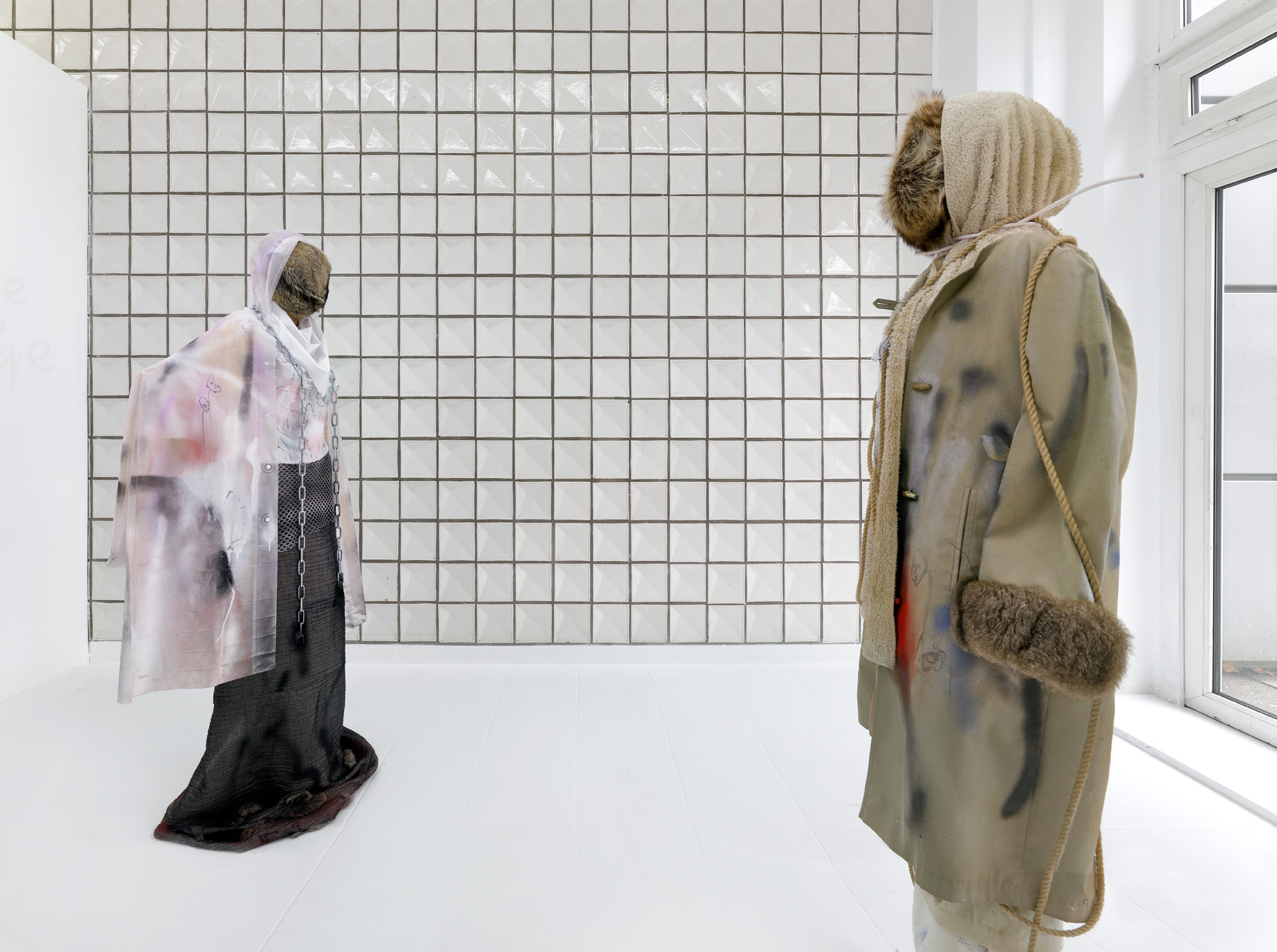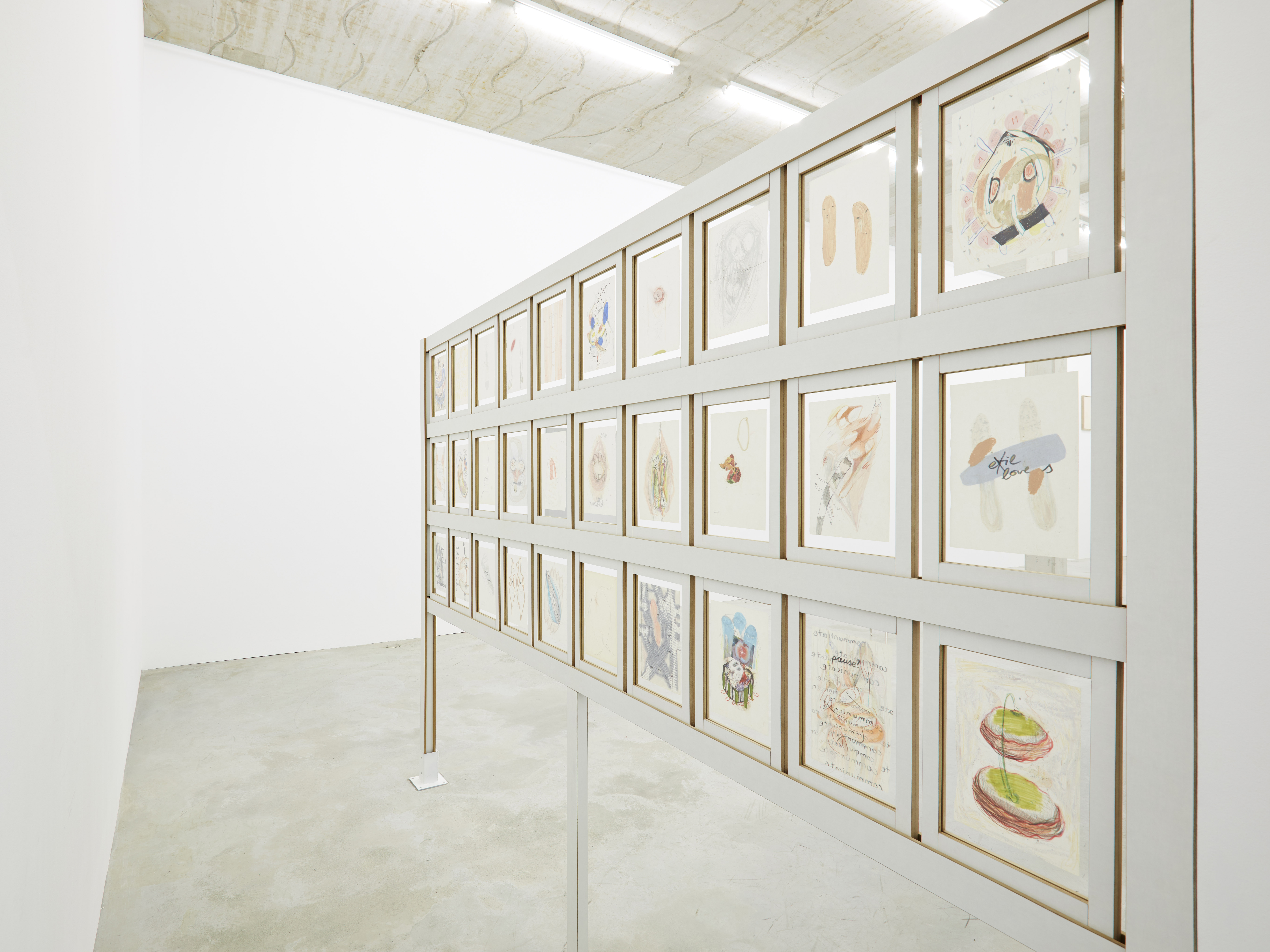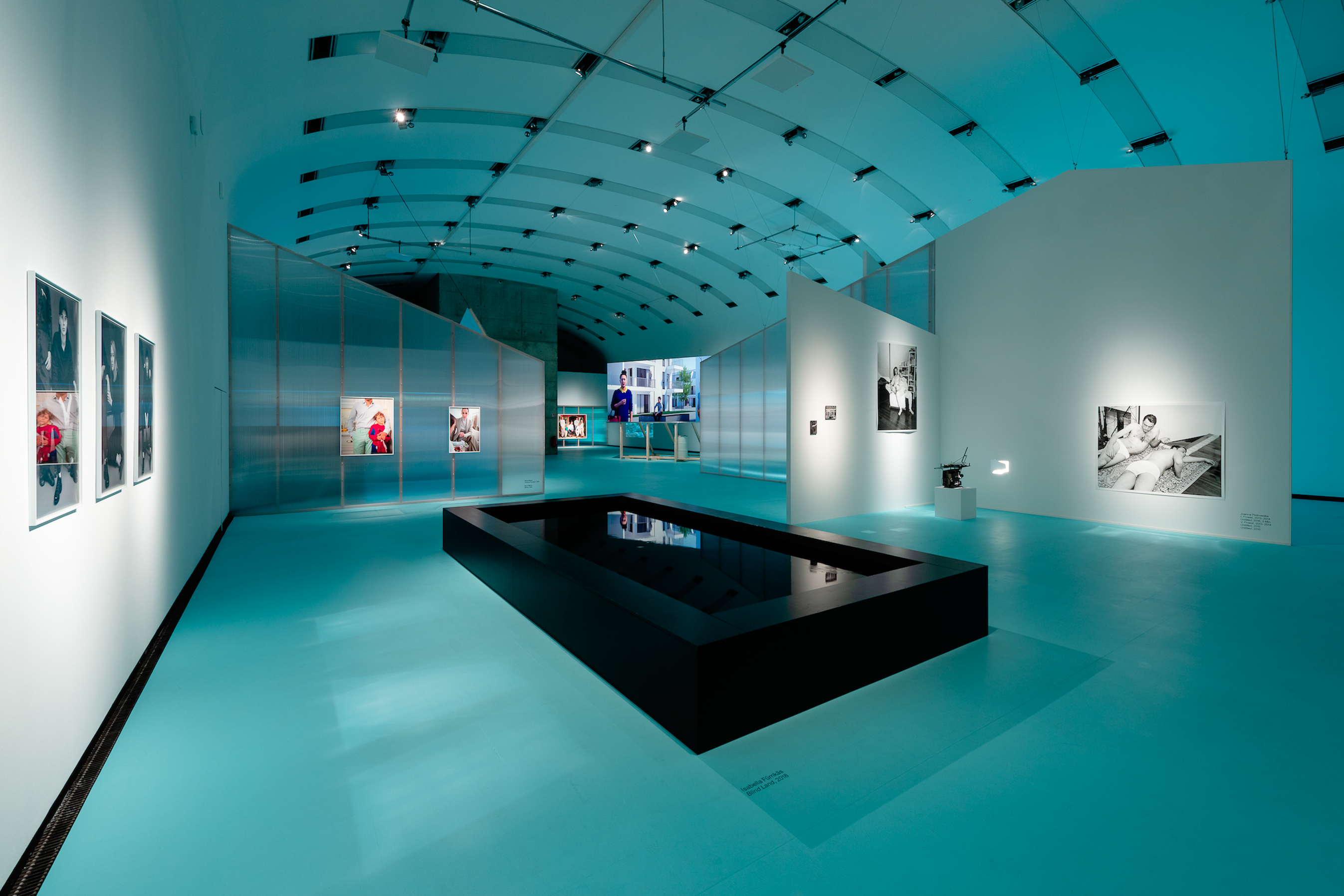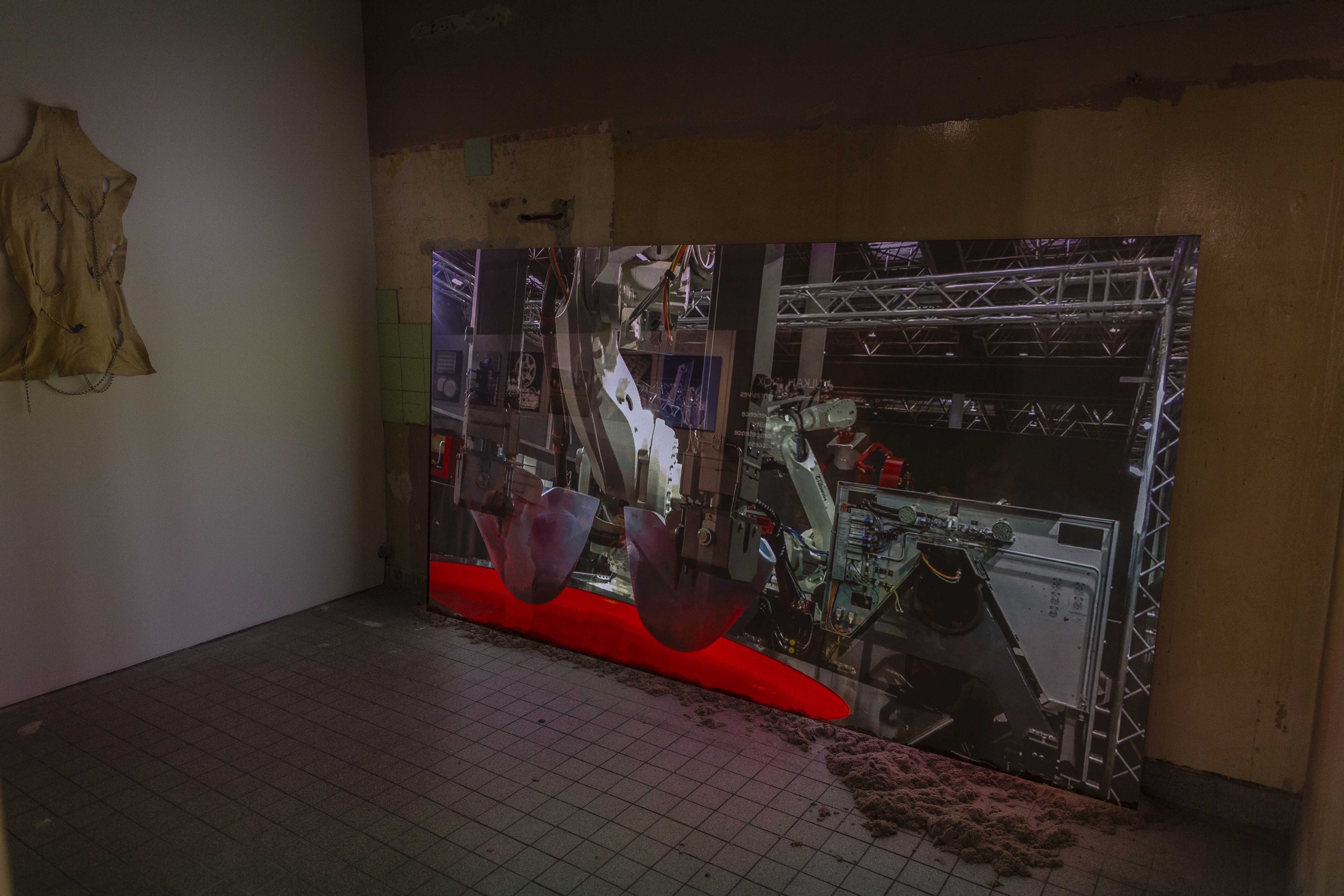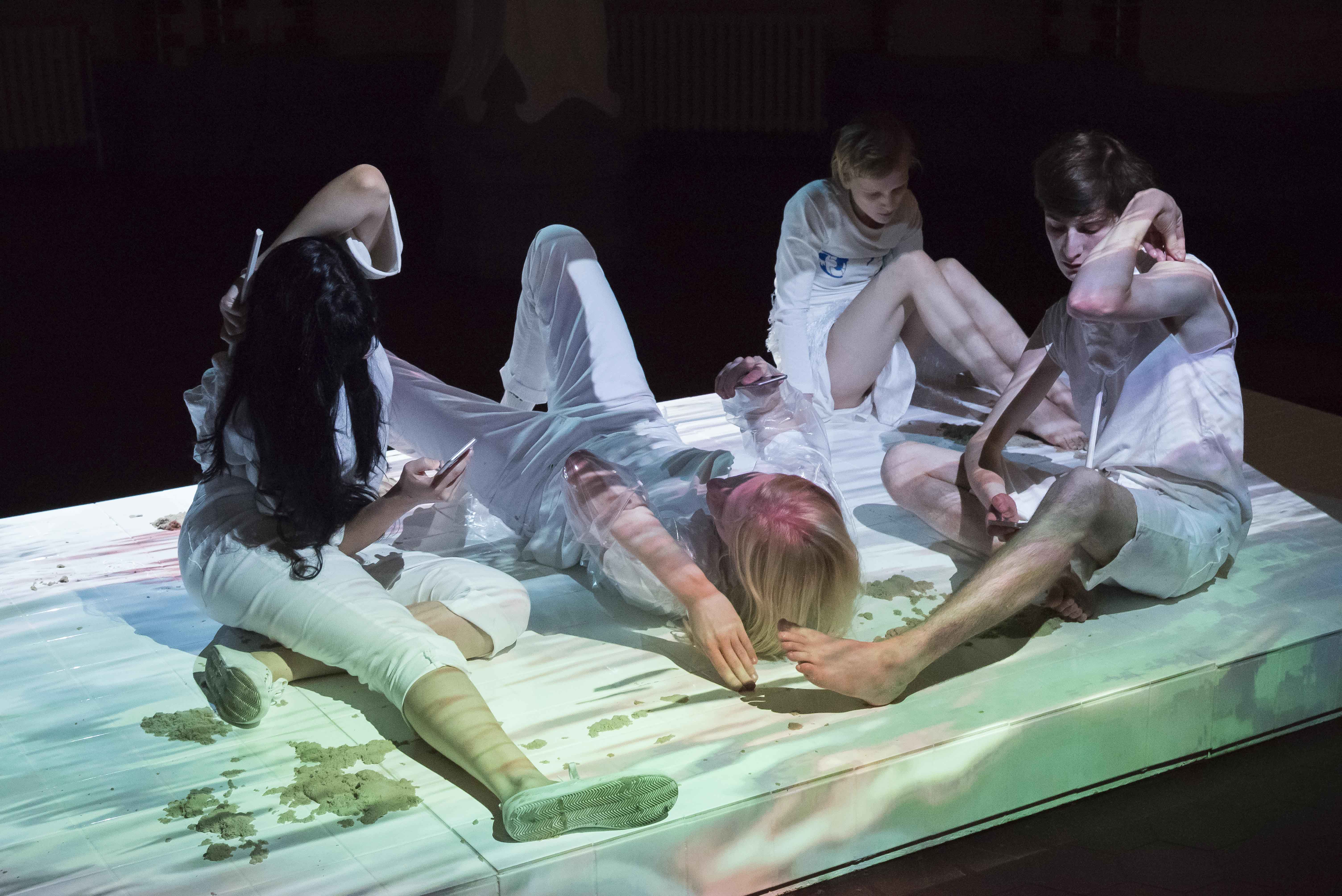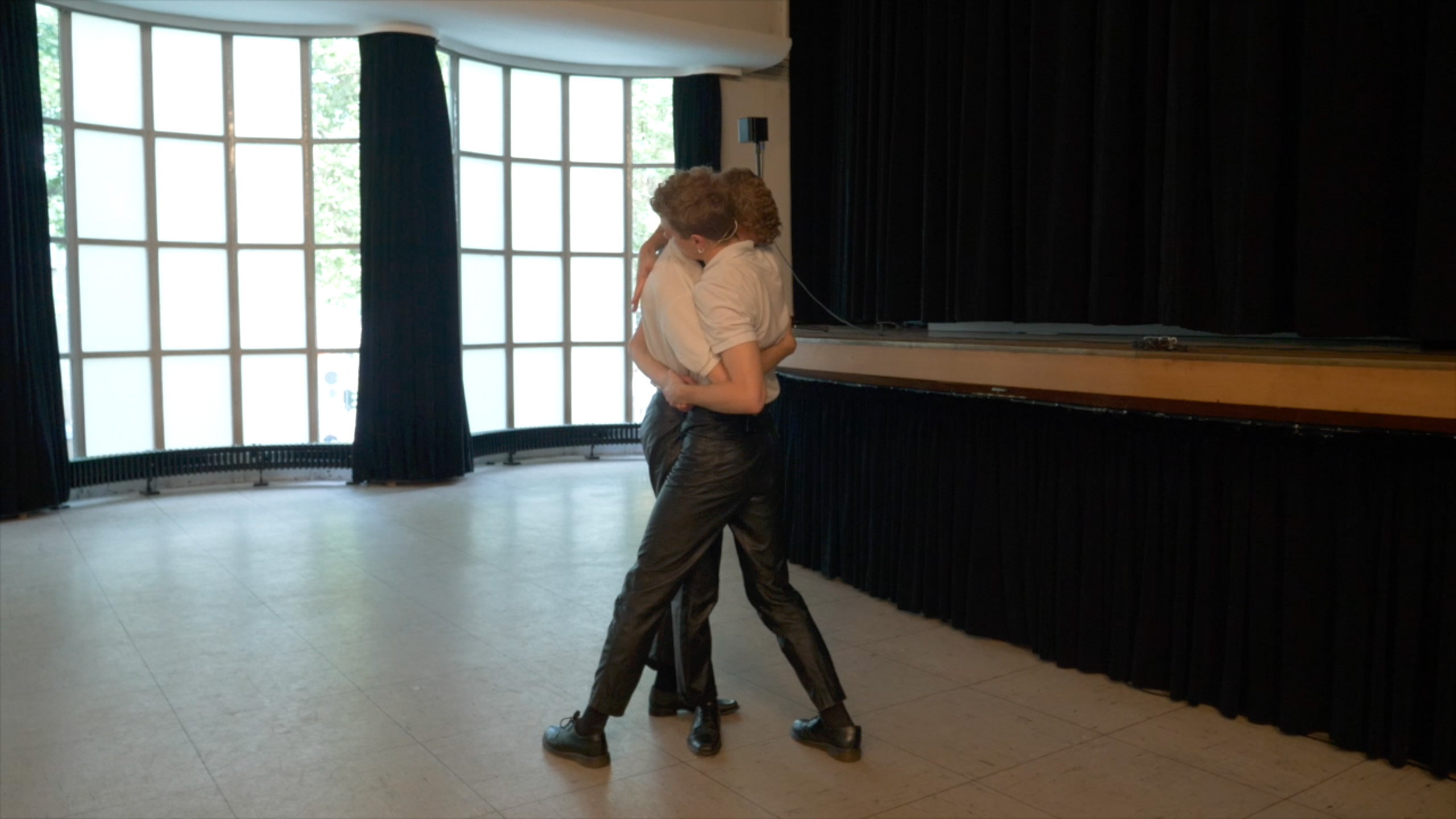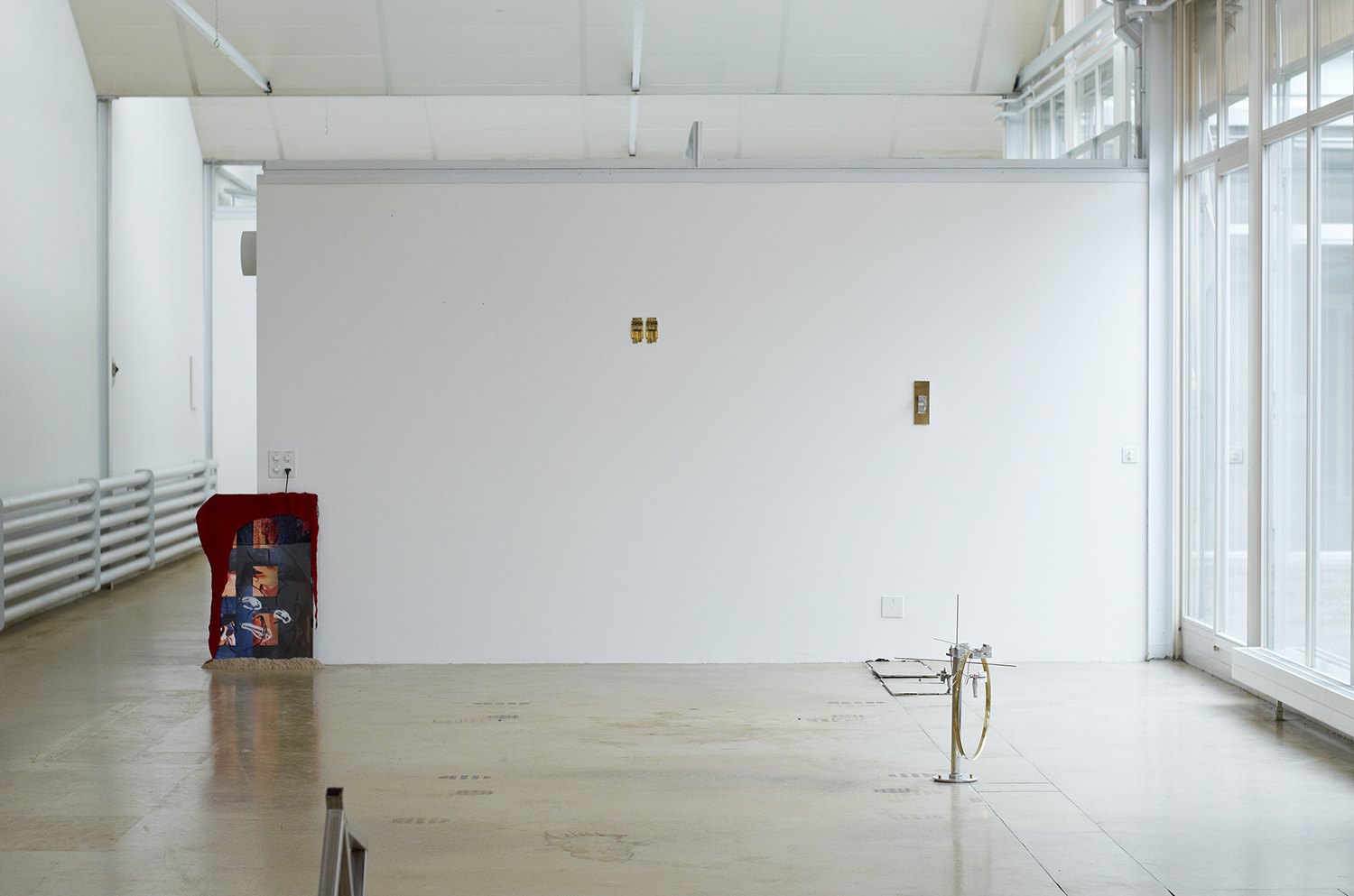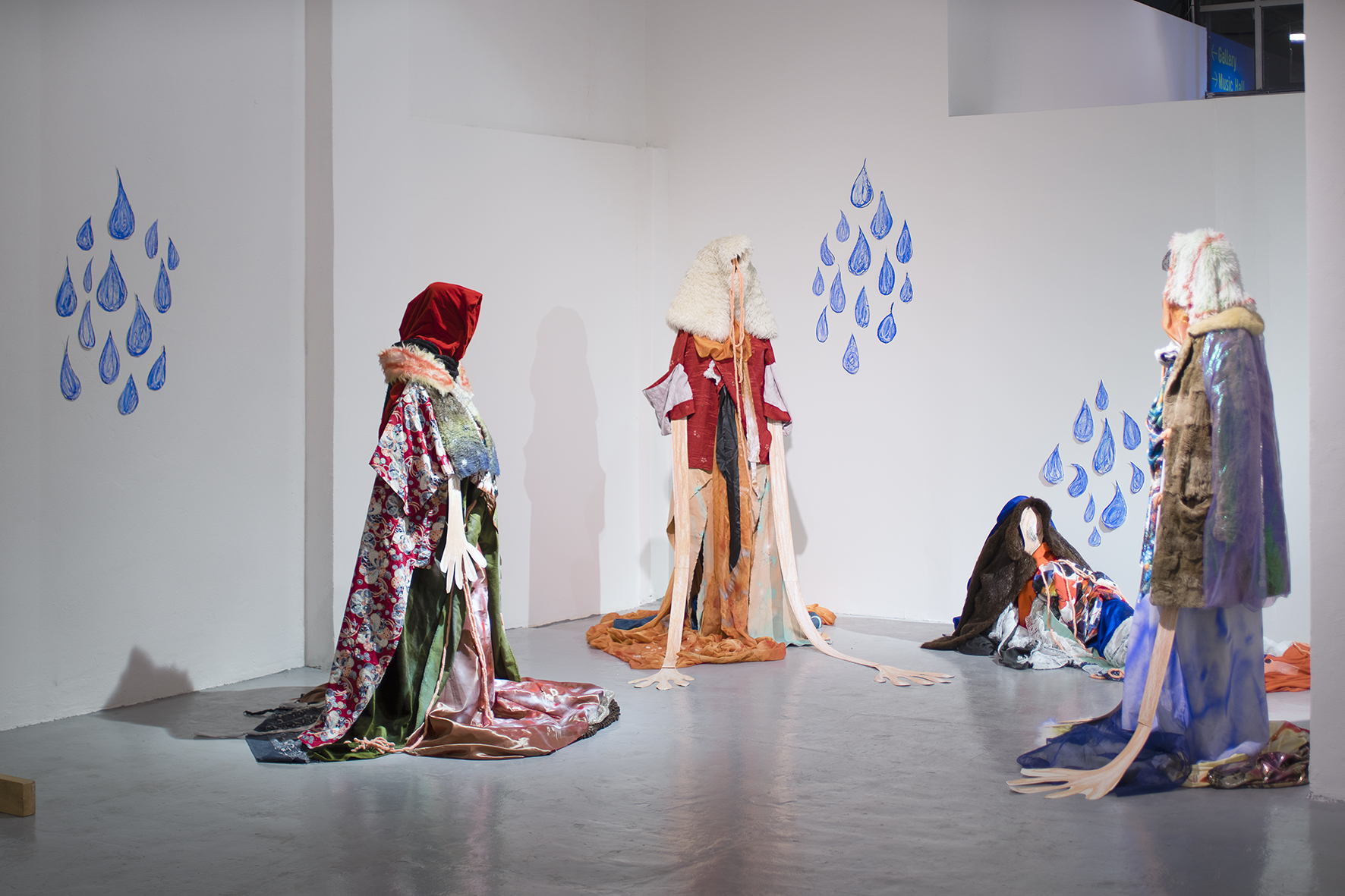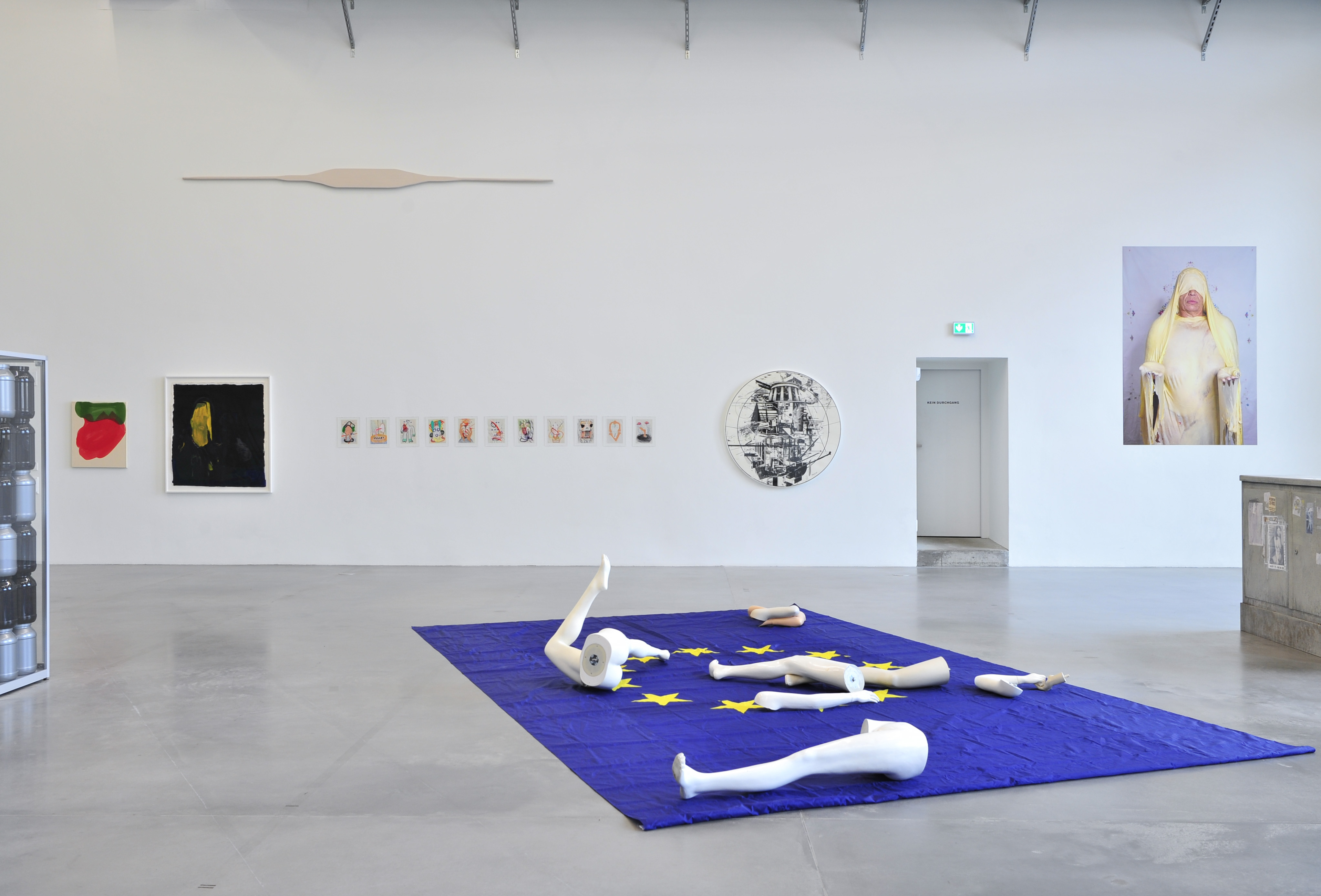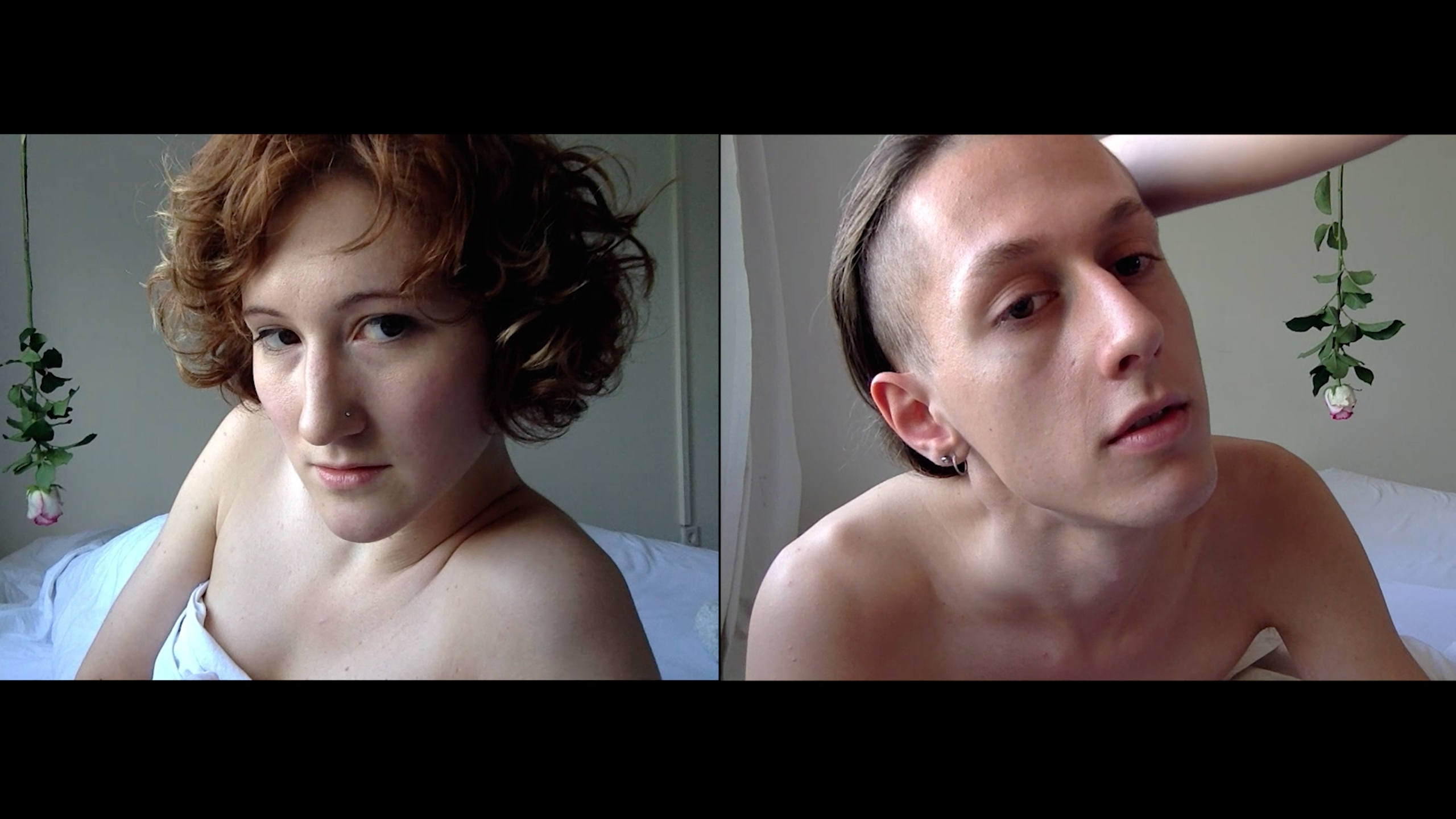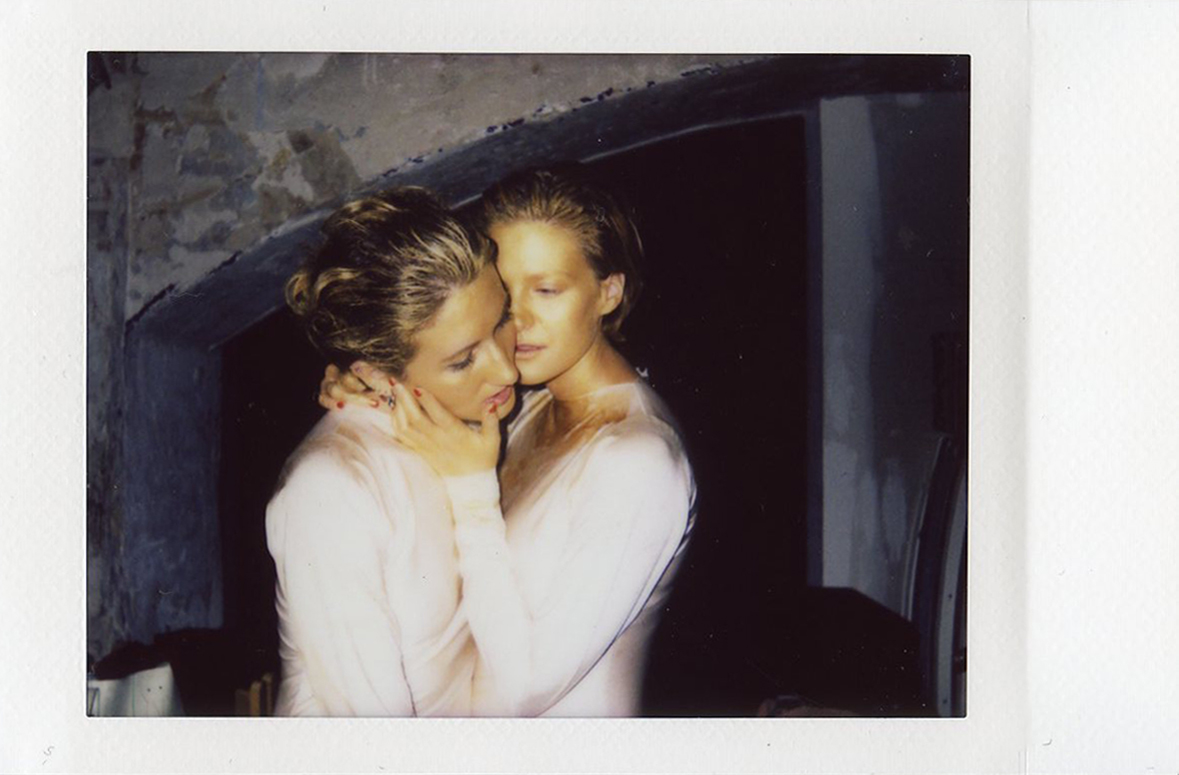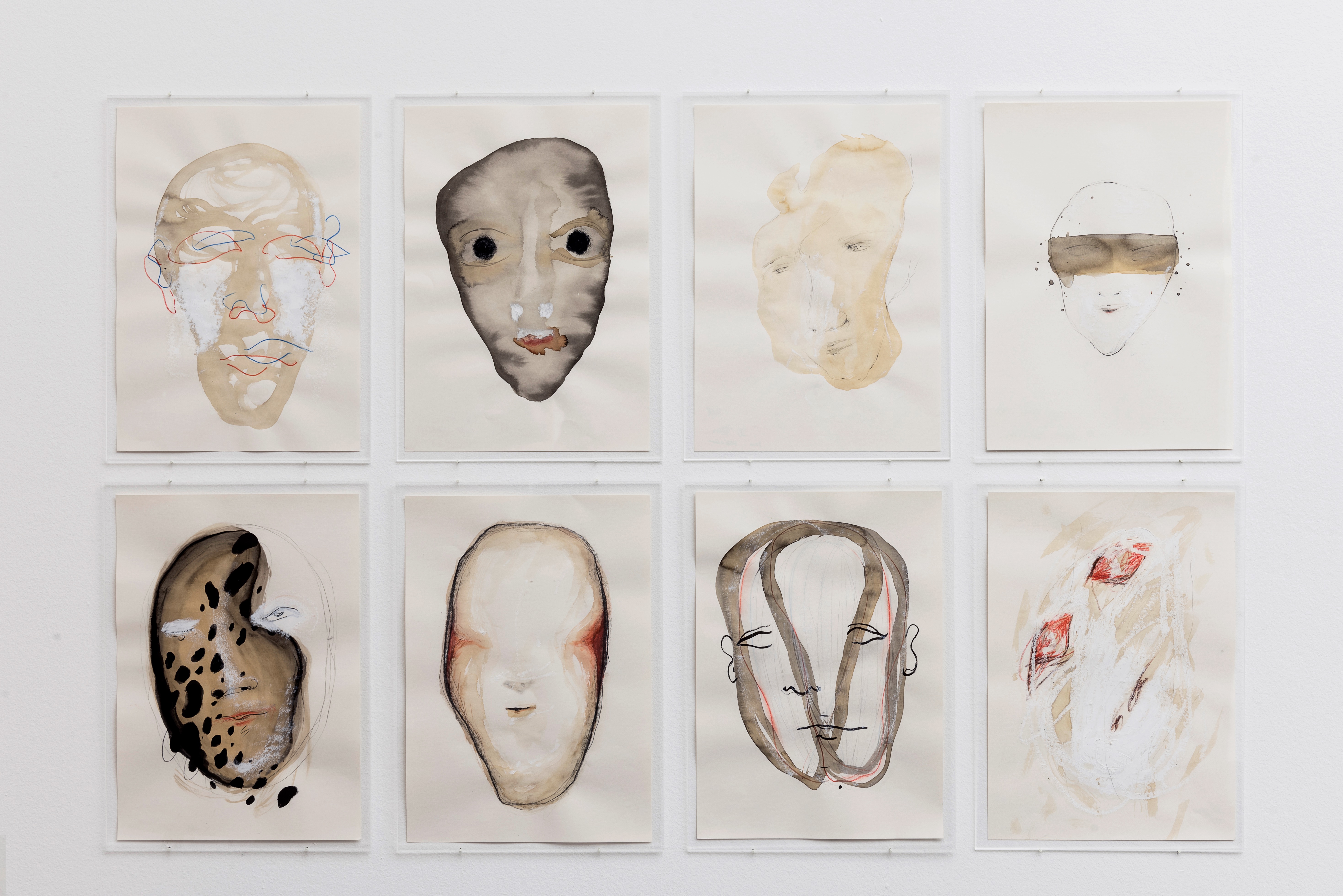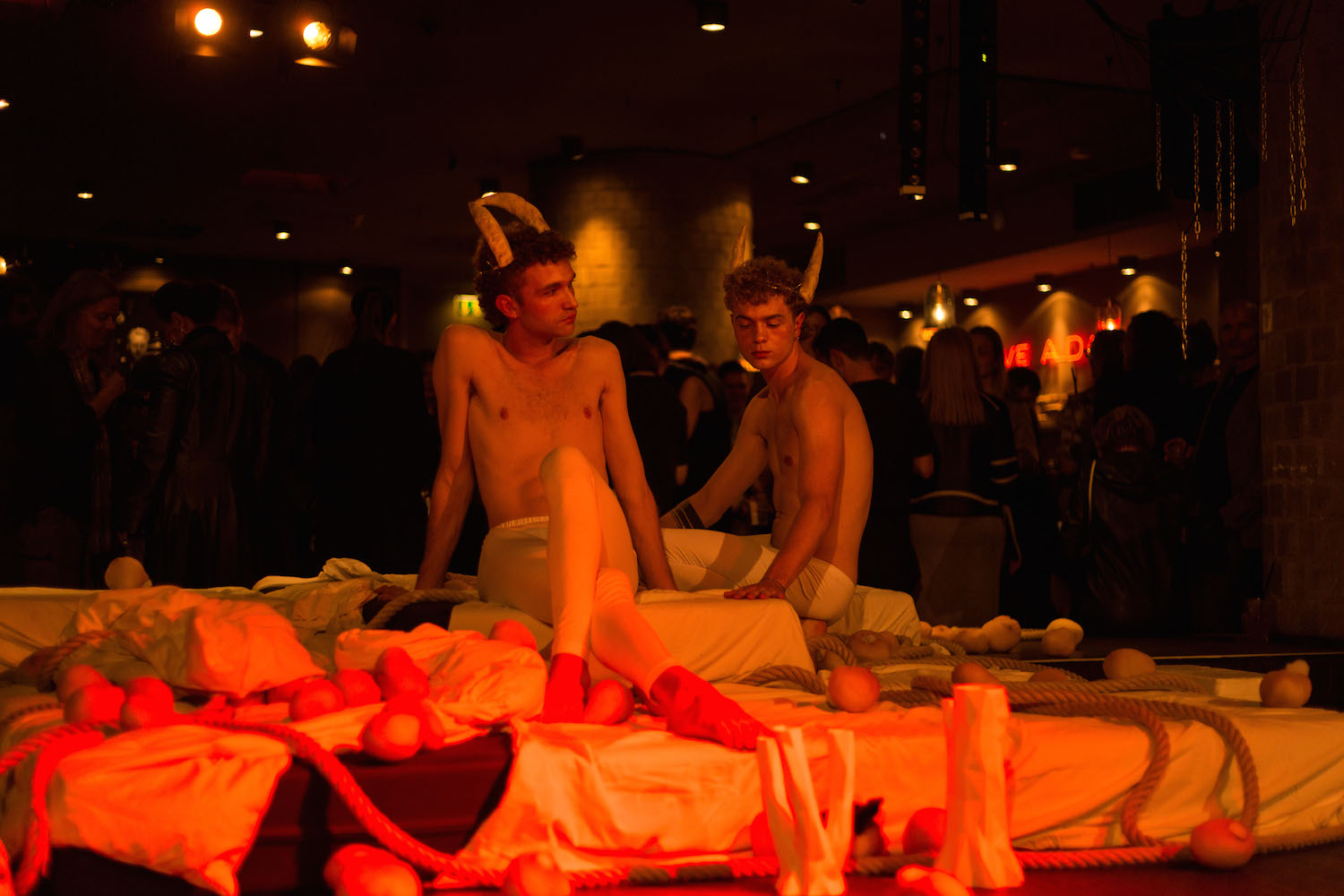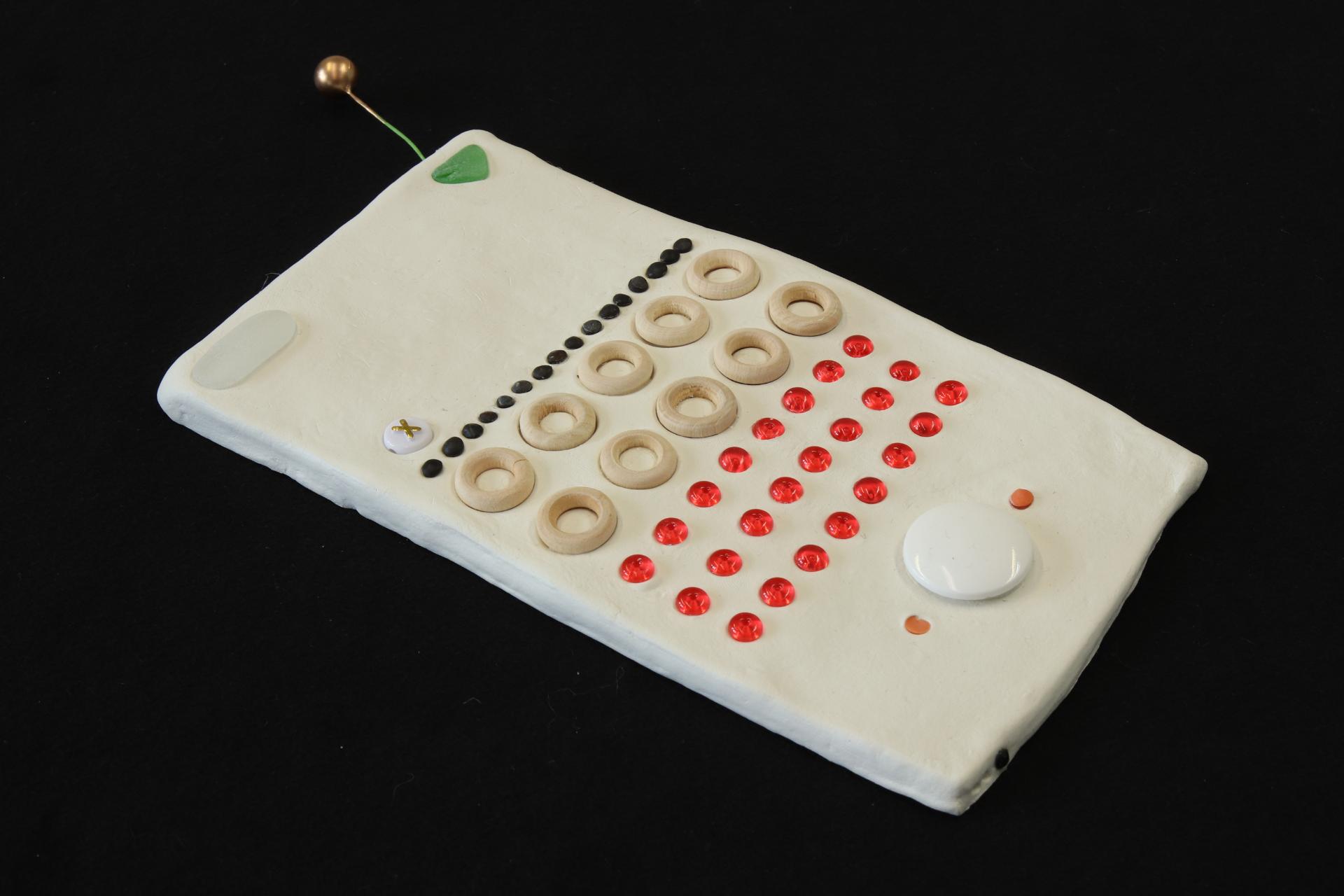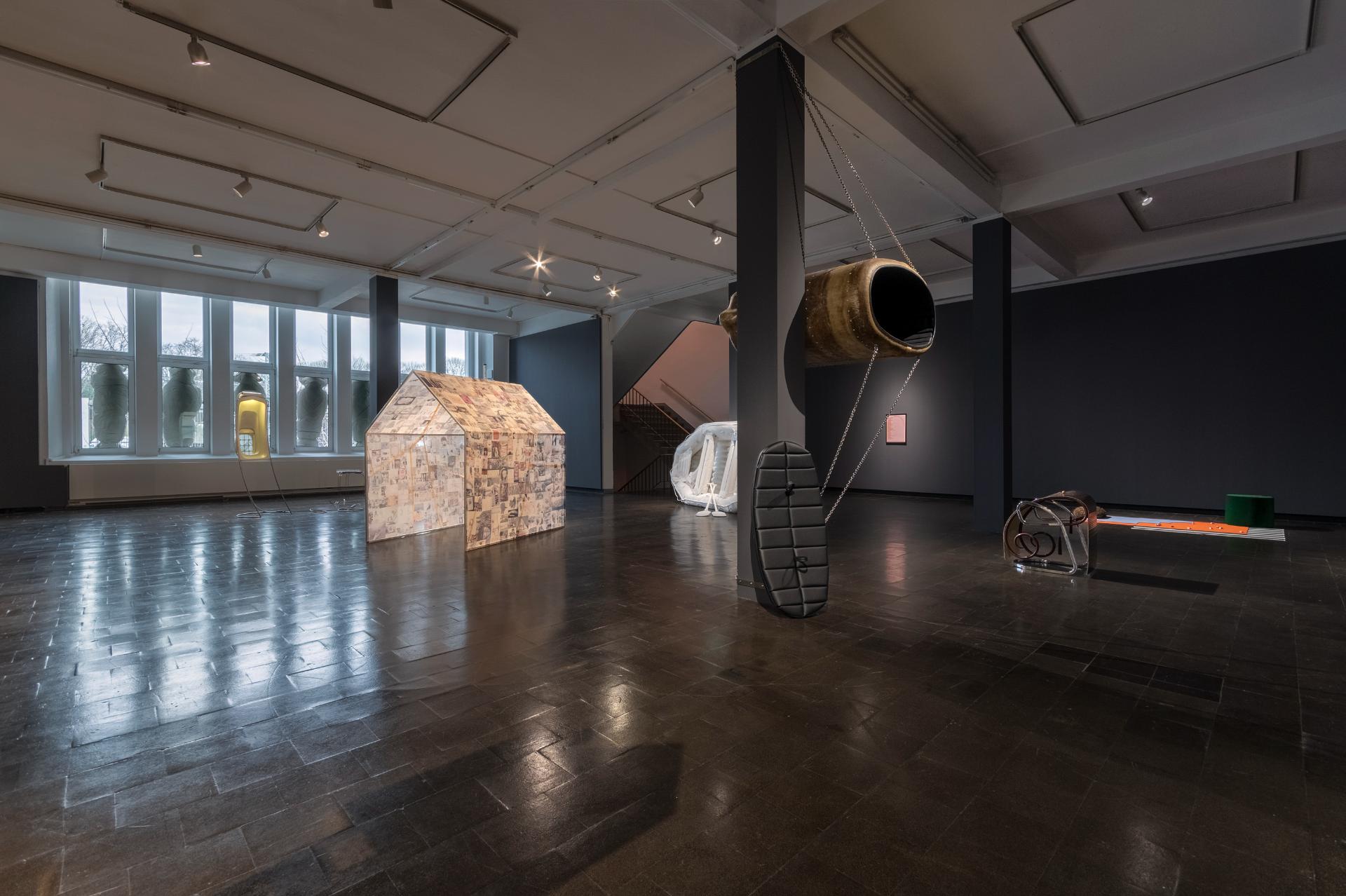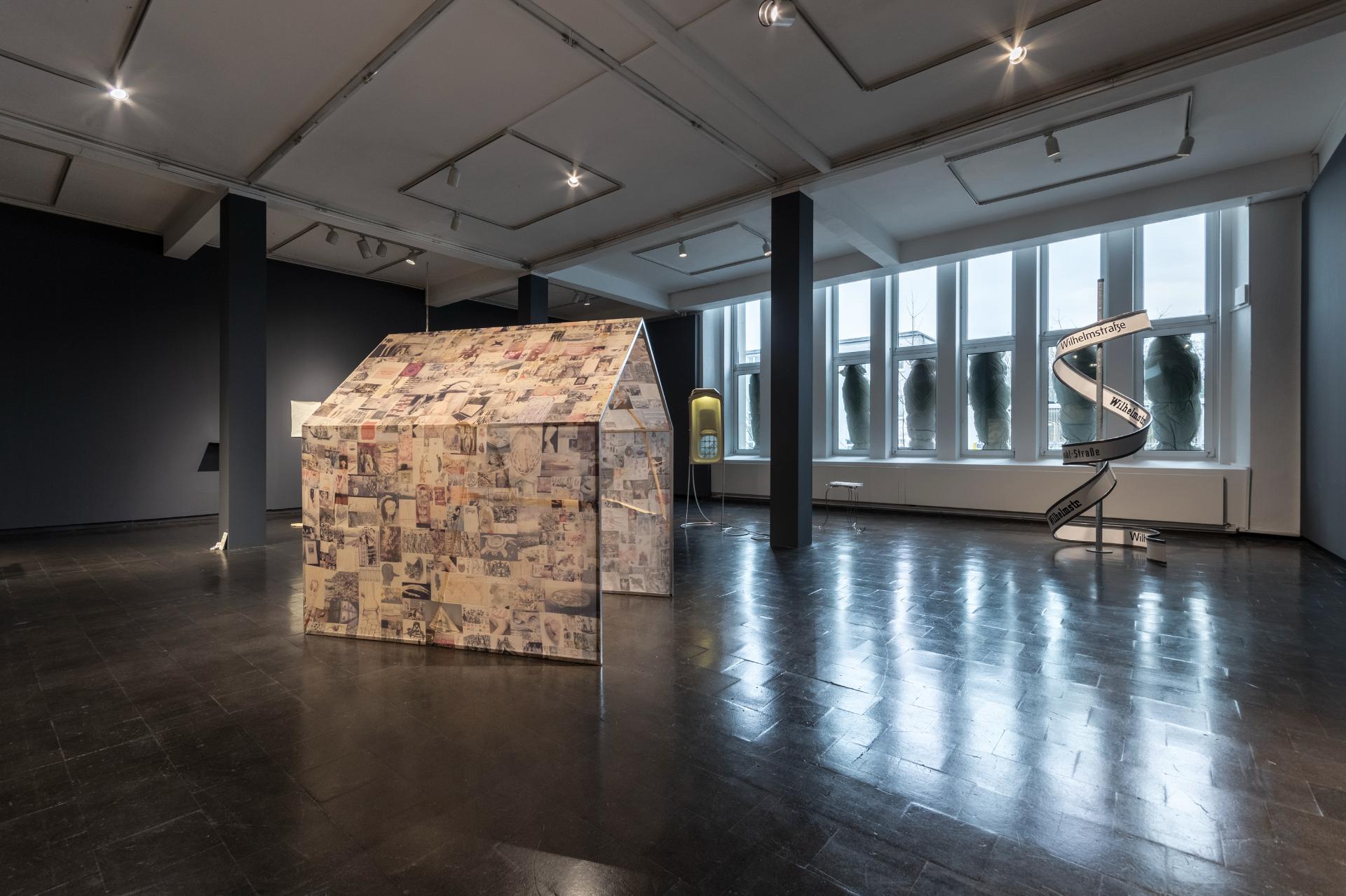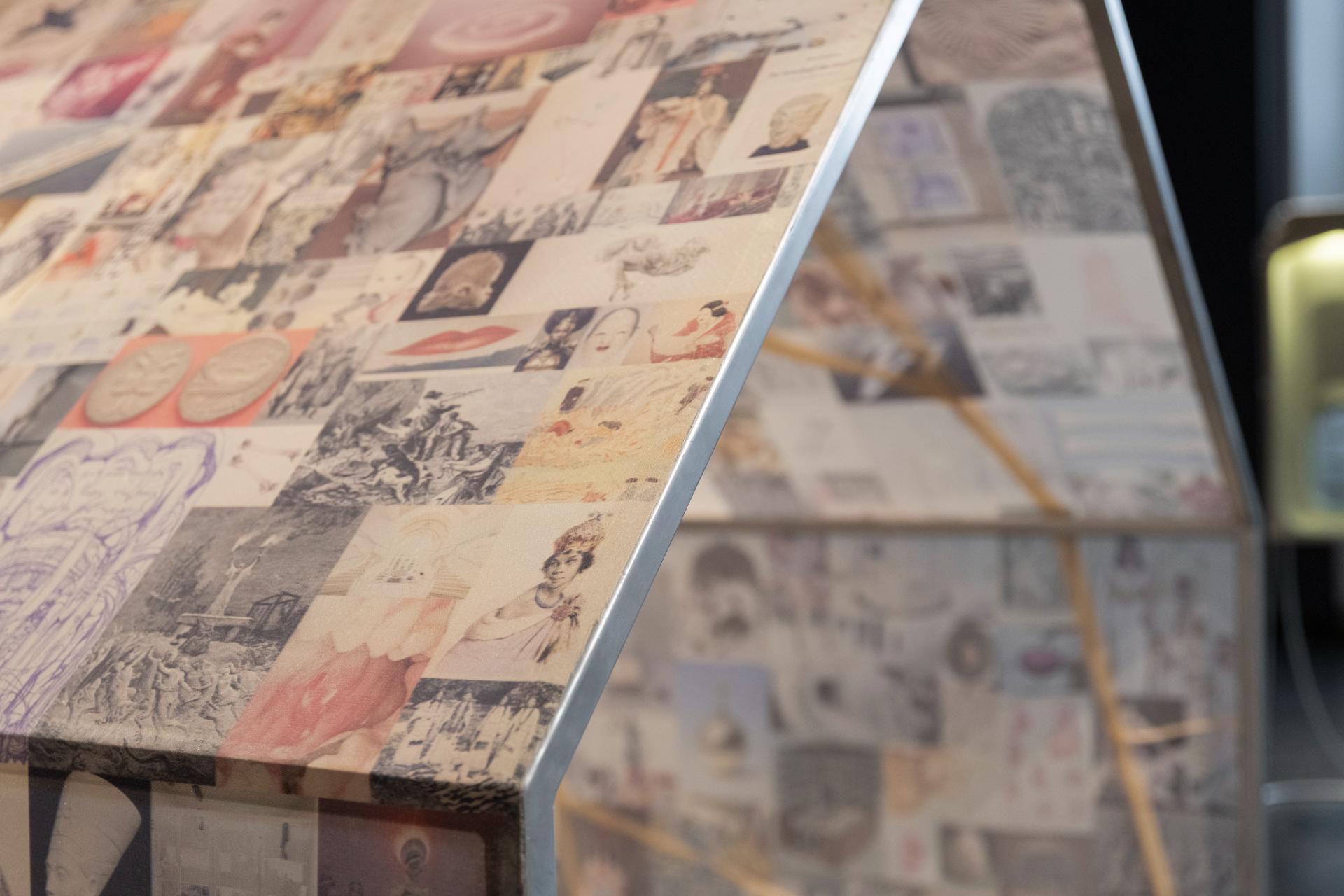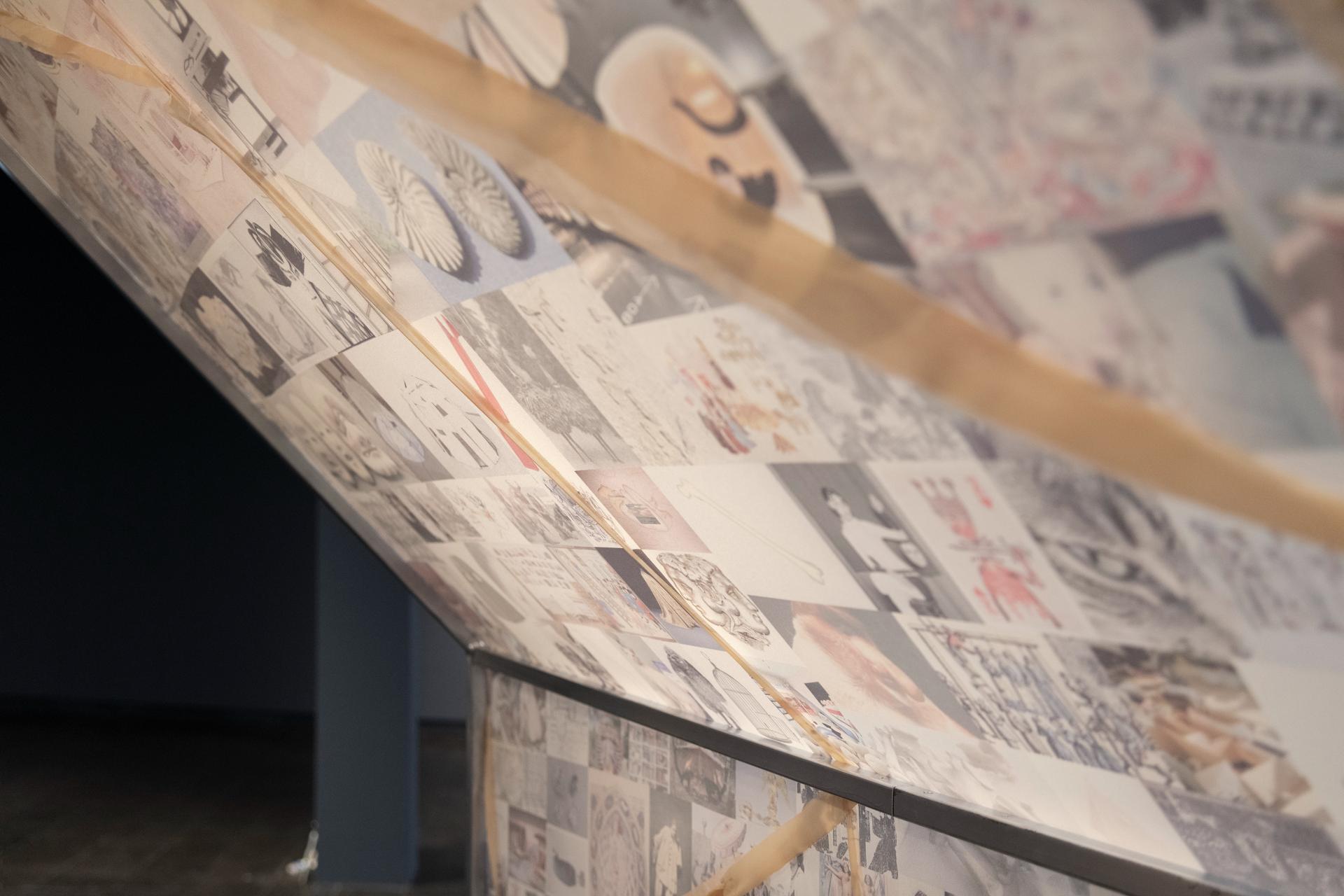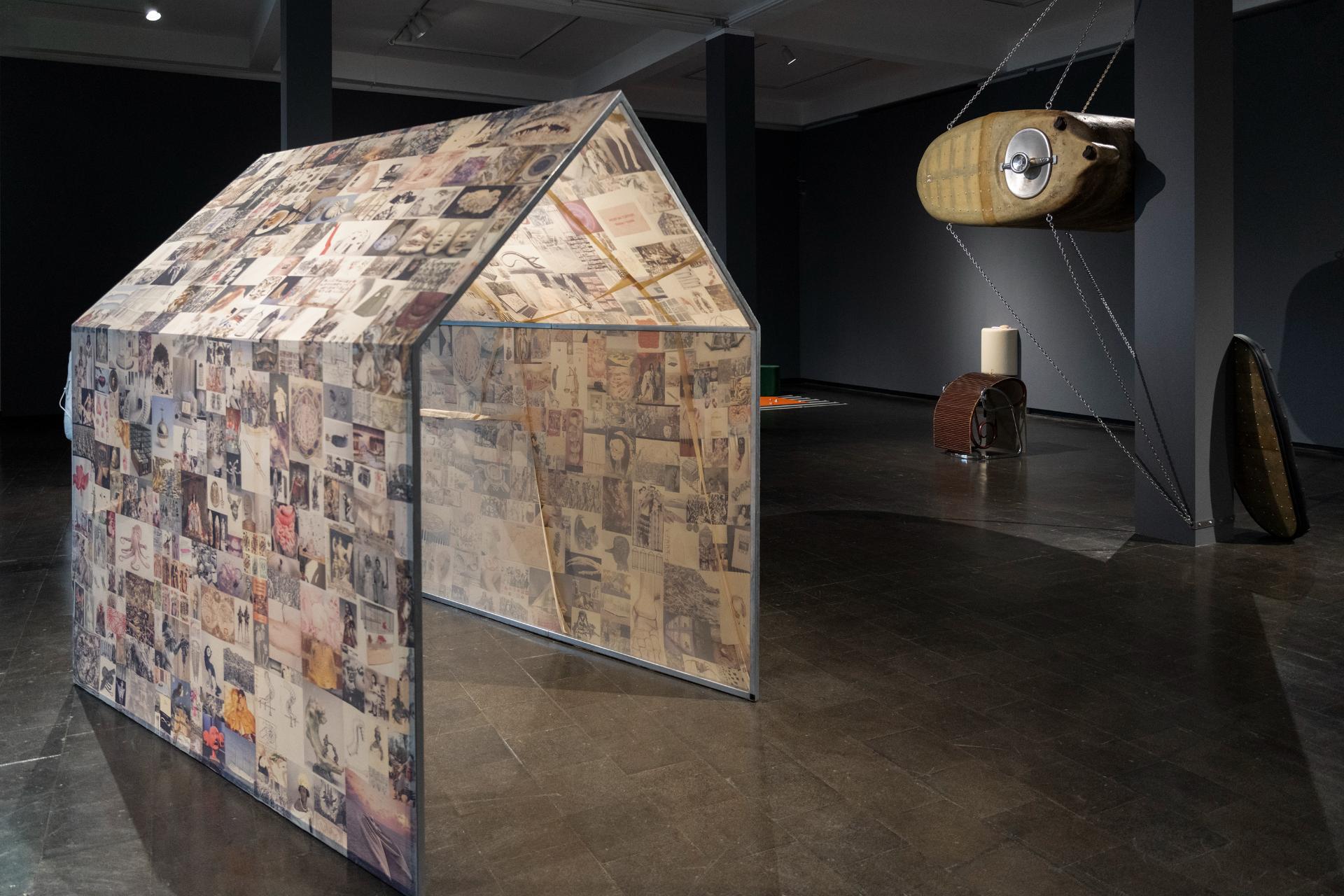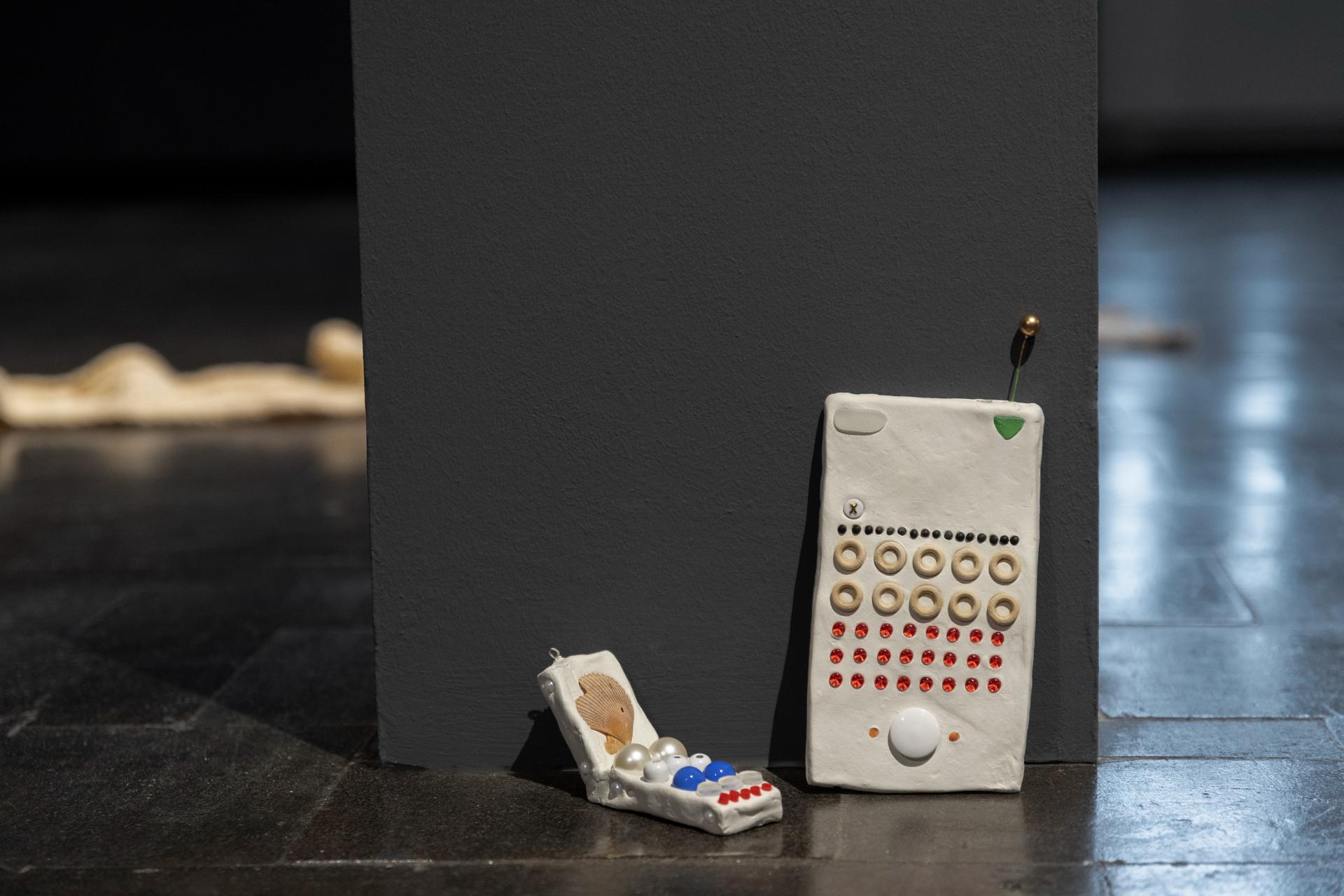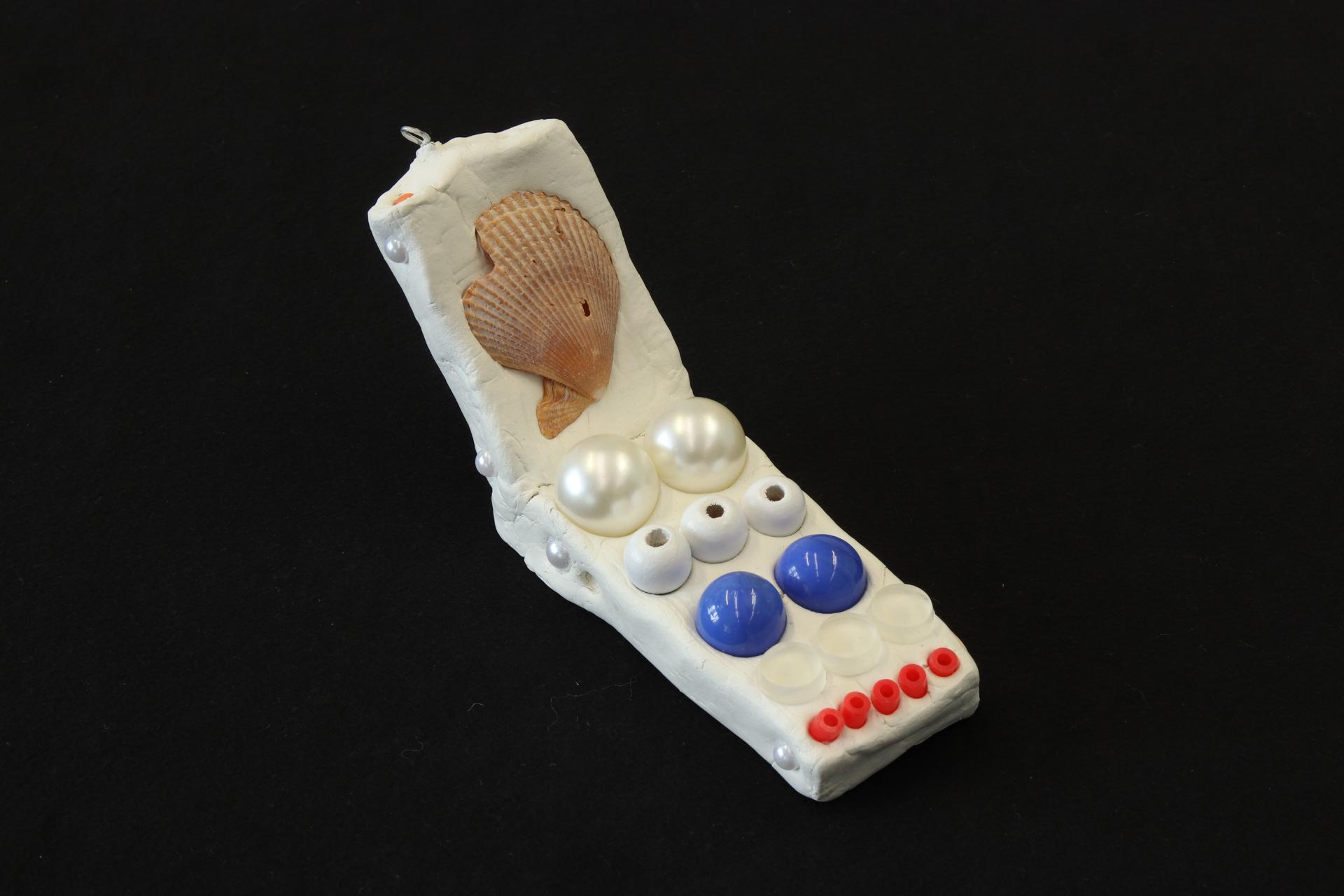Shows
Kunstpreis junger westen 2023
Place: Kunsthalle Recklinghausen
Date: -
Artists: Eliza Ballesteros, Noémi Barbaglia, Rebekka Benzenberg, Marta Dyachenko, Fabian Friese, Gerrit Frohne-Brinkmann, Isabella Fürnkäs, marc norbert hörler, Lucia Kempkes, Ju Young Kim, Maria Clara Kulemeyer, Julia Miorin, Esper Postma, Moritz Riesenbeck, Miriam Schmitz, Tatjana Stürmer, caner teker, Tatjana Vall, Emil Walde, Denise Werth, Karla Zipfel
Curated by: Nico Anklam
Works: The Memory House, Remote control
The art prize junger westen is the oldest municipal award for art after 1945 in Germany. Founded in 1948 by the city of Recklinghausen, it has been publicly announced every two years in changing categories since 1956. The 2023 jury named Mona Schulzek as the winner and also selected 22 artists (from 532 applications) for the exhibition: Eliza Ballesteros, Noémi Barbaglia, Rebekka Benzenberg, Marta Dyachenko, Fabian Friese, Gerrit Frohne-Brinkmann, Isabella Fürnkäs, marc norbert hörler, Lucia Kempkes, Ju Young Kim, Maria Clara Kulemeyer, Julia Miorin, Esper Postma, Moritz Riesenbeck, Miriam Schmitz, Tatjana Stürmer, caner teker, Tatjana Vall, Emil Walde, Denise Werth, Karla Zipfel. All of the works submitted are exemplary of artistic practices that provide contemporary impulses for what goes beyond conventional sculptural categories. As such, junger westen 2023 shows new paths for space-related art, whether aesthetic, social or political.
Isabella Fürnkäs' installation The Memory House inevitably resembles a house in its external appearance, but differs from this vision, as its walls seem more like a velum, which extends from one side, spanning the roof, to the next. Nothing is stored in the house itself, it harbours no traces of life. Rather, it functions as a framework on which memories become entangled, printed on thin pantyhose fabric that wraps around the construct of the house like a skin. Inspired by the flood of digital images, the fabric serves as a visual and associative archive. It provides insights into past and present cultural practices and reveals collective and private fragments of memory. Pornographic scenes can be found alongside human entrails and images of medieval witch burnings. Like scars on human skin, these images inscribe themselves into the fabric and the mind of the viewer. They leave deep impressions, activate the personal visual memory and evoke a rush of thought that provides a cross-section of human history and is both attractive and disturbing at the same time.
- Text by Lara Müller
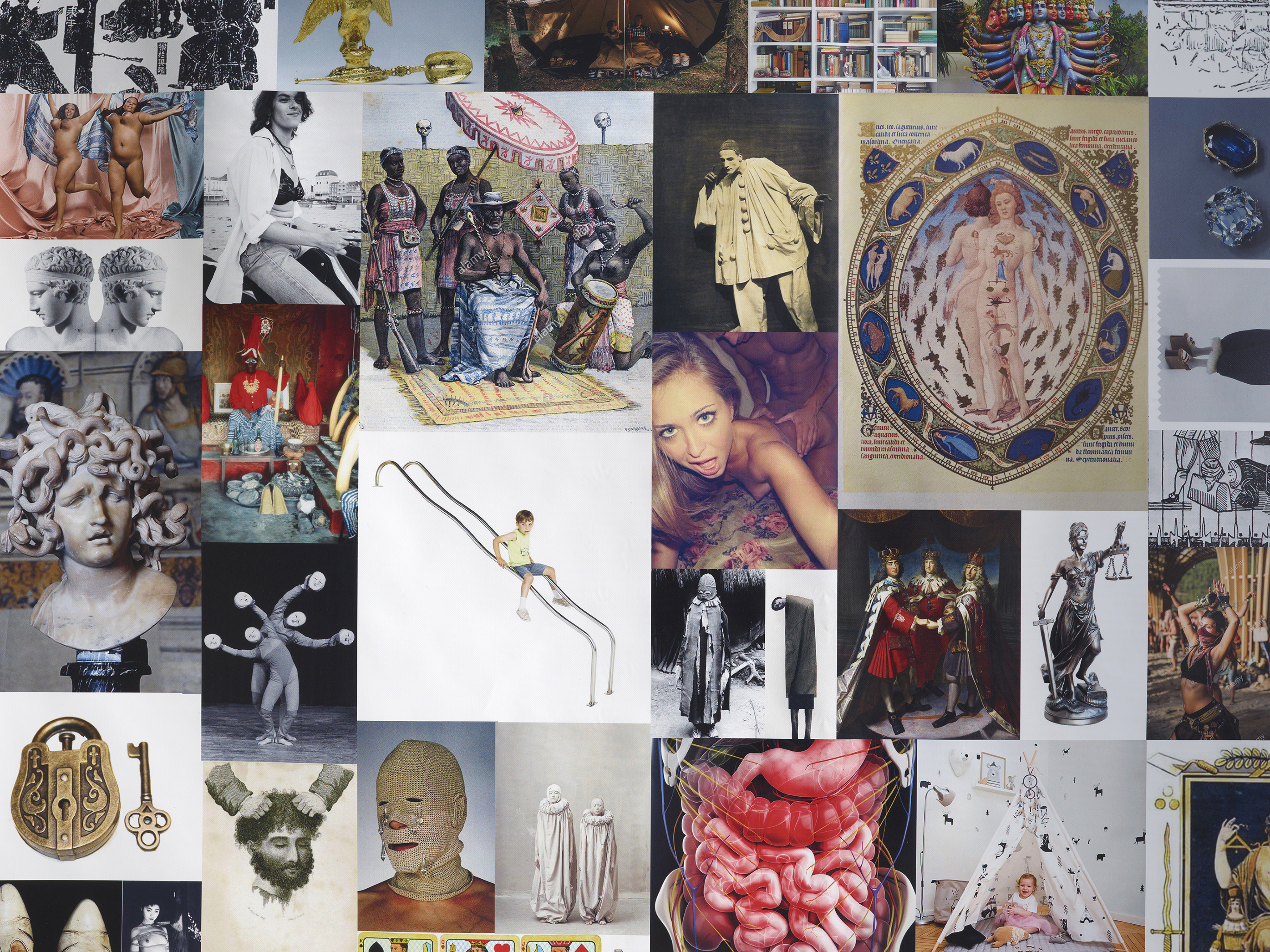

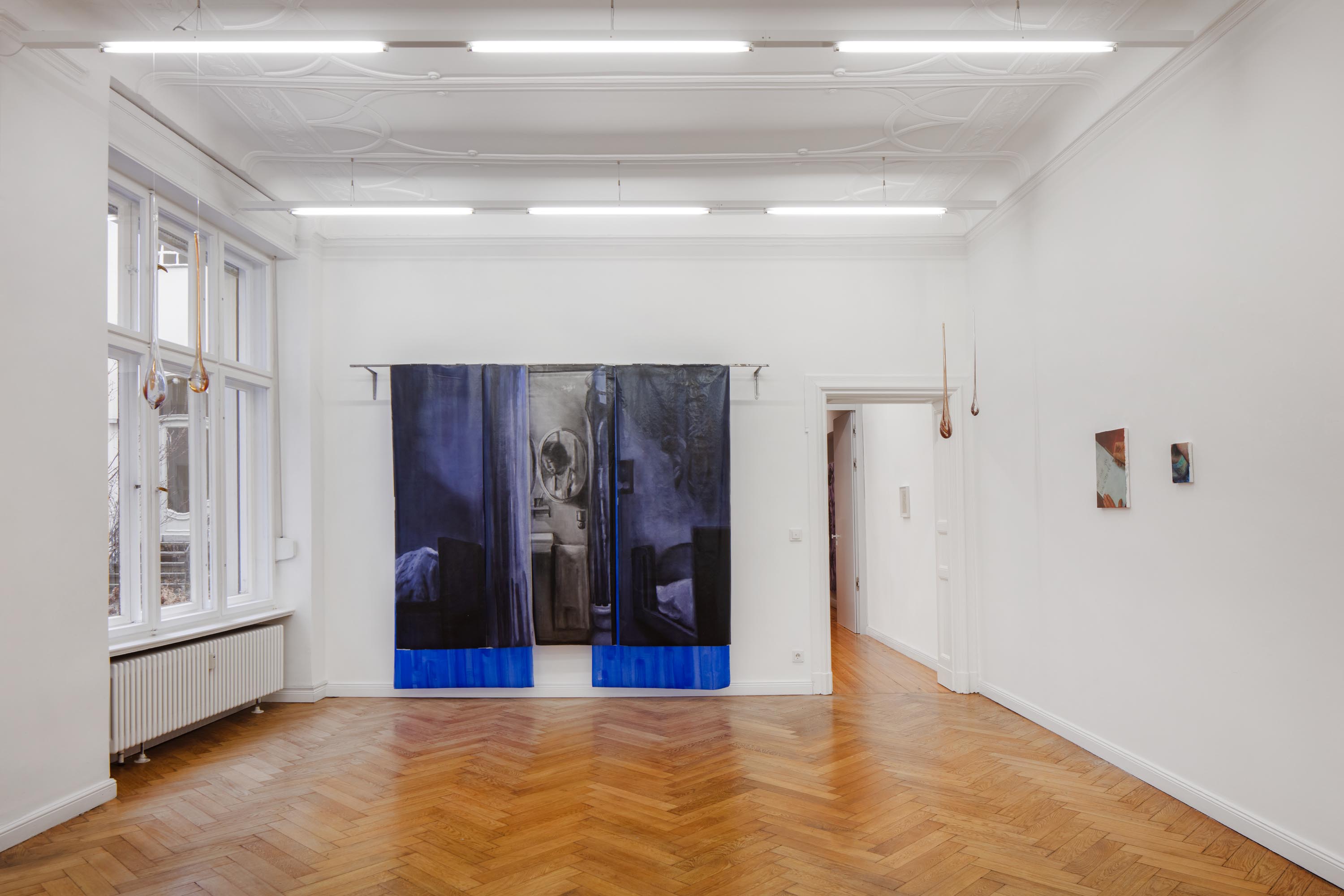

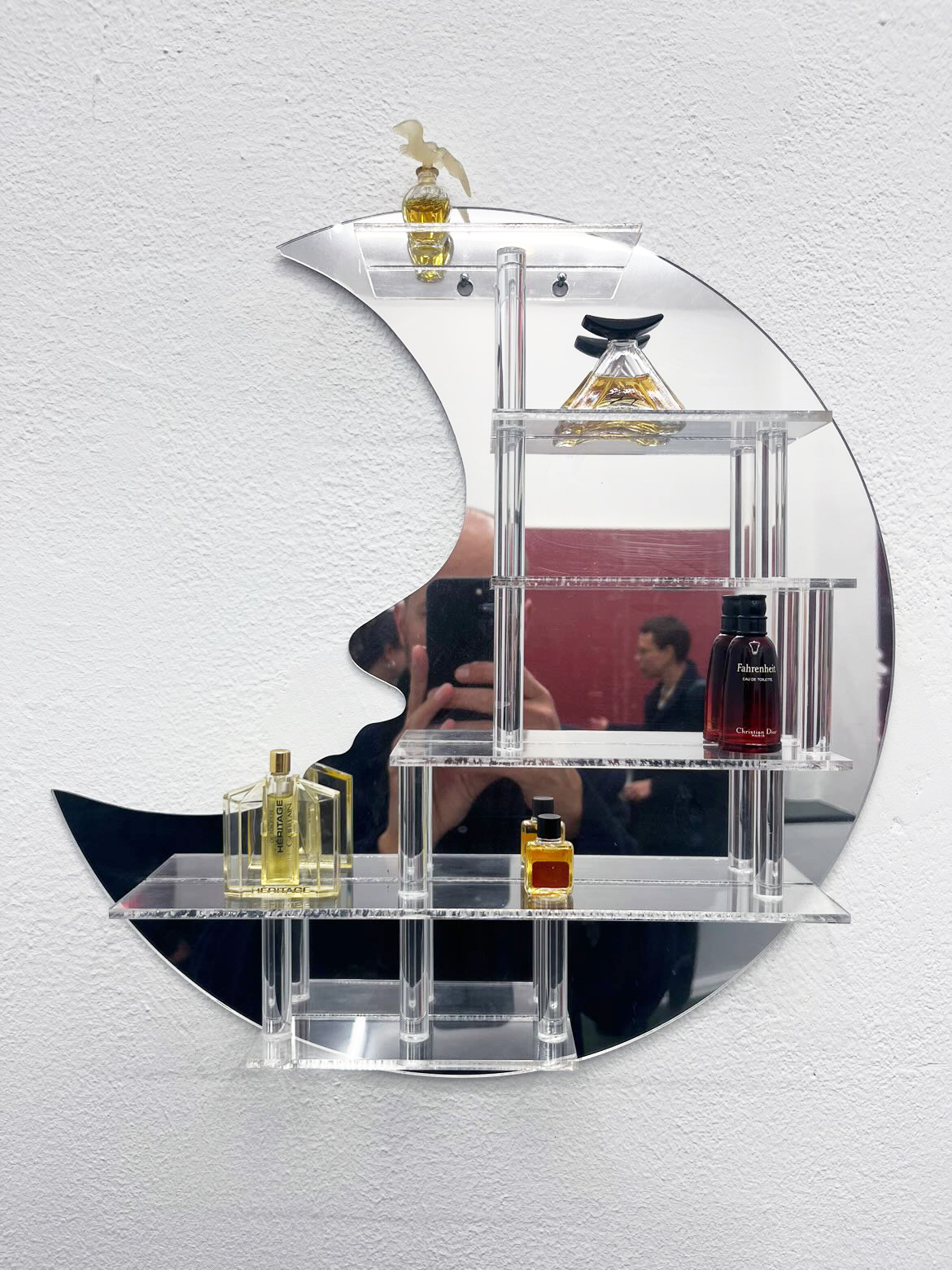
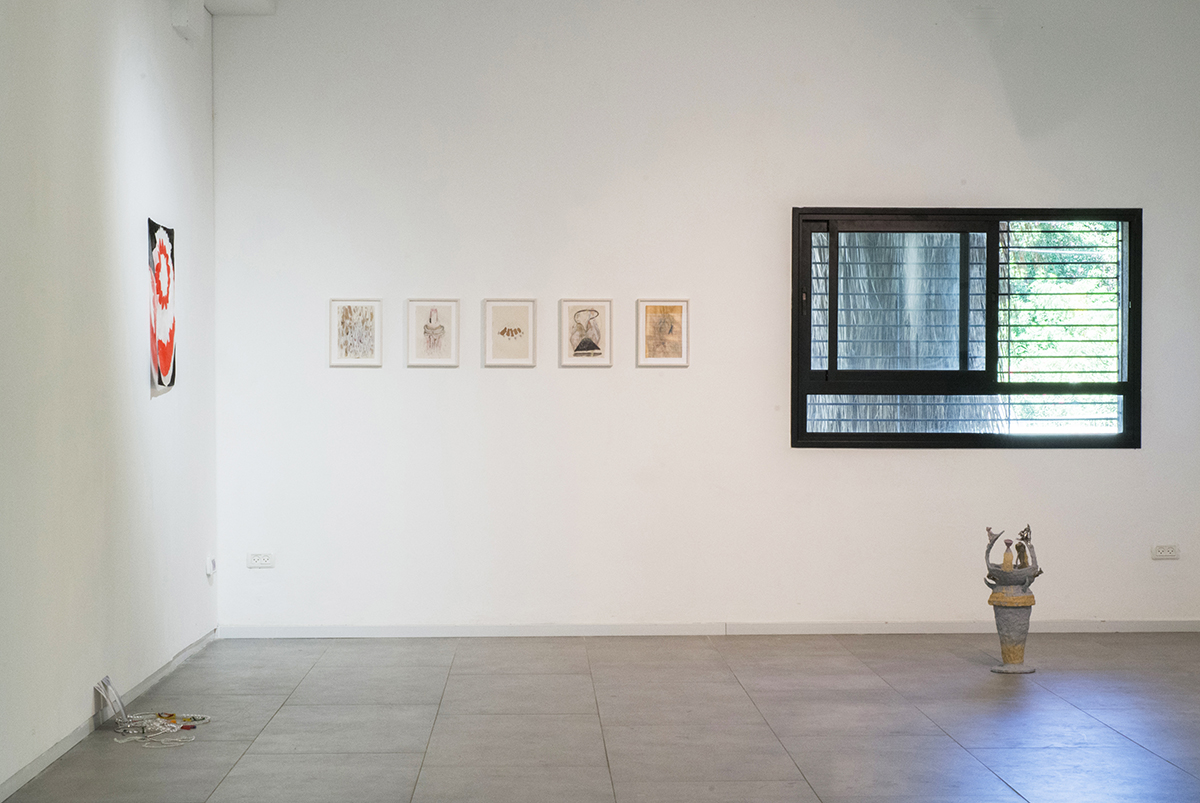
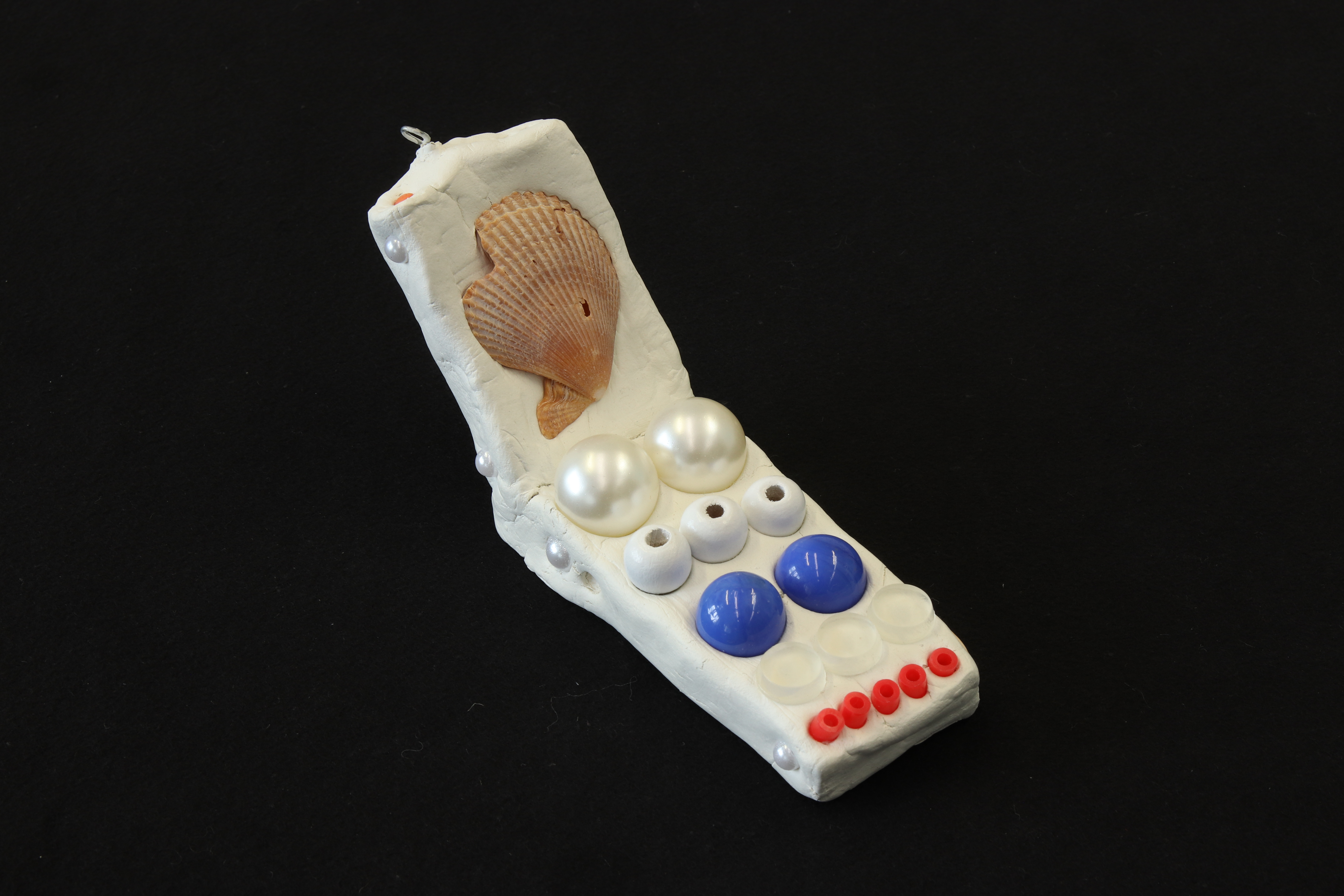
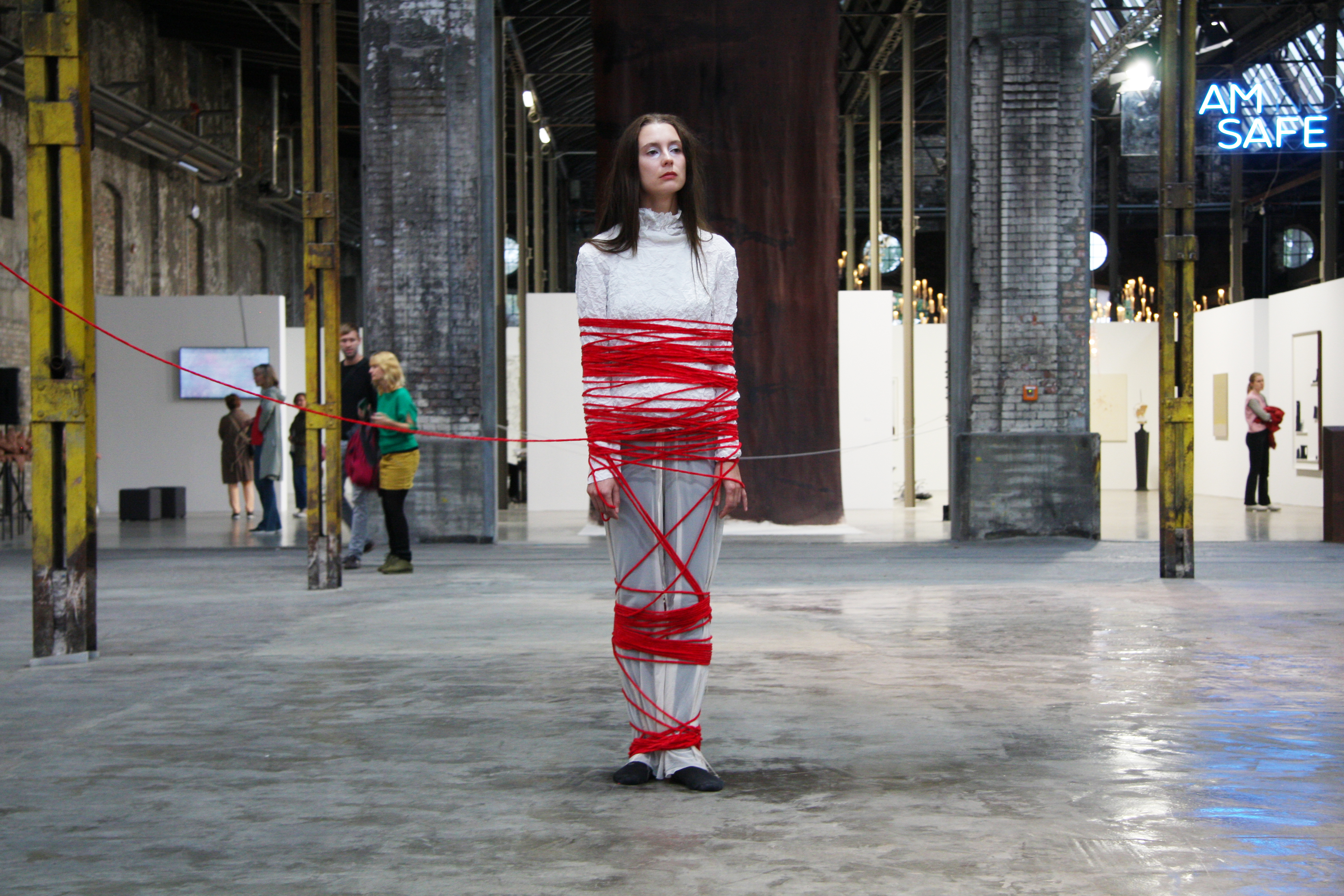
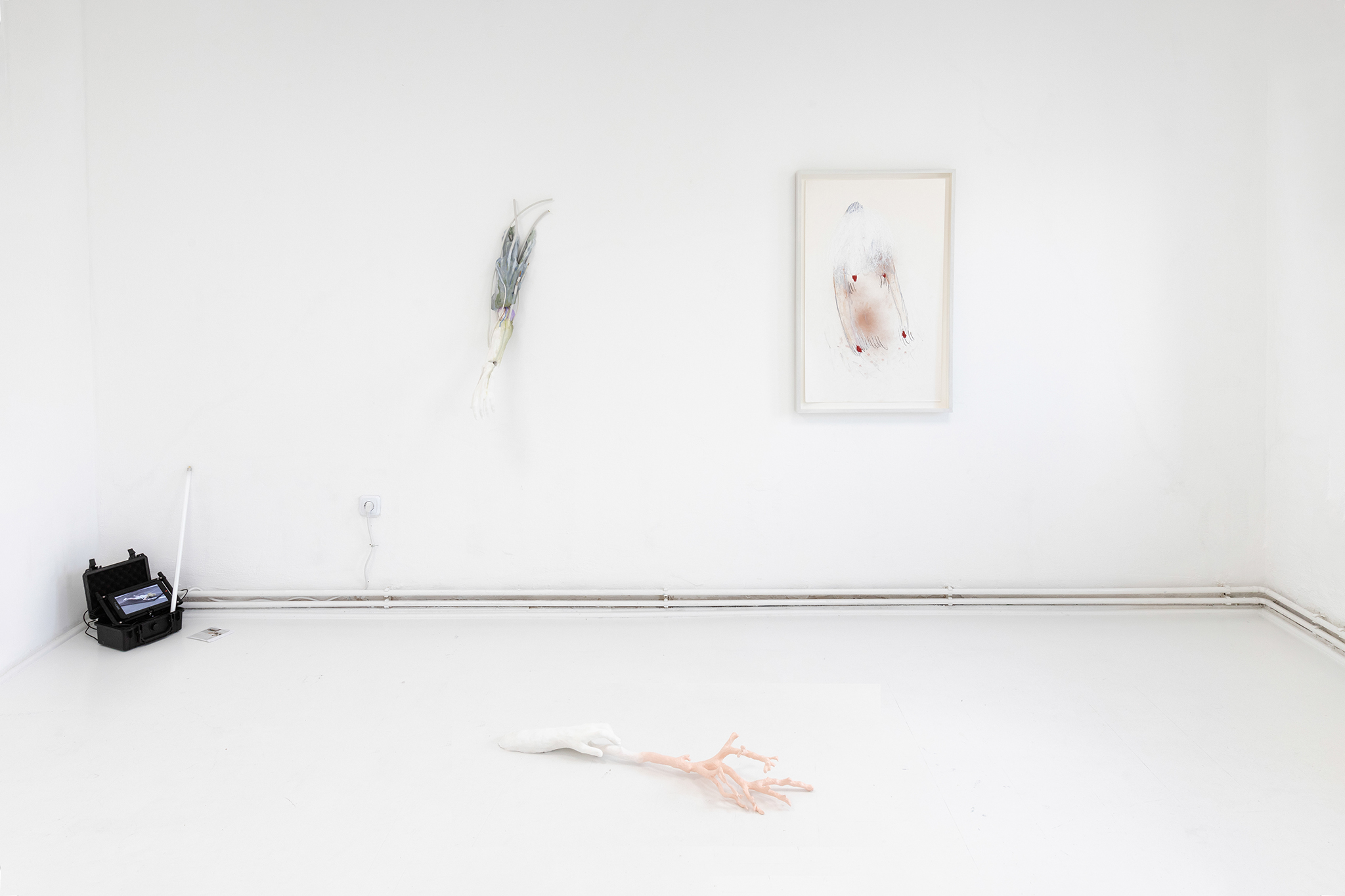
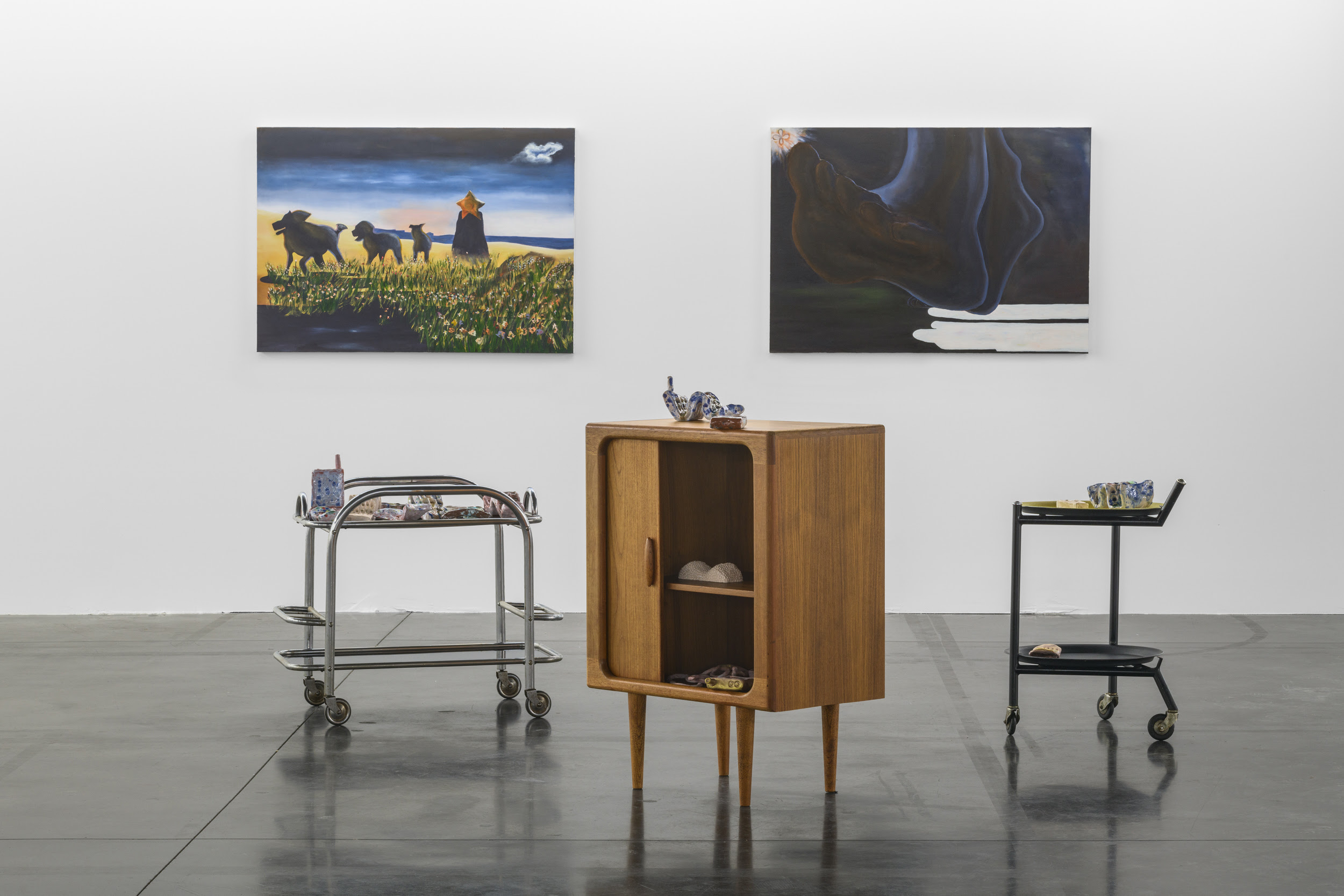
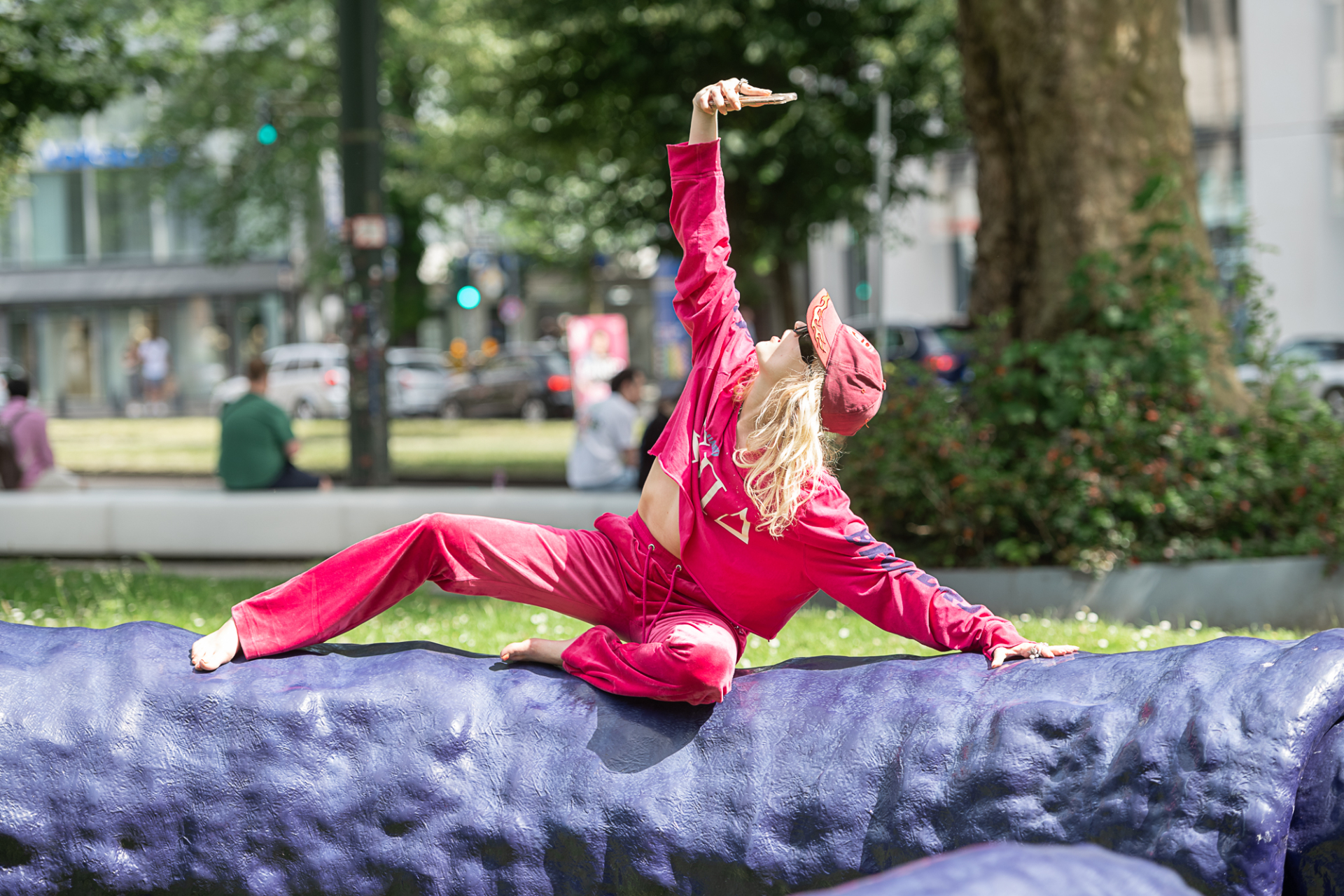
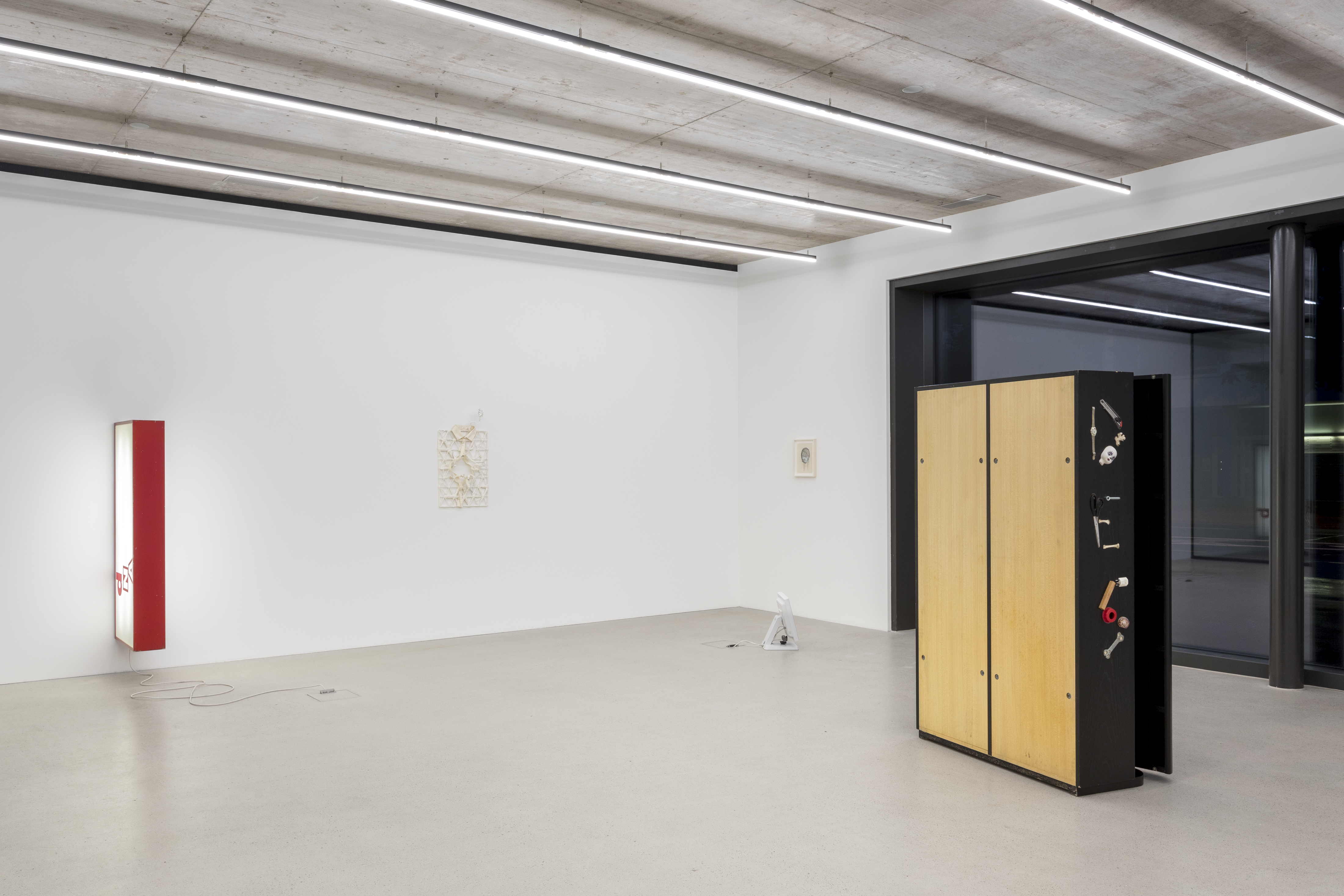
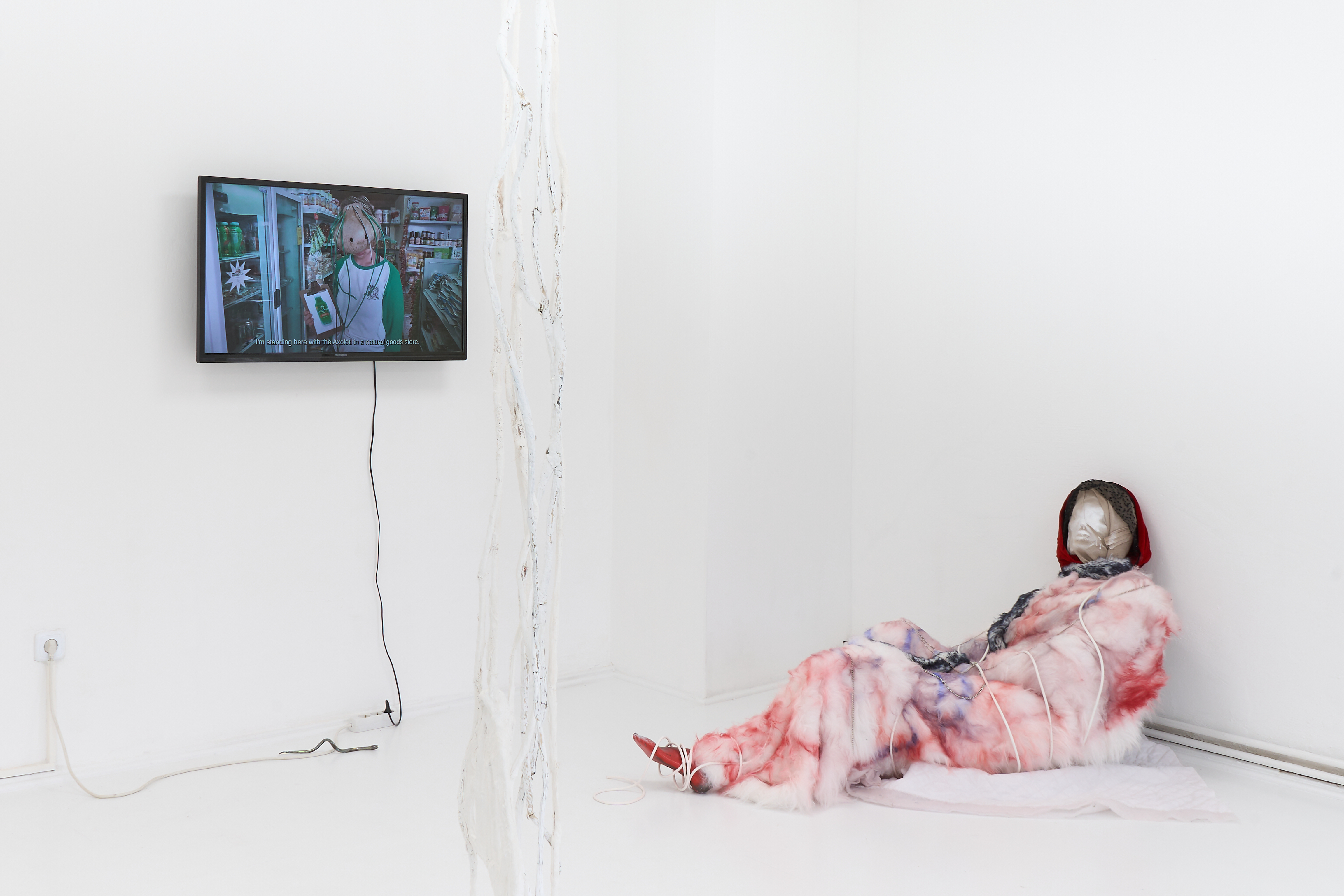
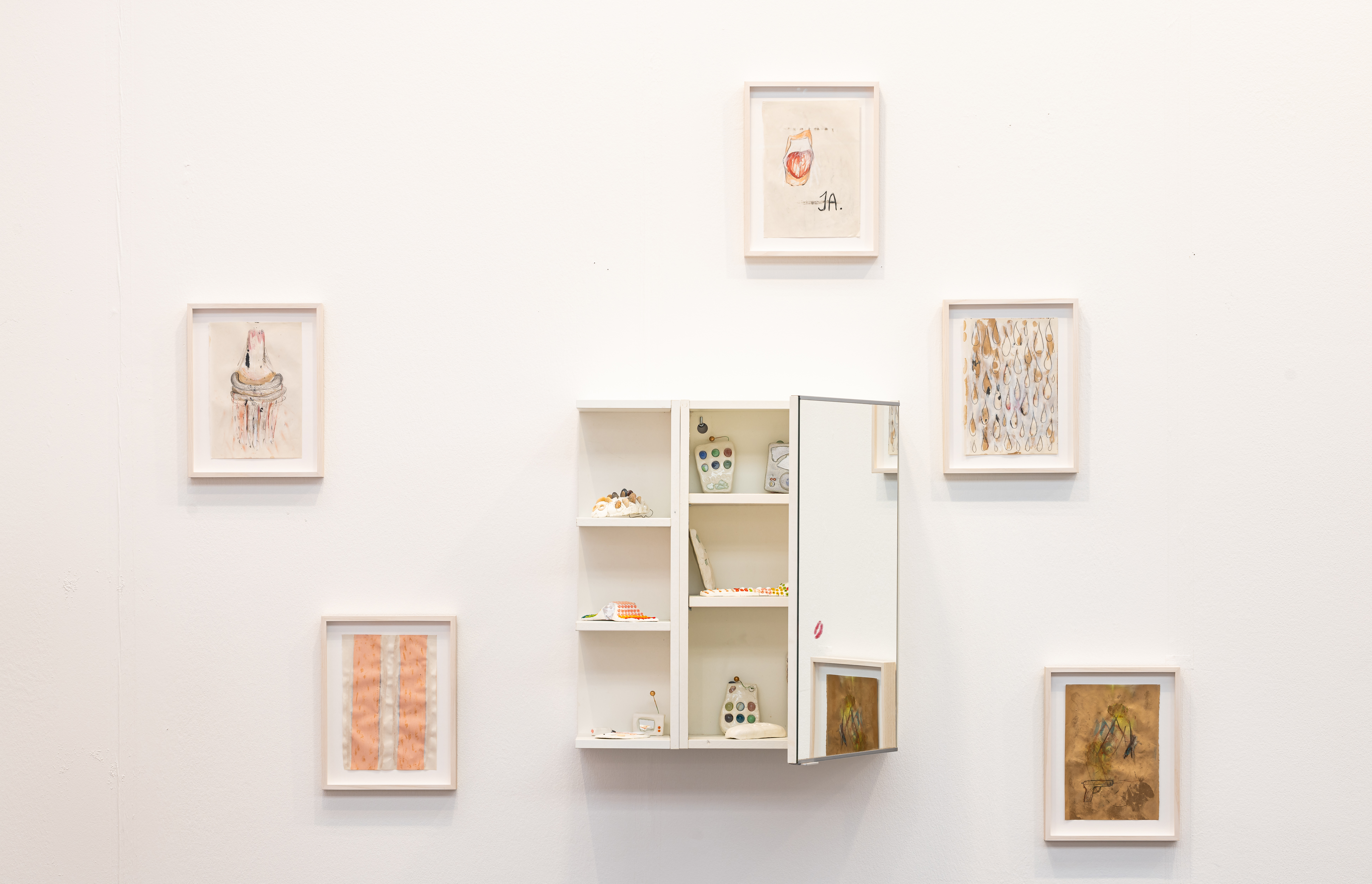
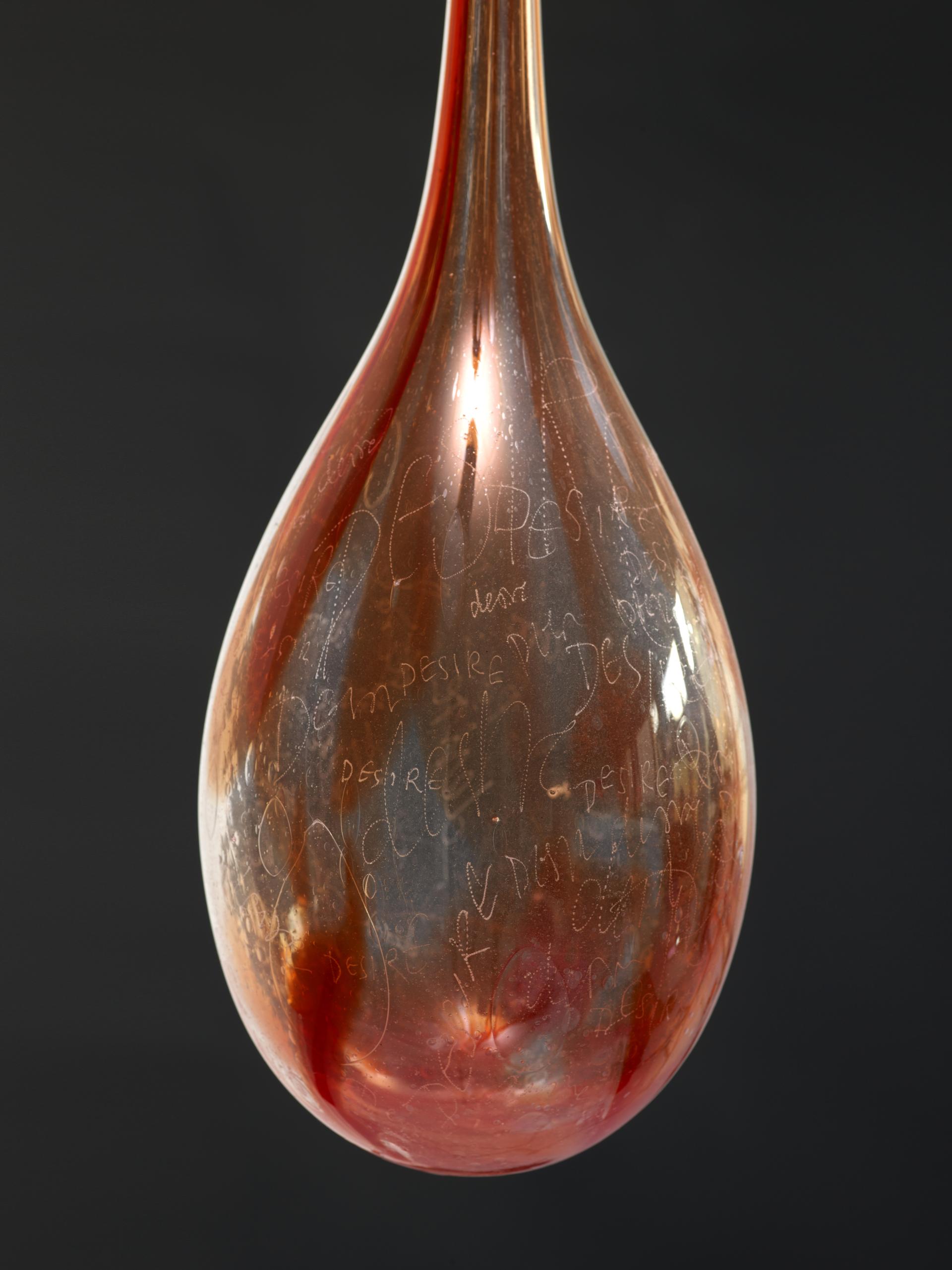
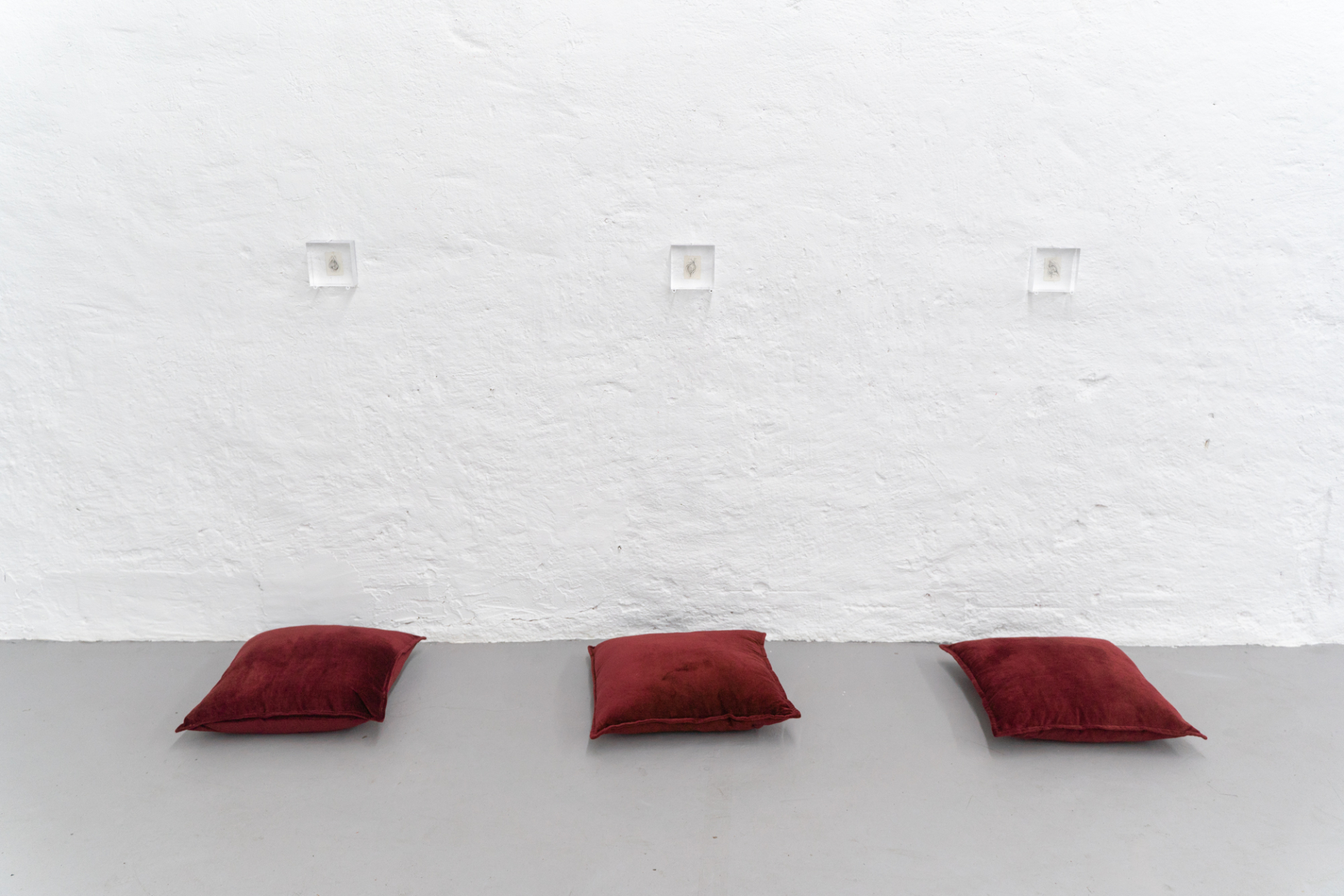
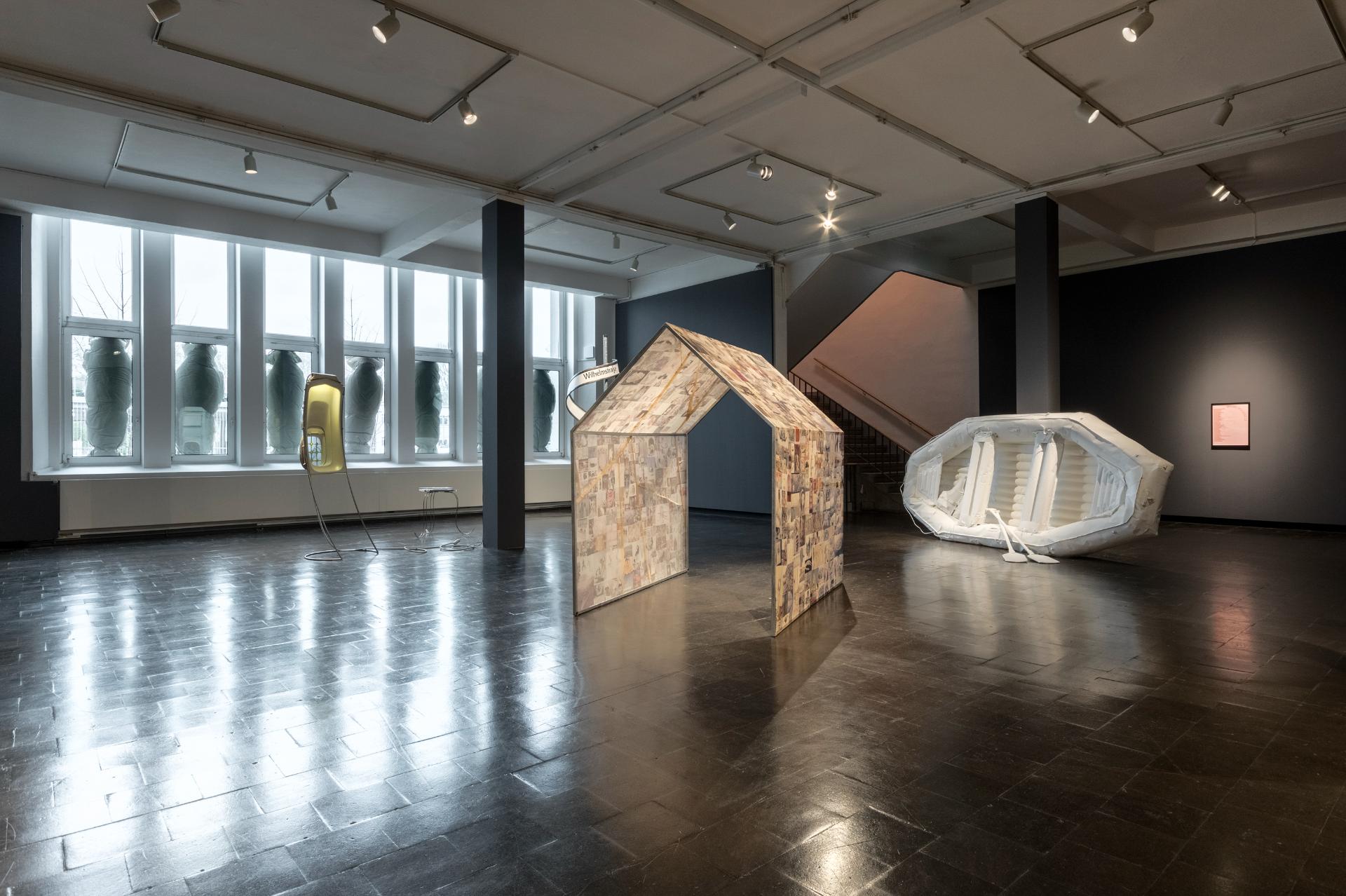
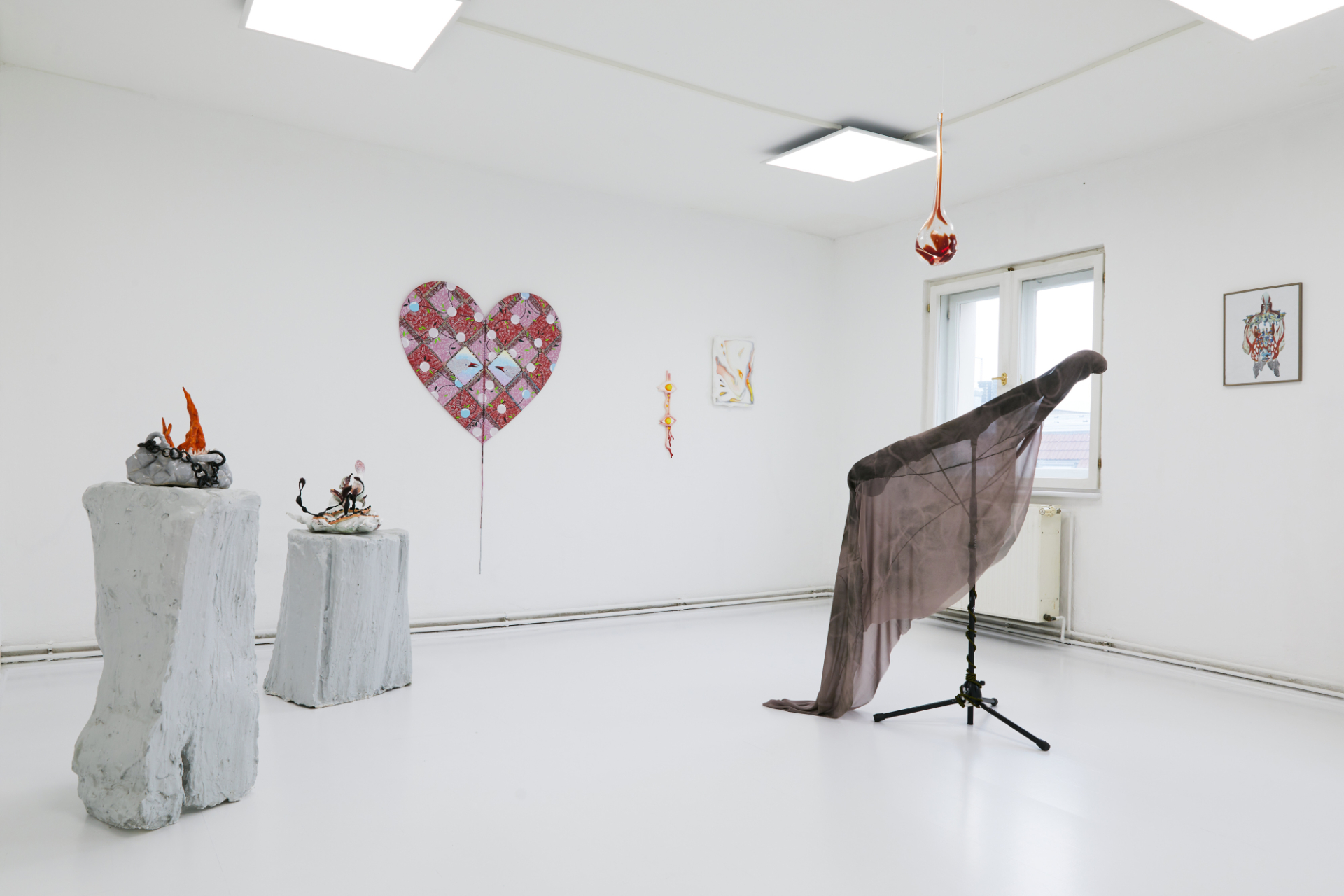
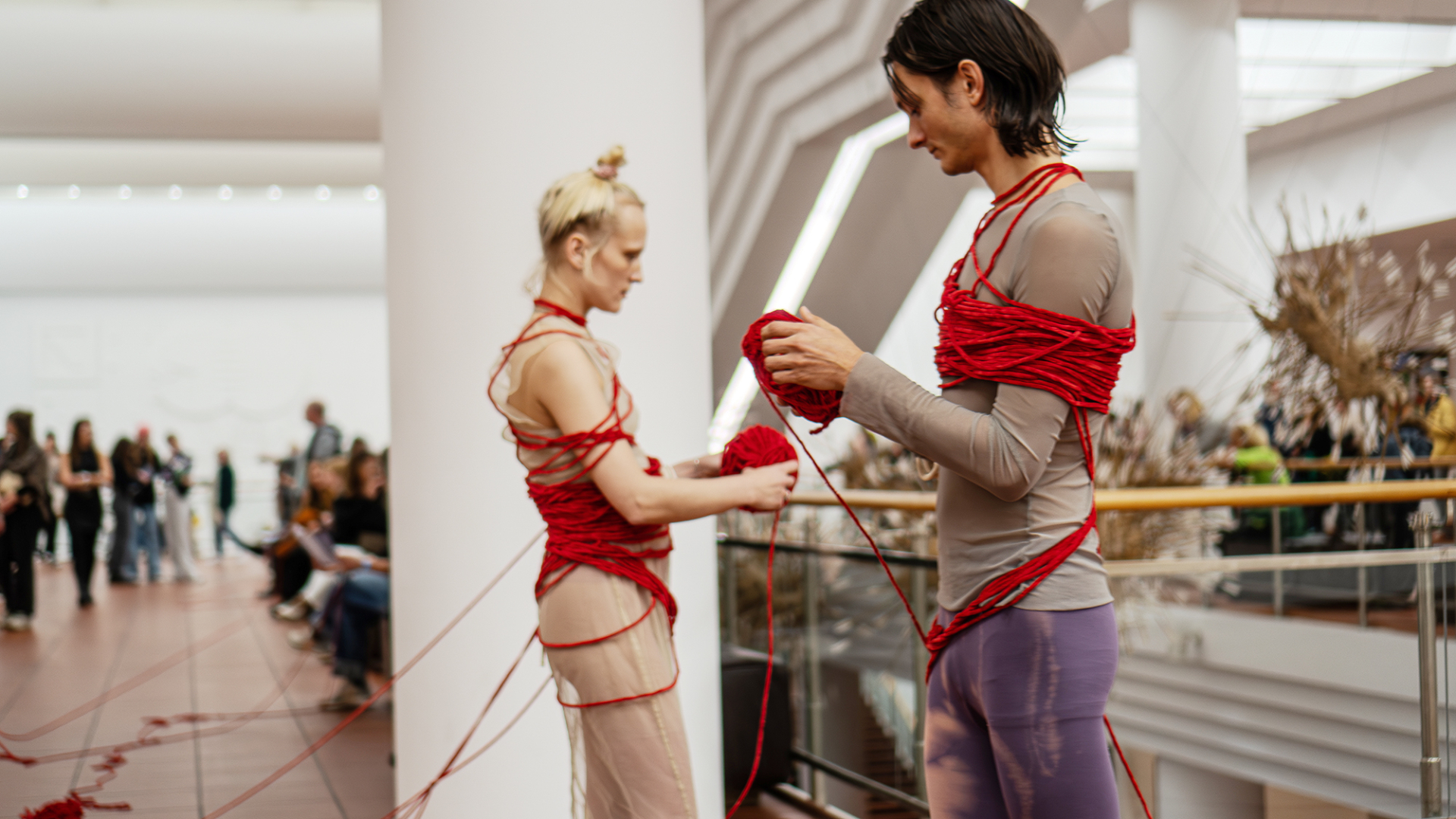
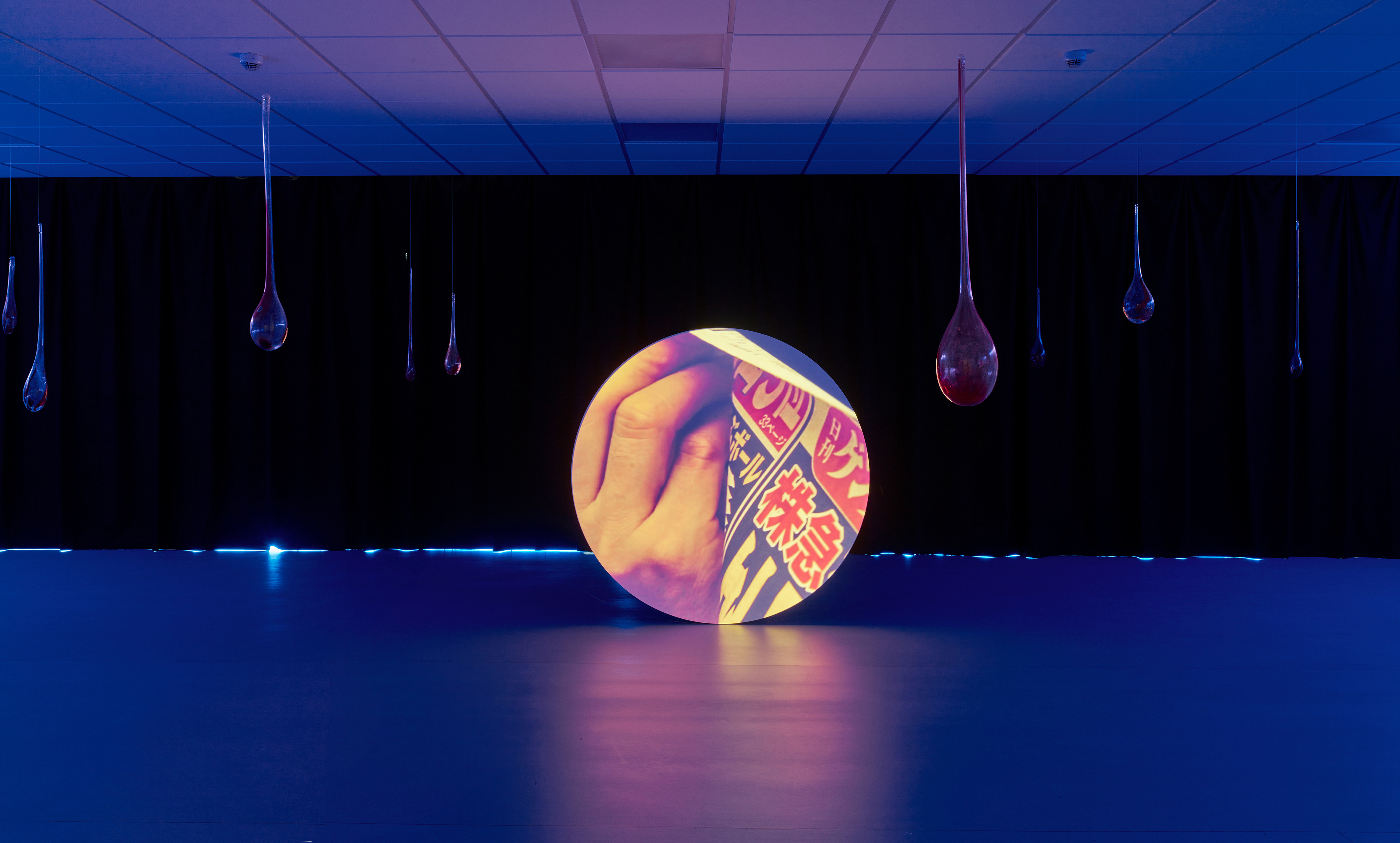
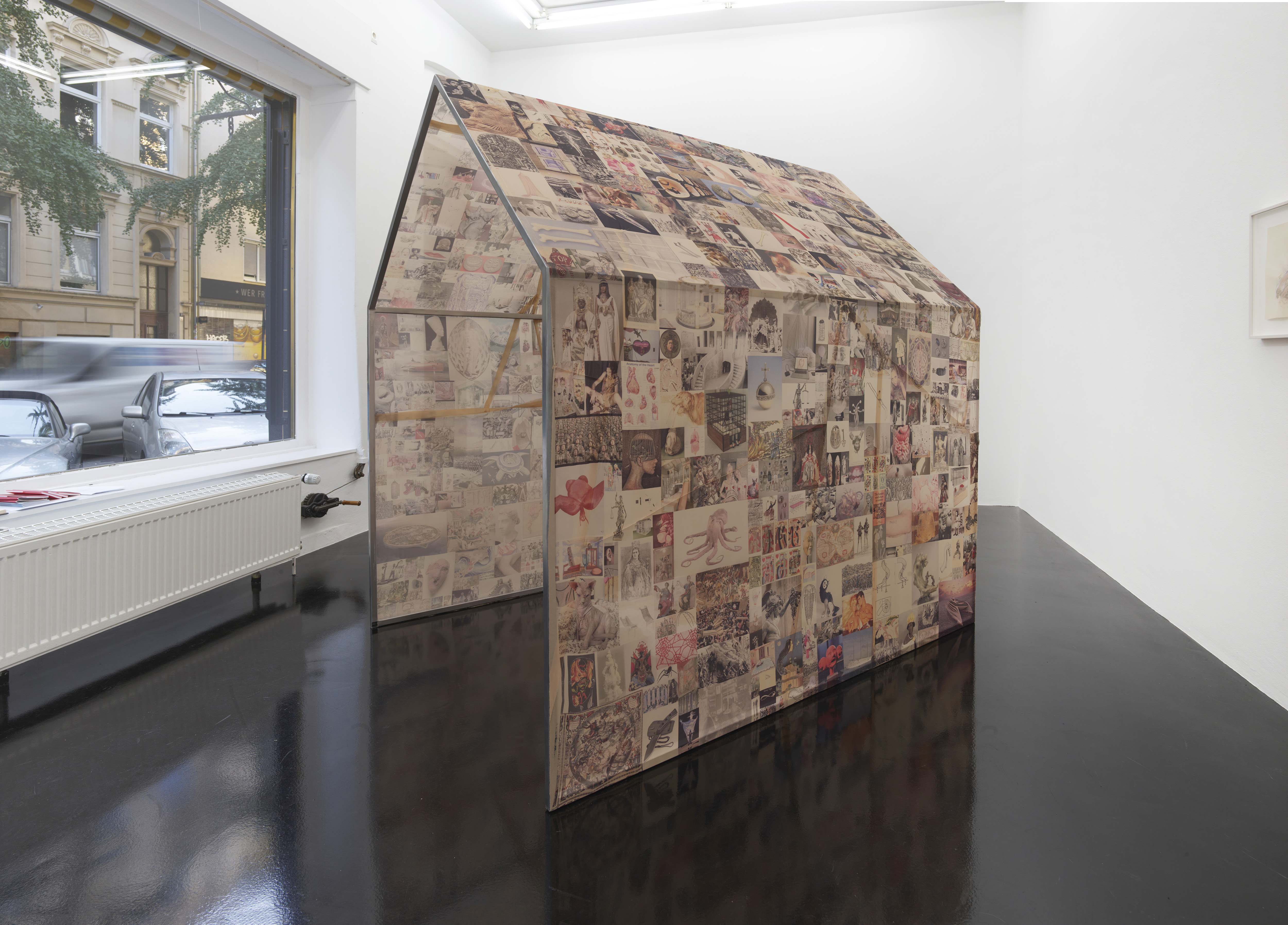

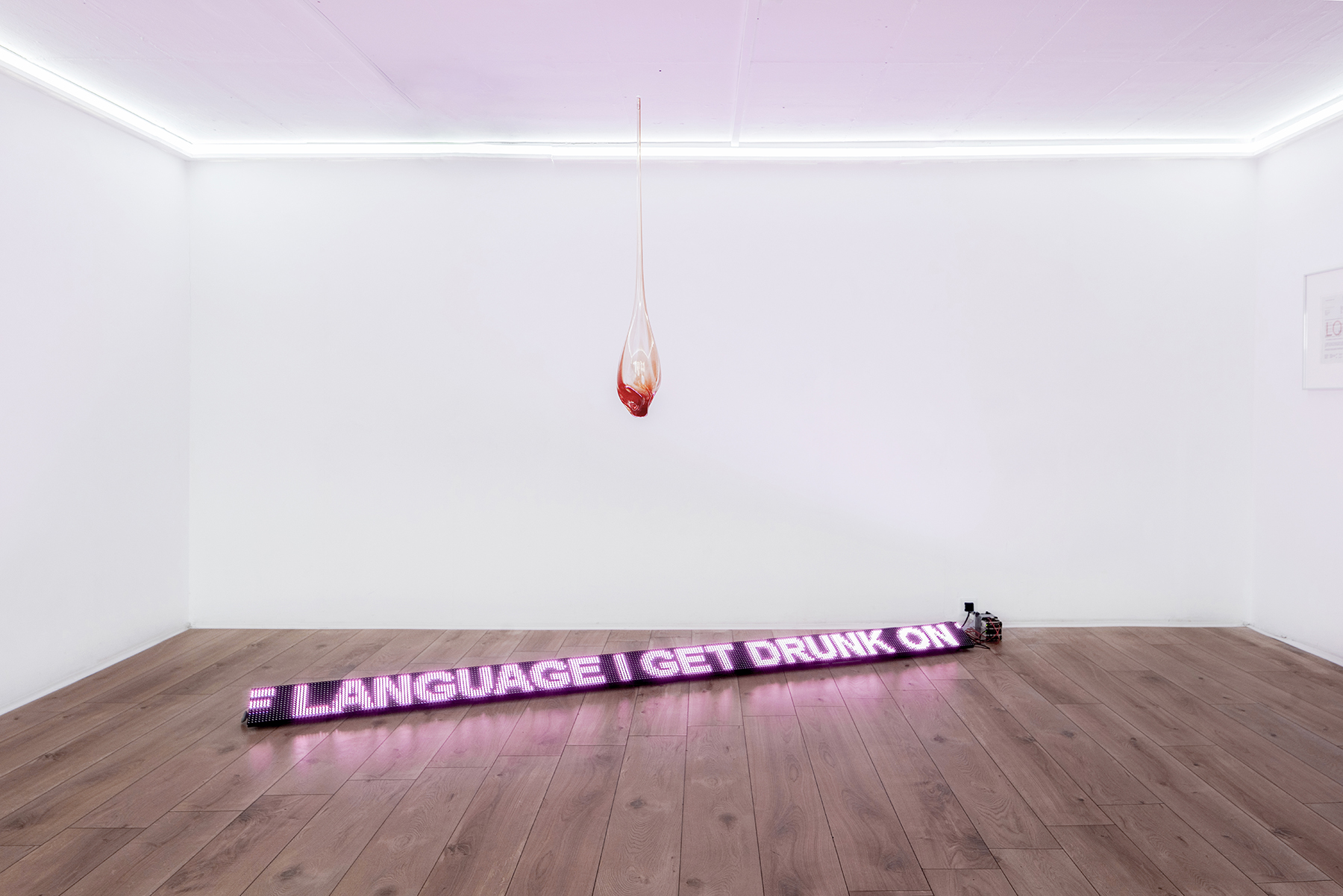
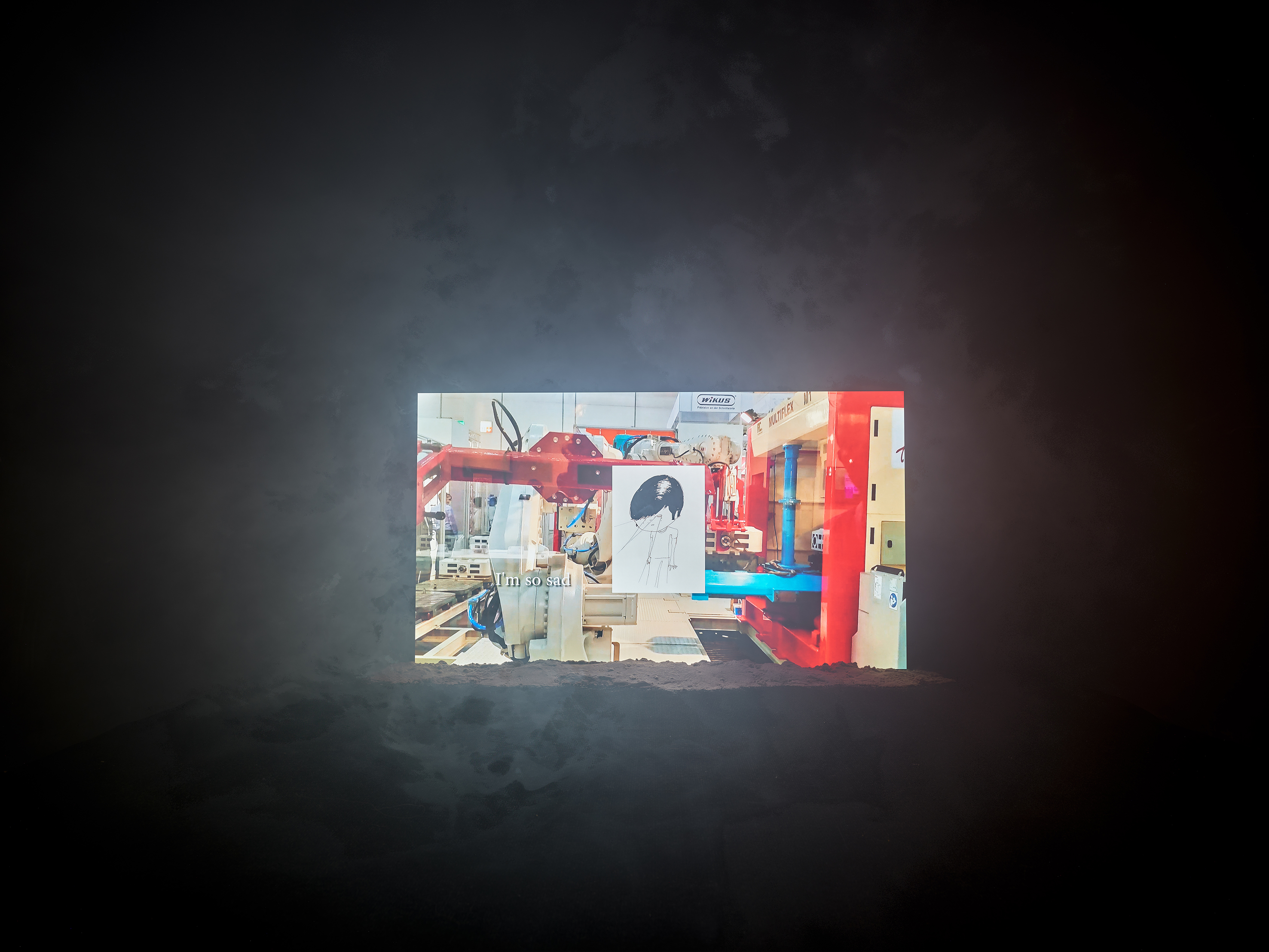
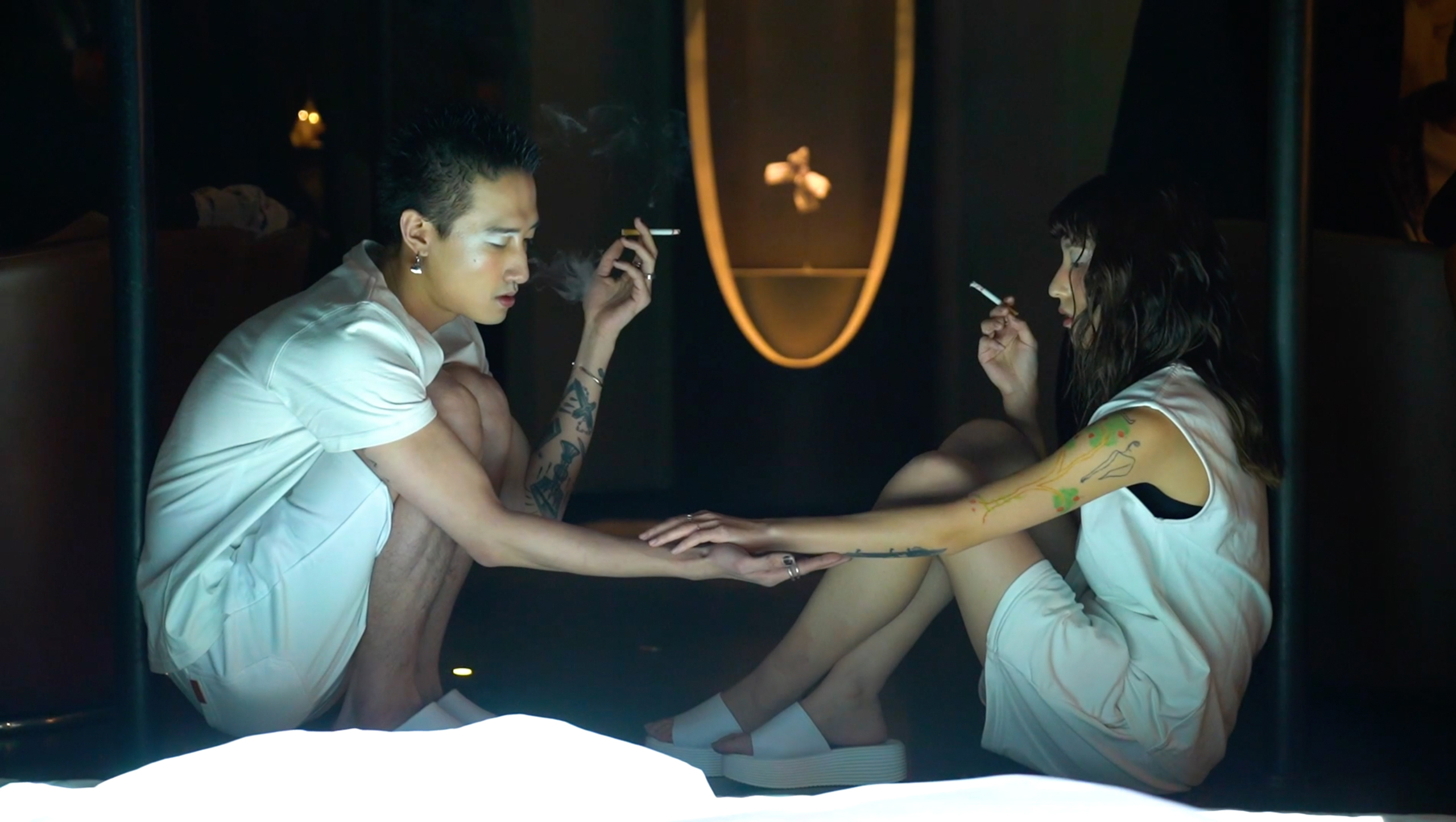

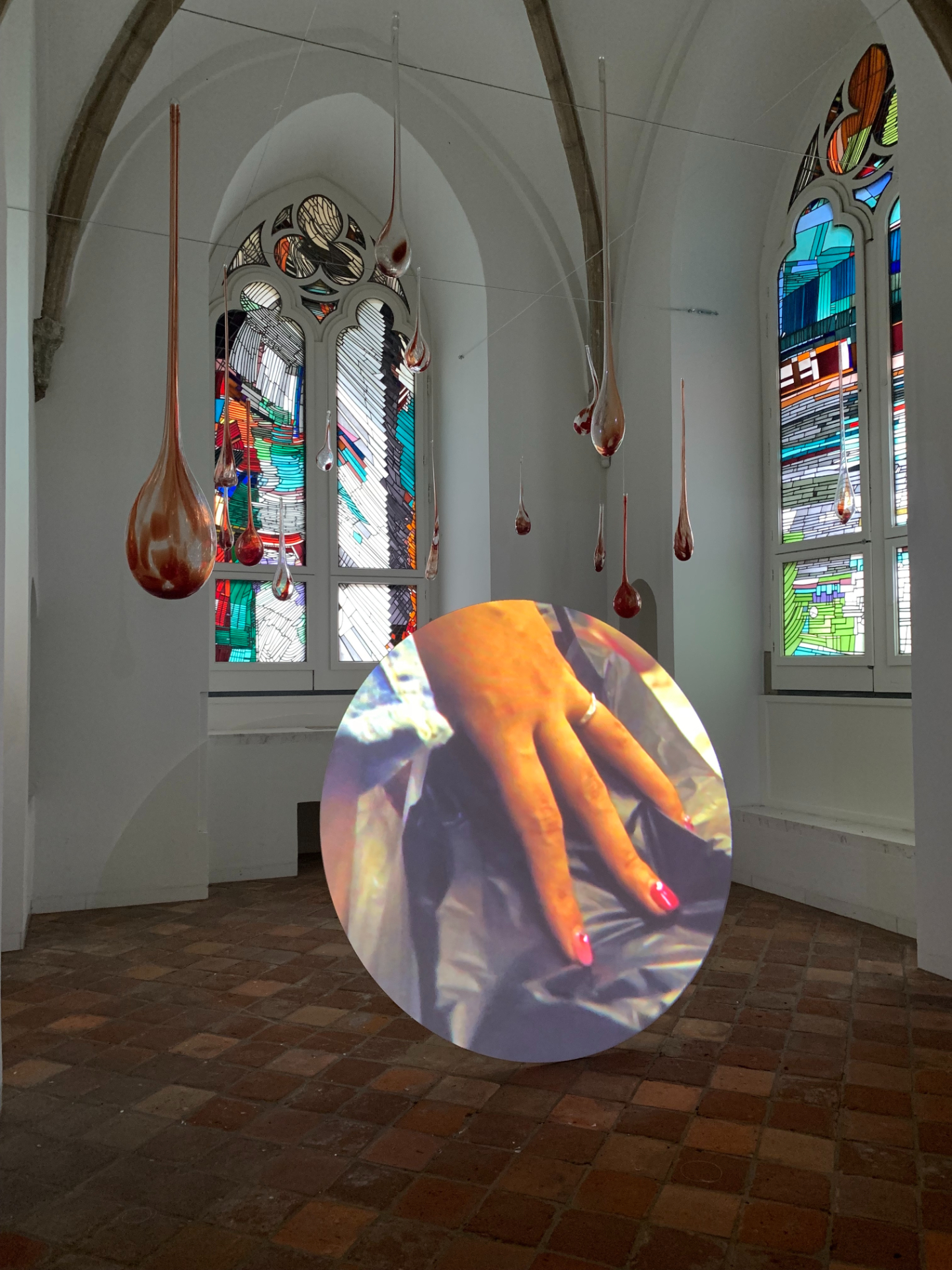
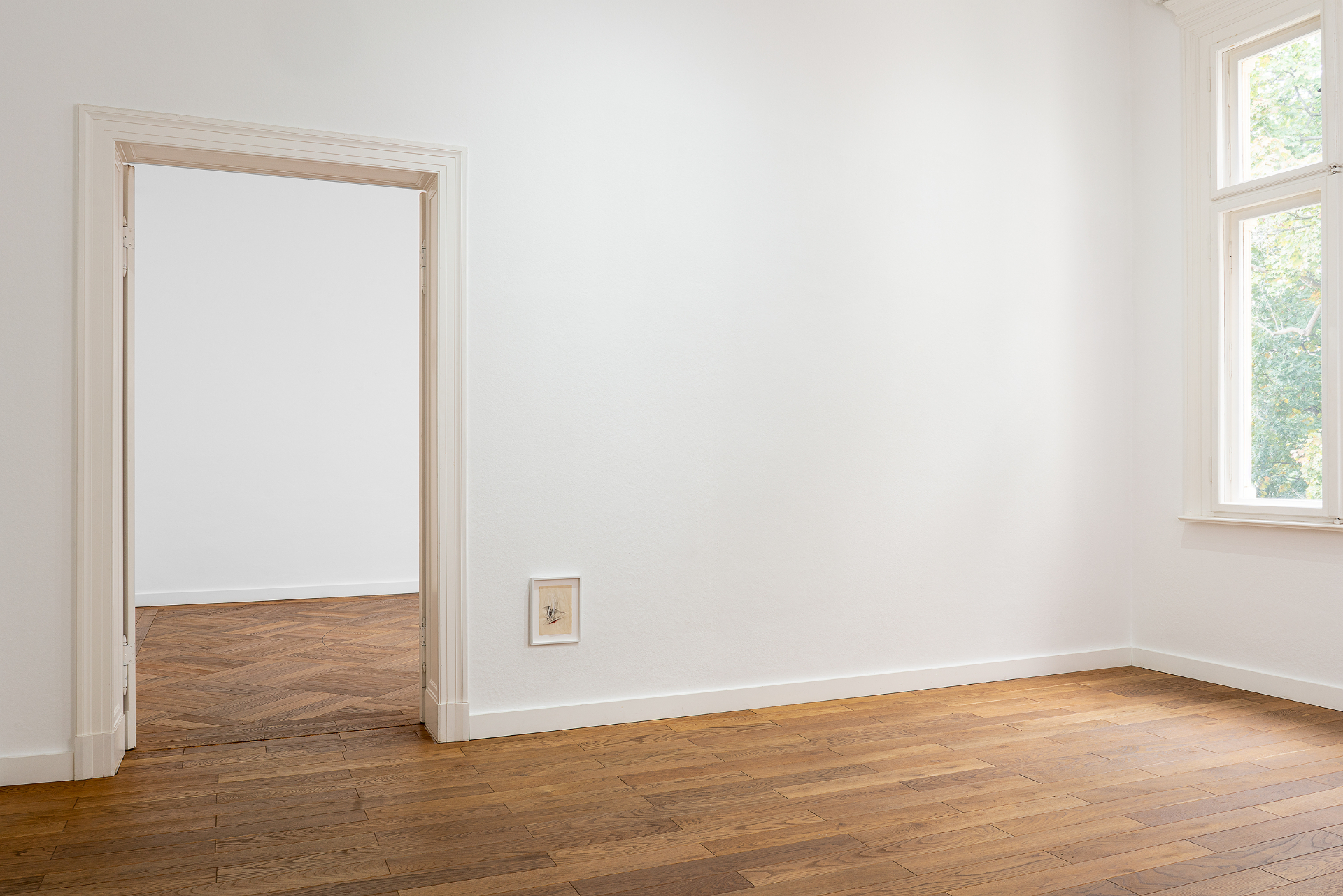
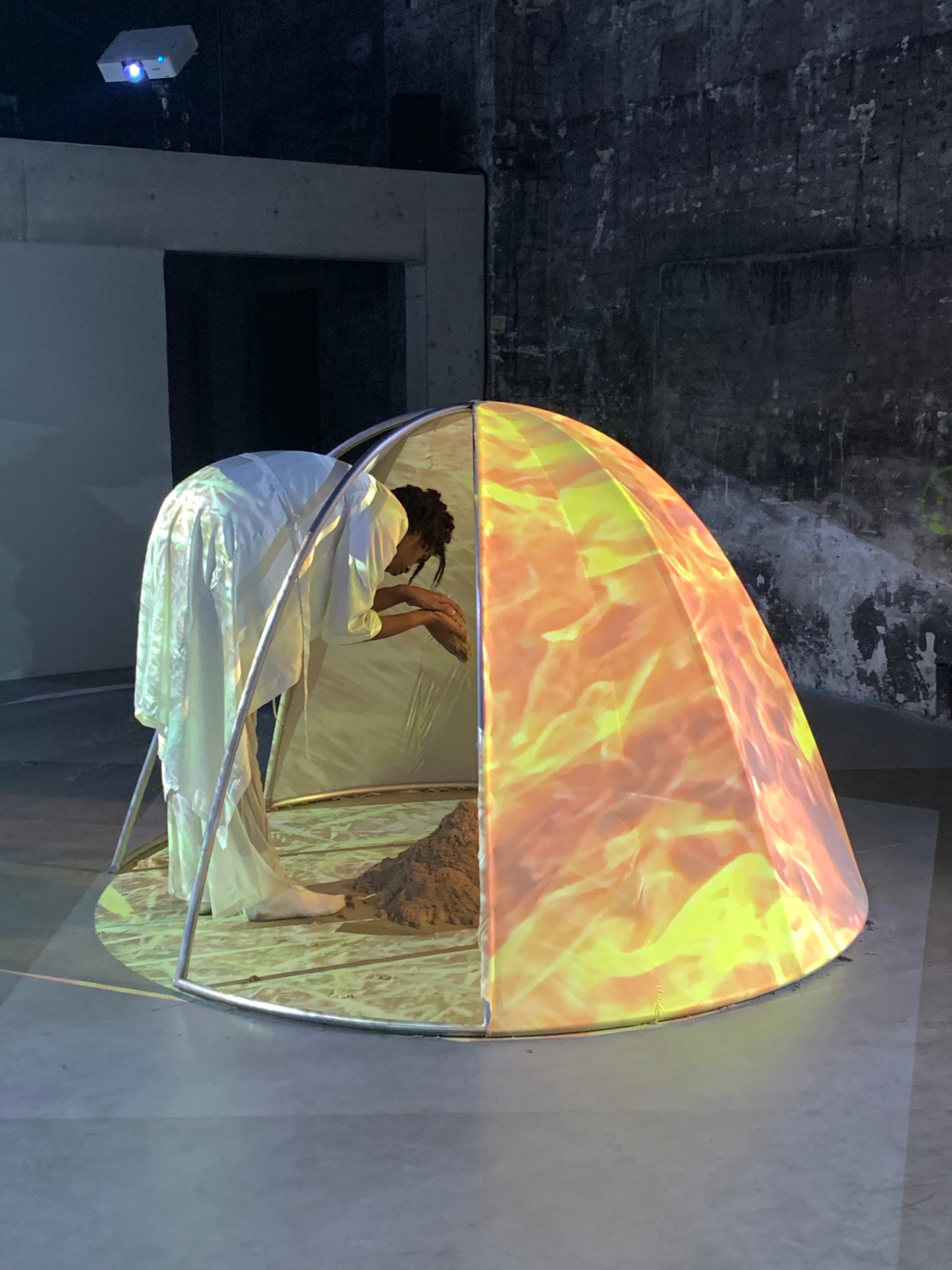

![Metamorphoses of Control [Catalogue launch]](https://media.isabellafuernkaes.com/Isabella_Fuernkaes_Mouches_Volantes_Metamorphoses_of_Control_2022_00001.jpg)
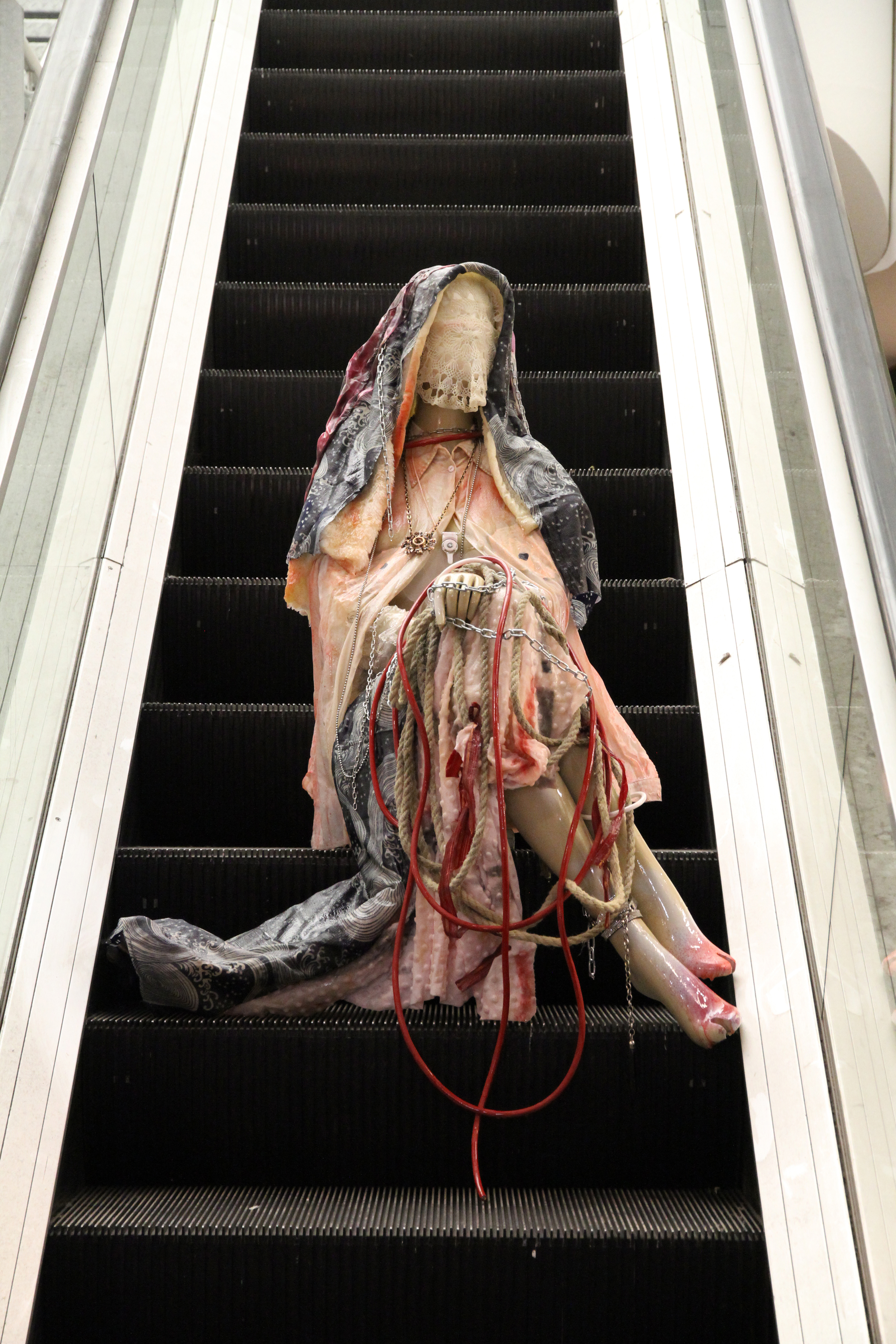
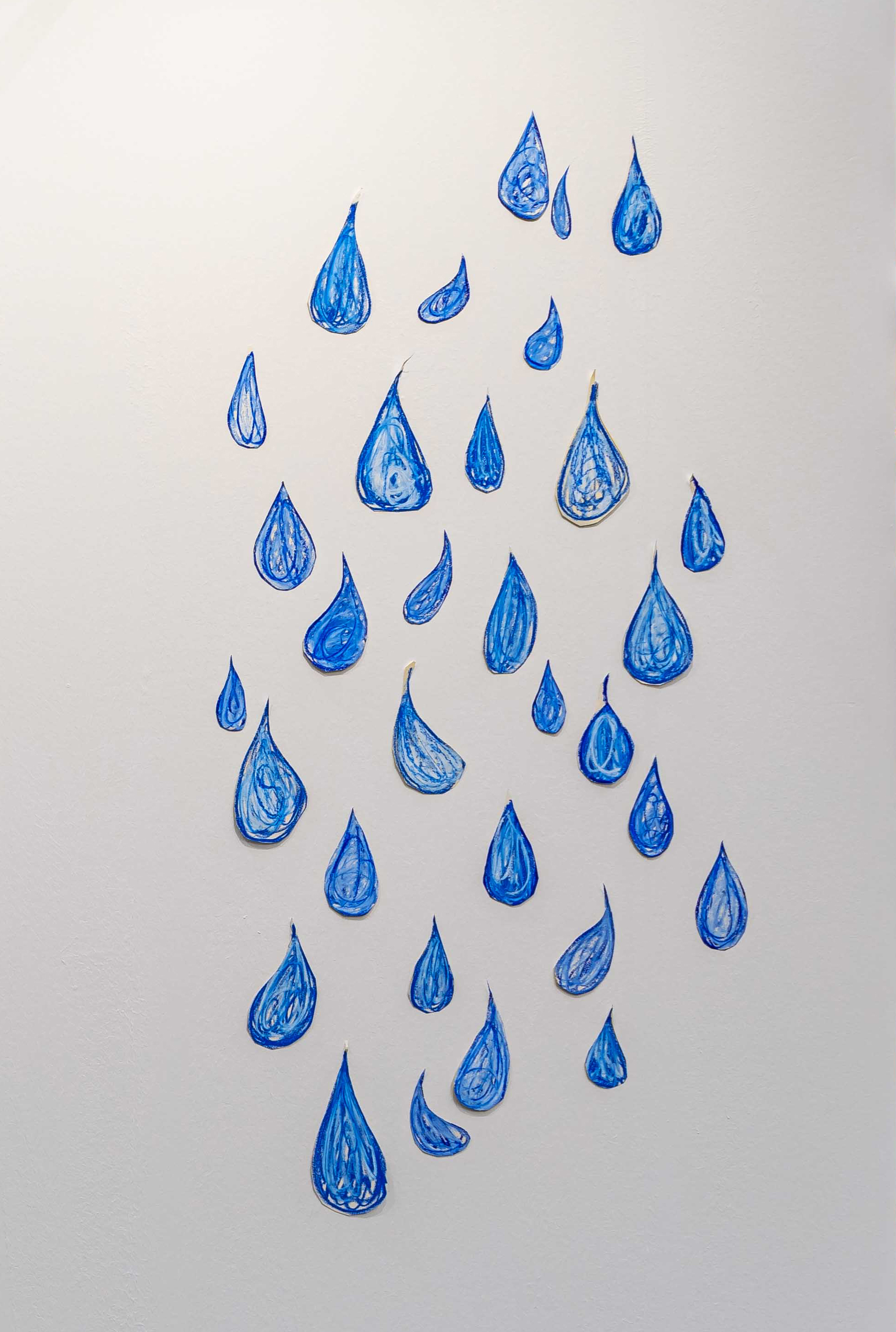
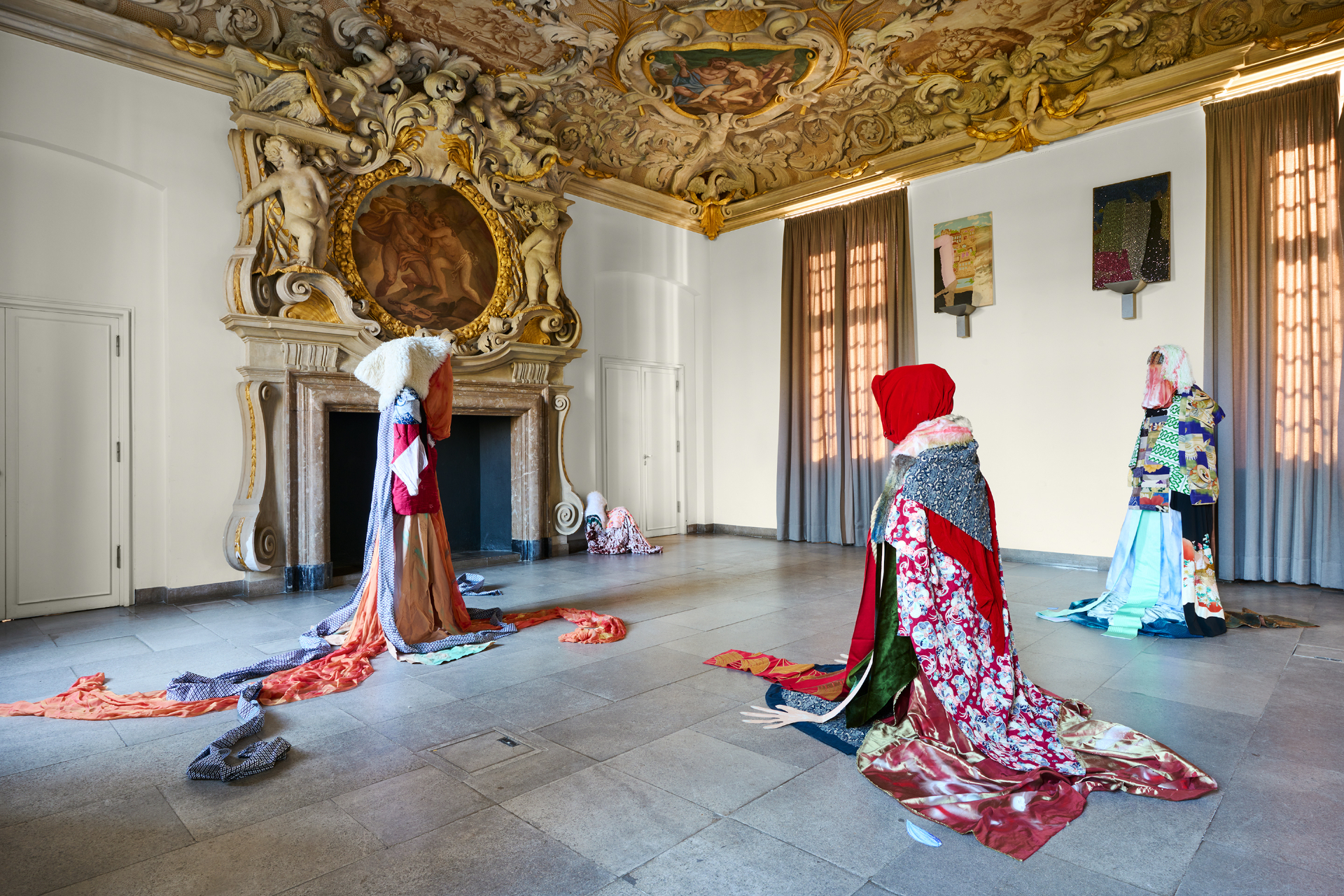
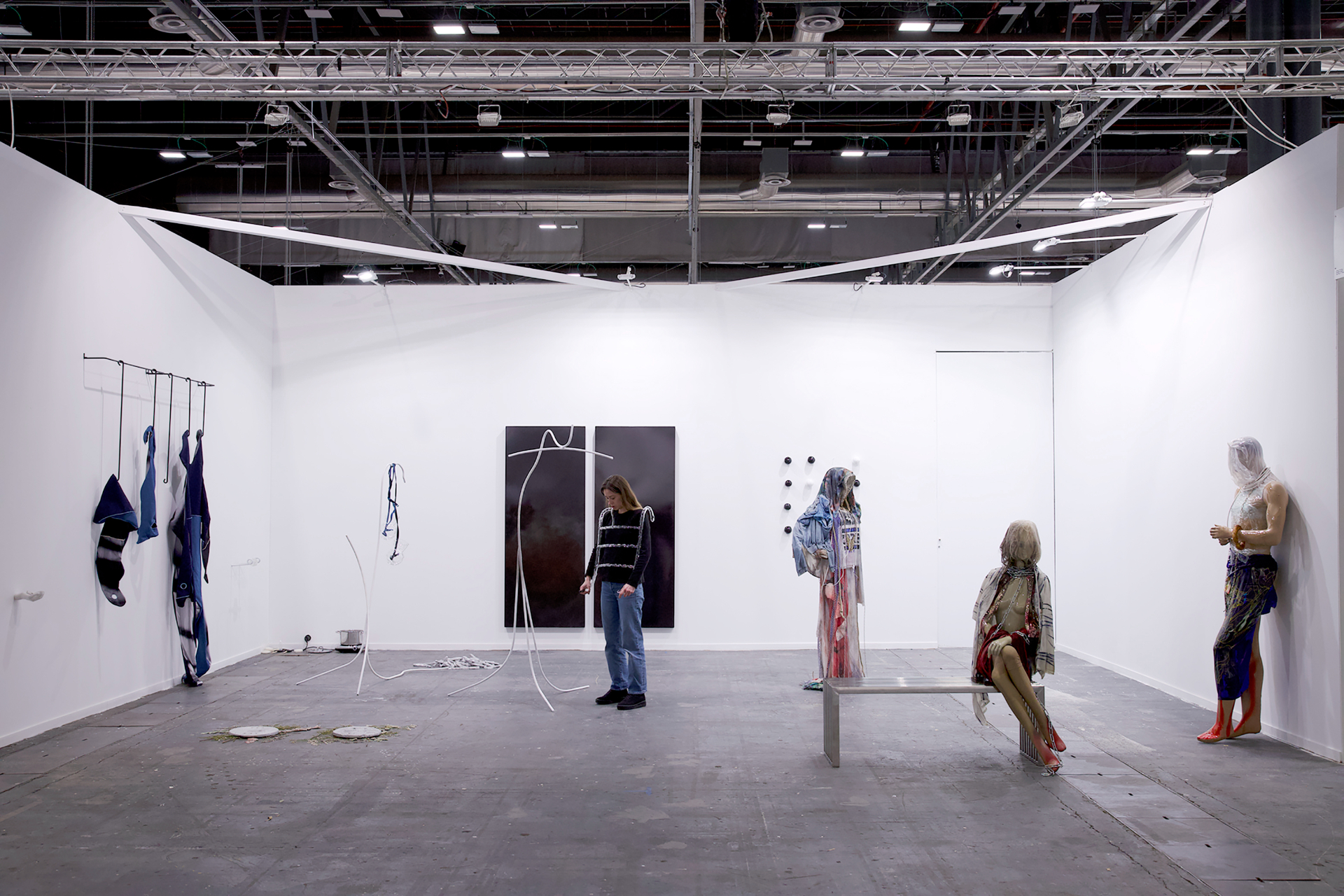
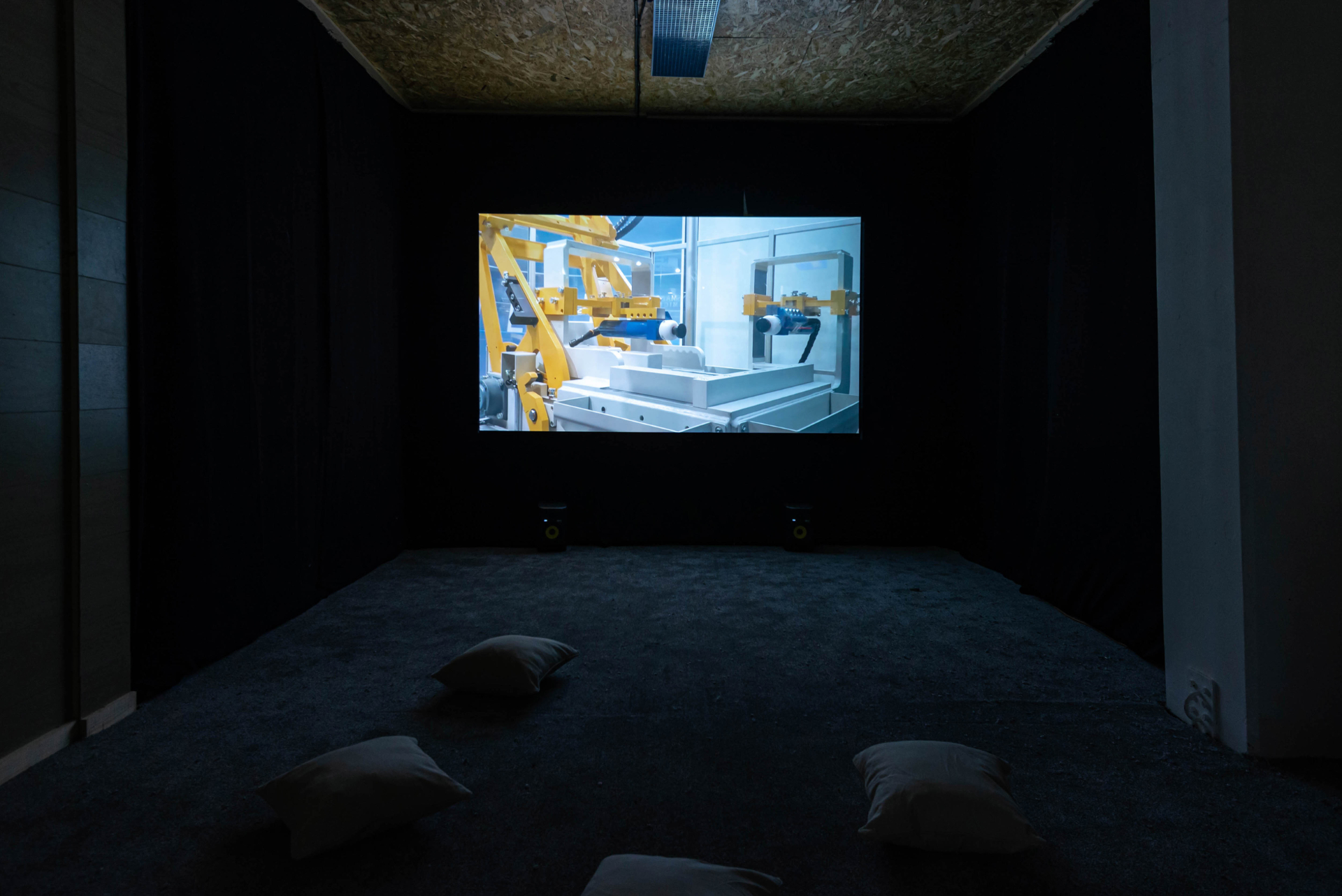

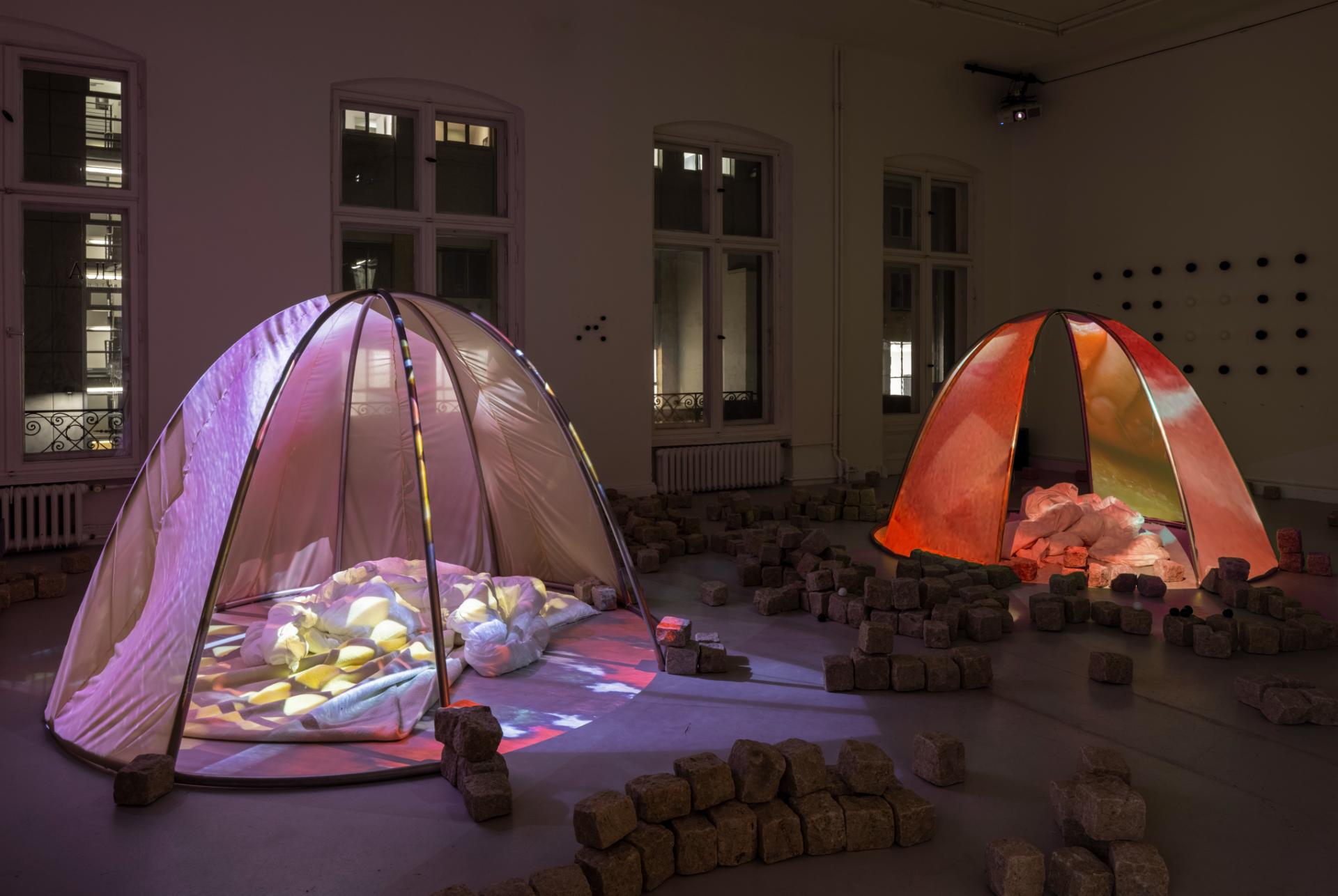
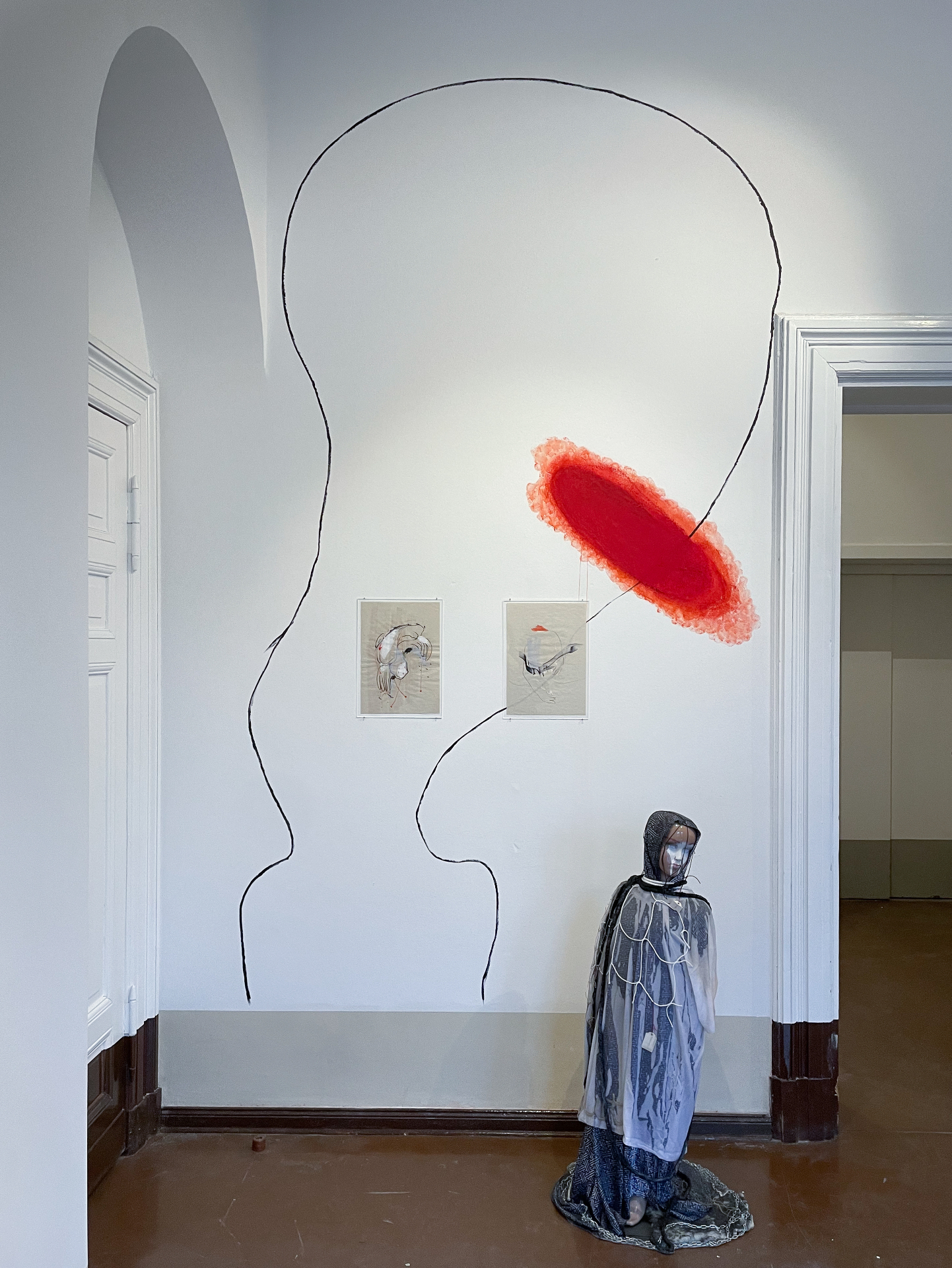

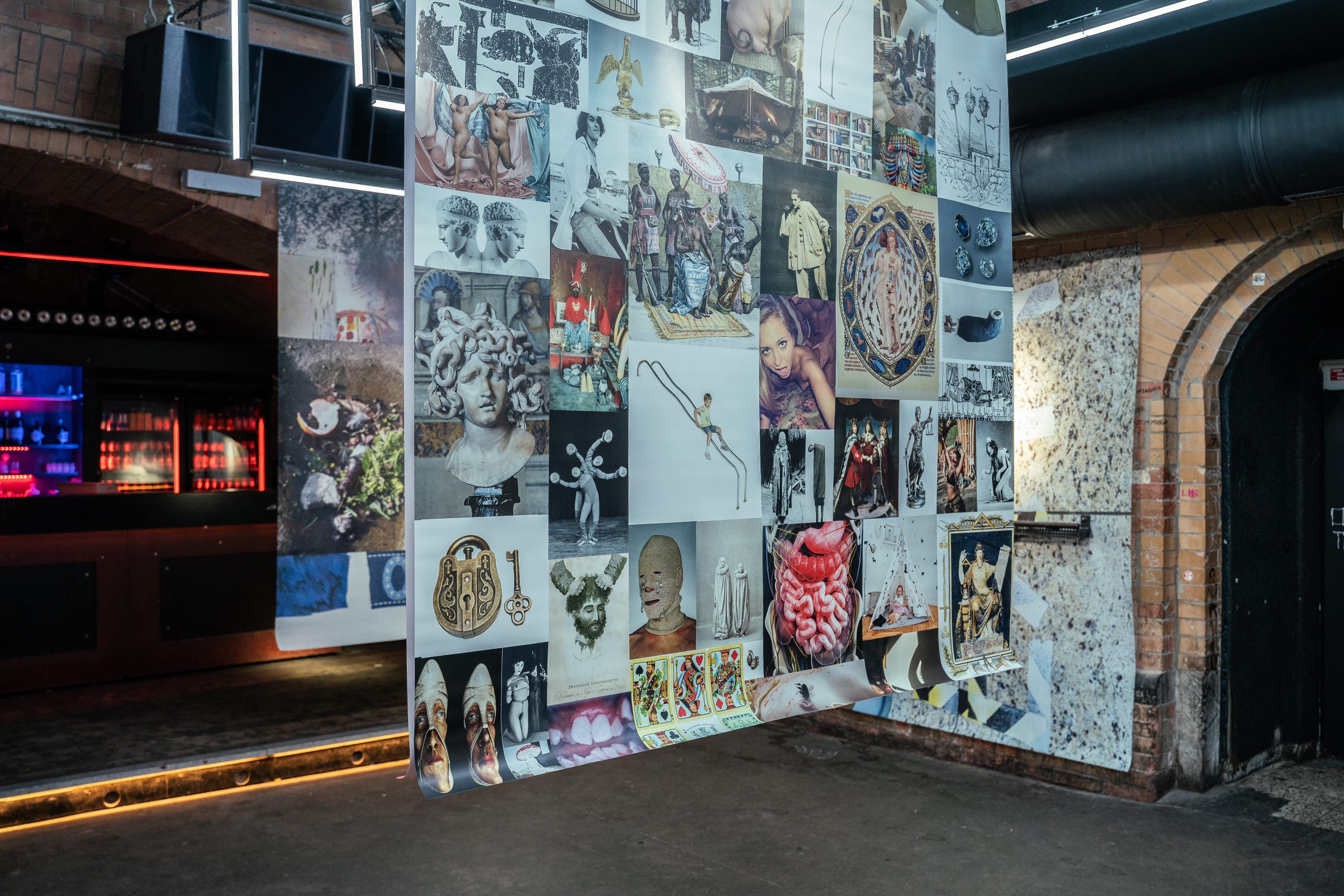
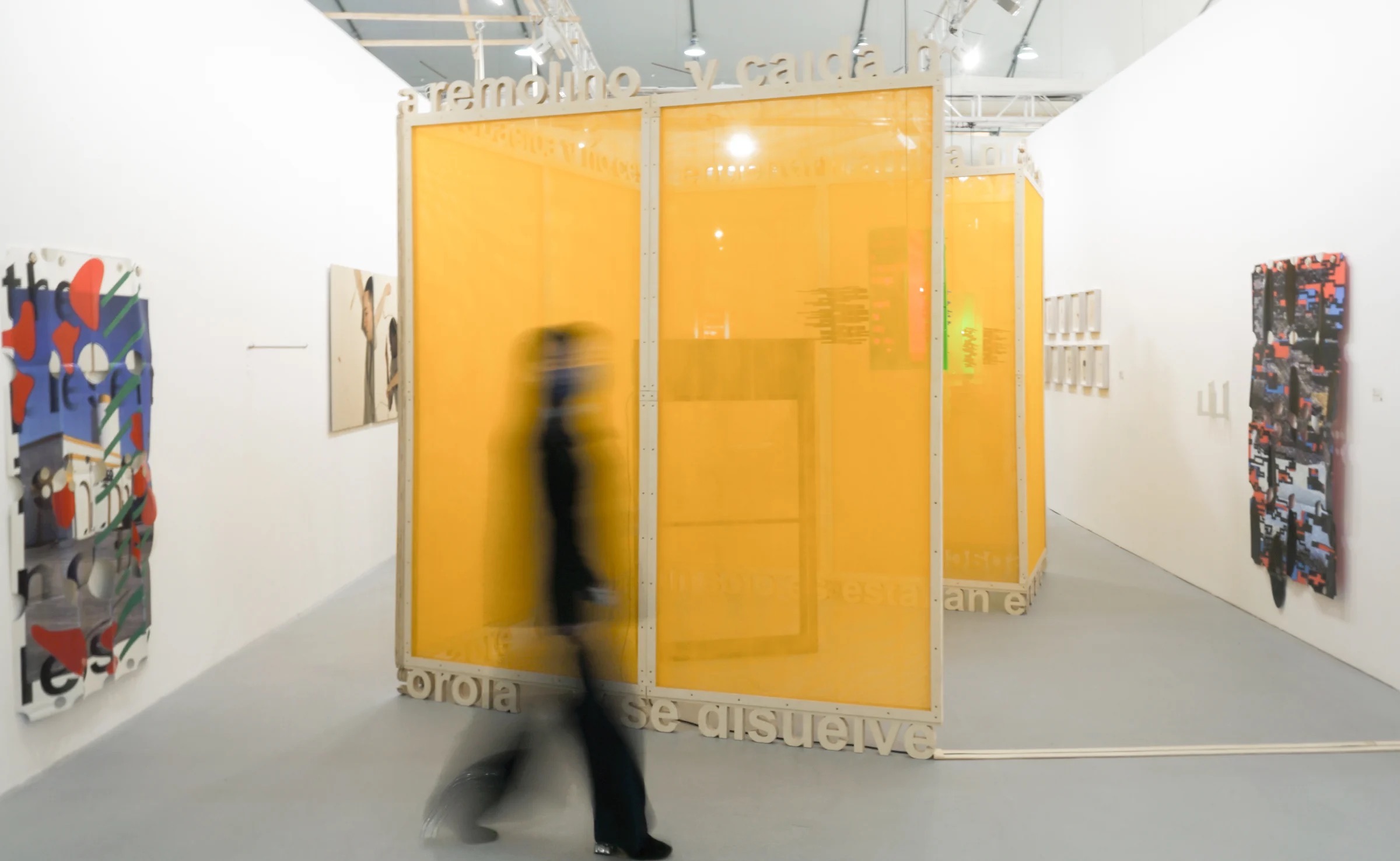
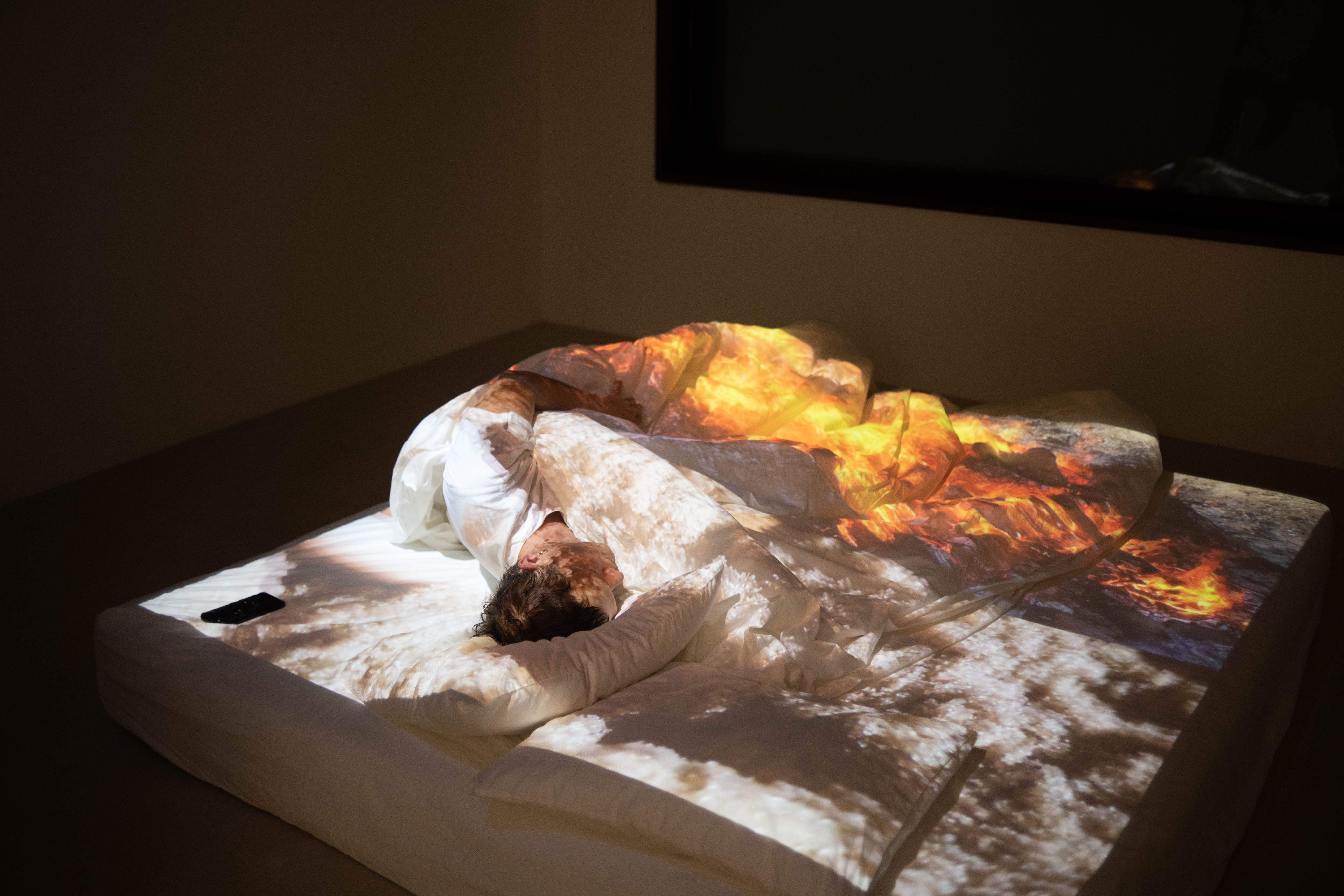
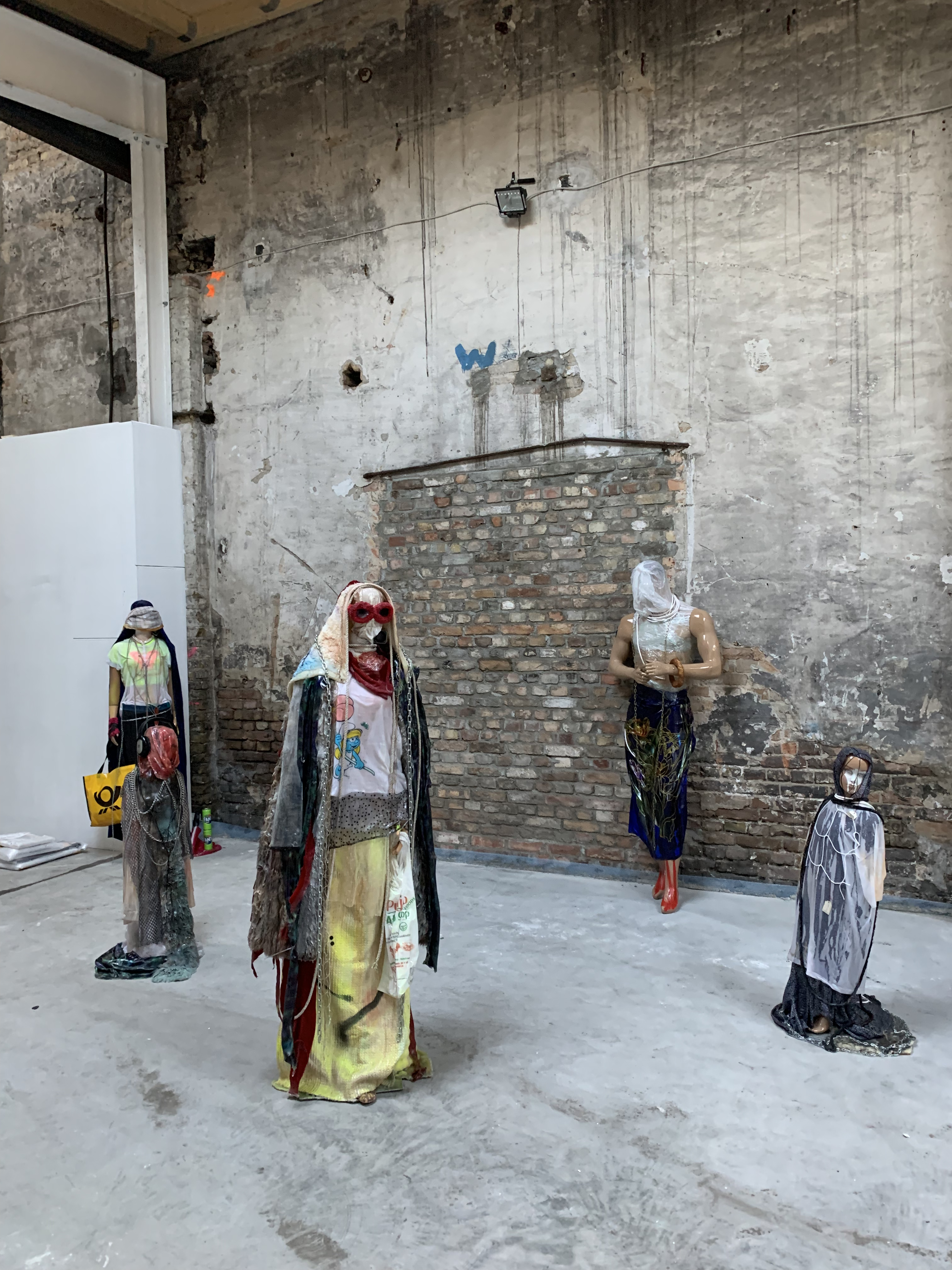

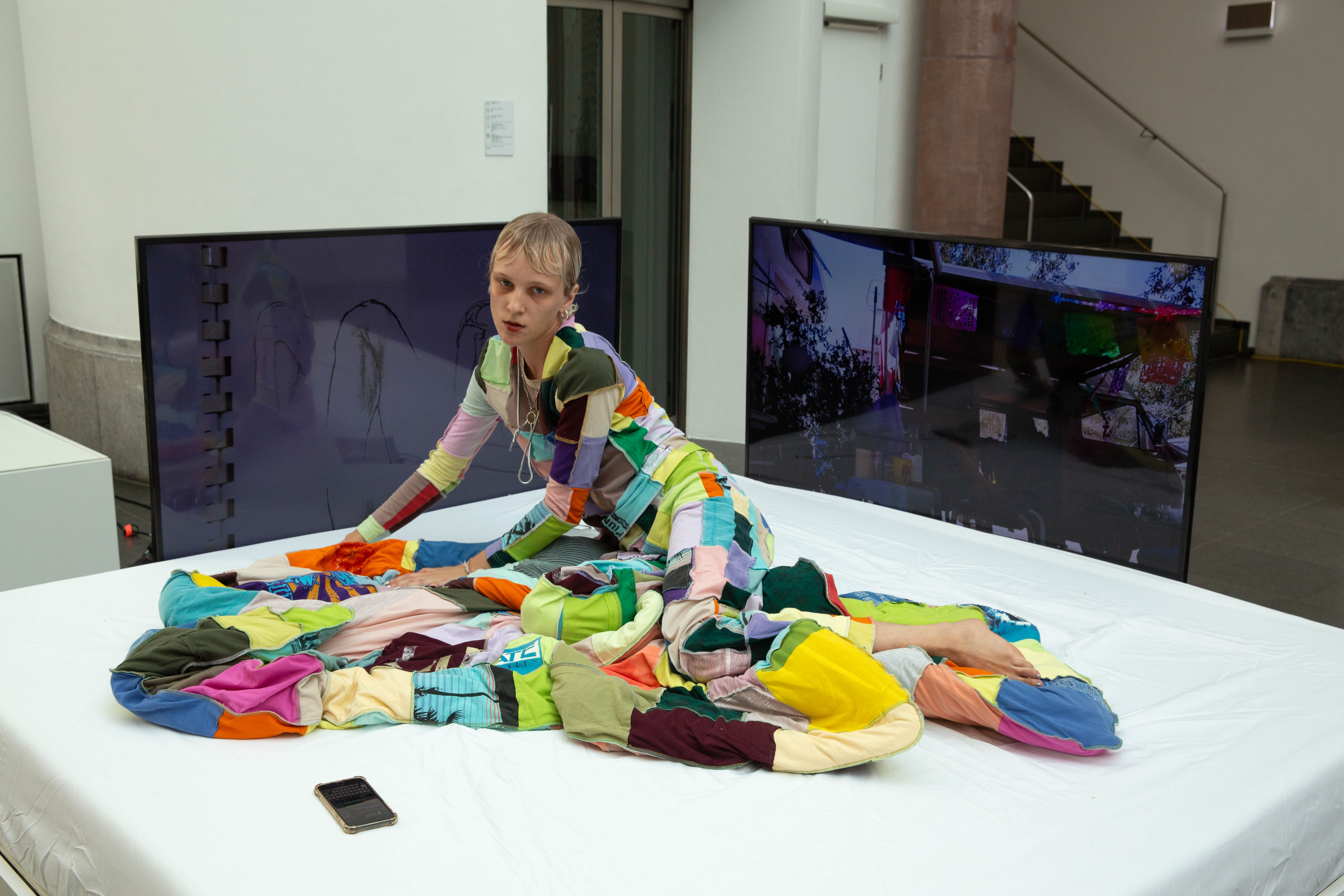

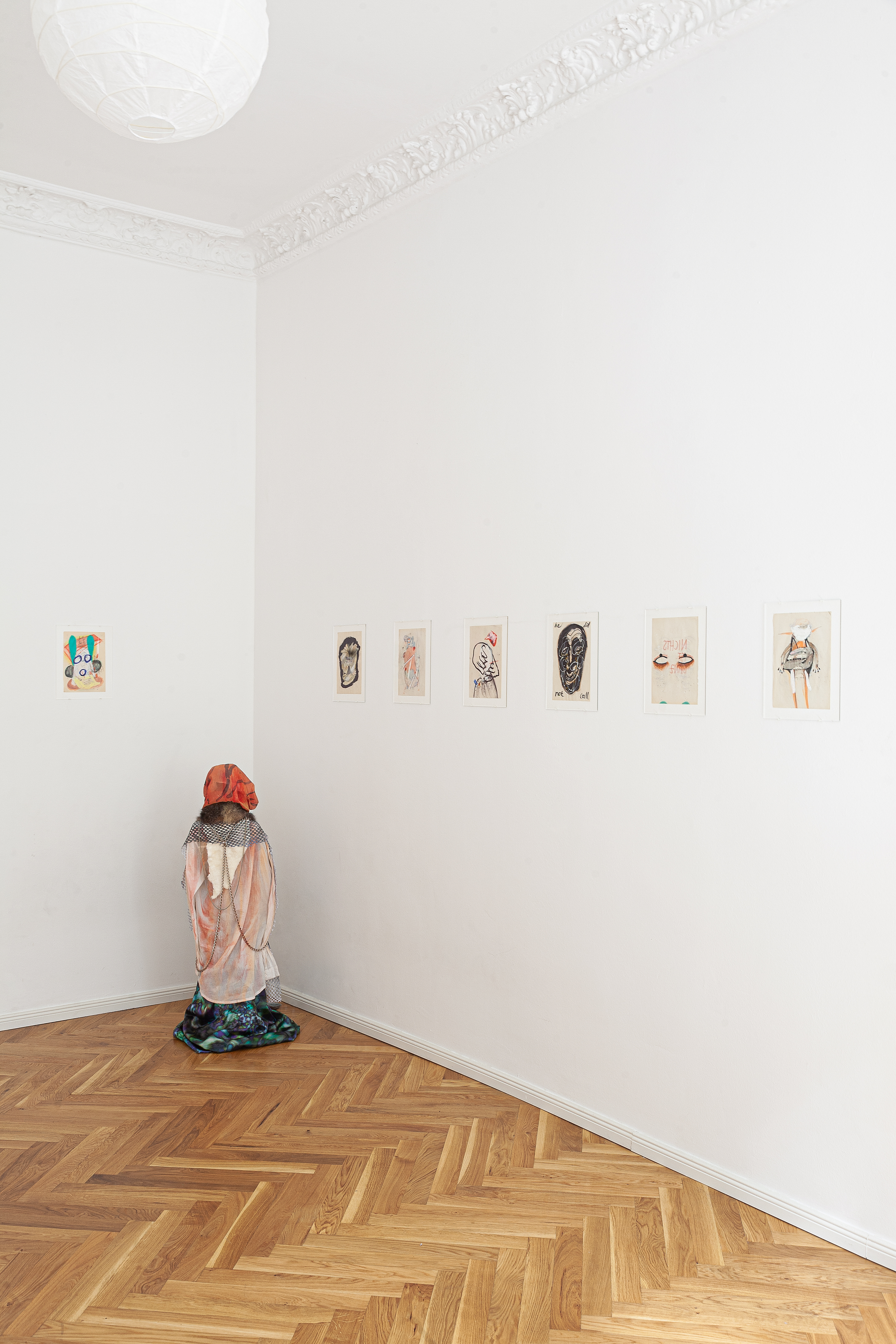
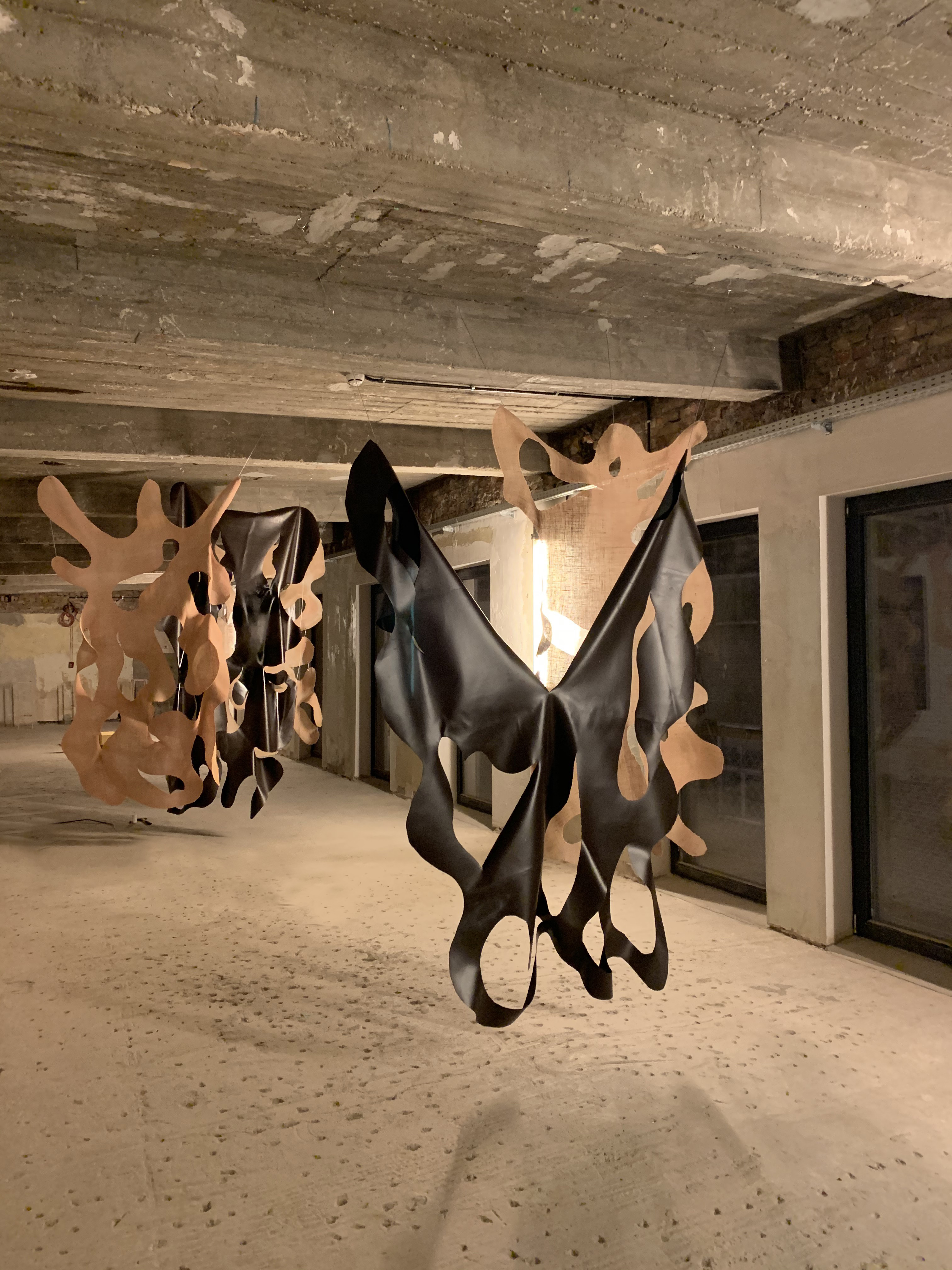
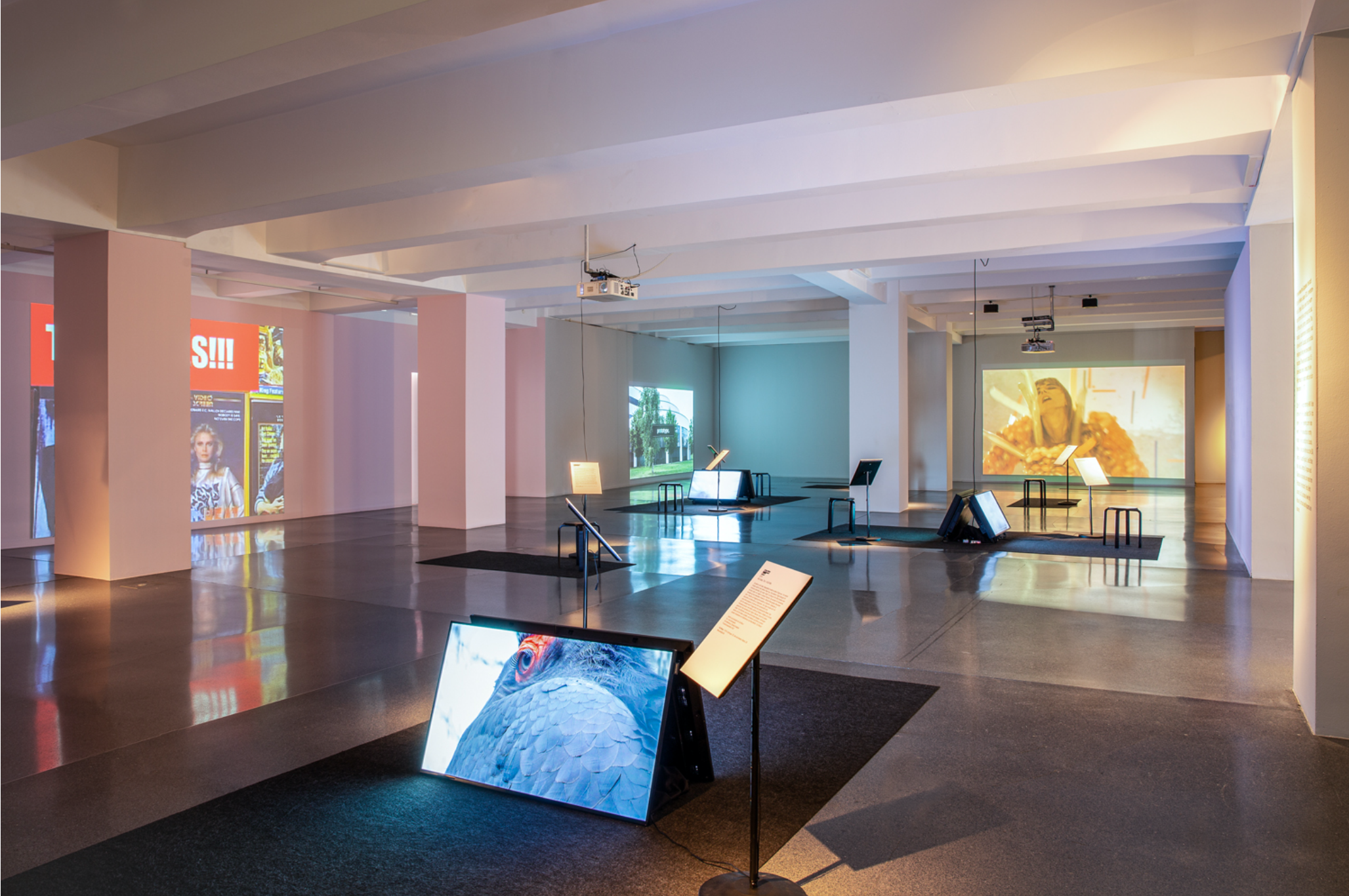
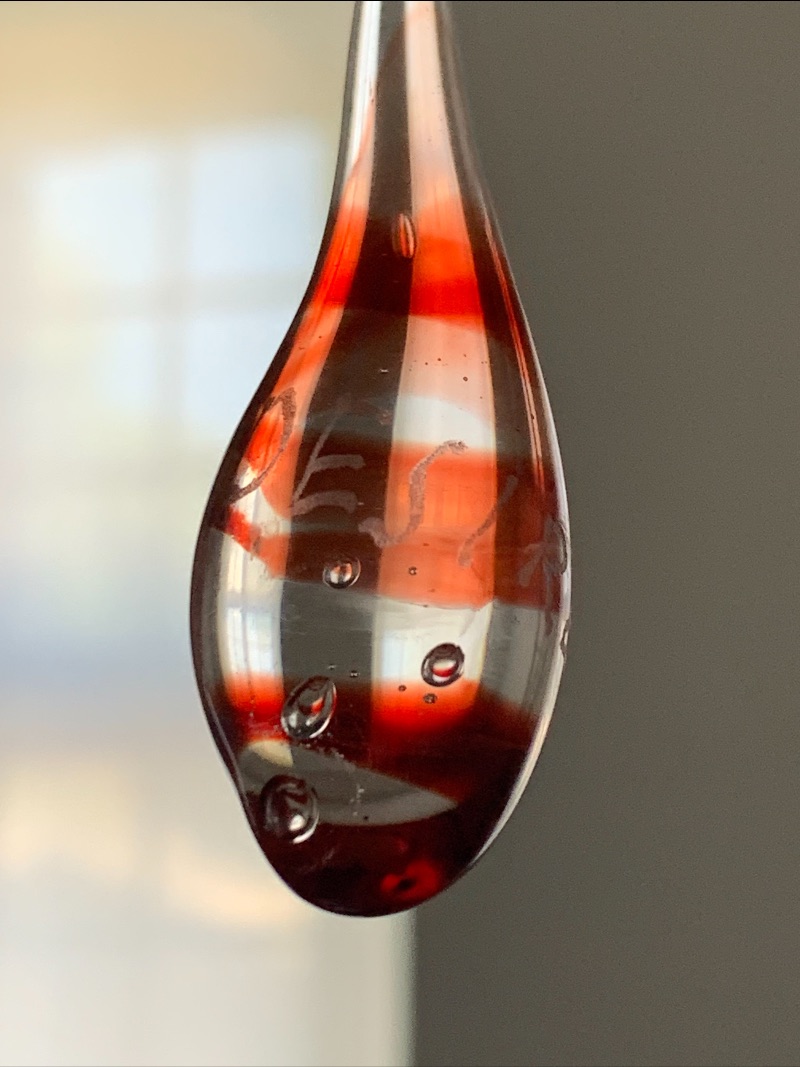
definitively_Goeben_Berlin_2020_00003.JPG)
